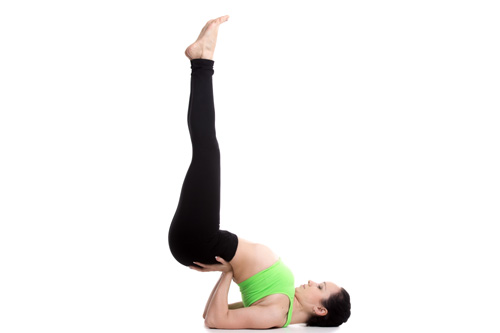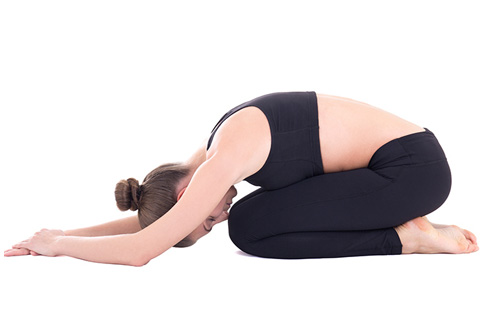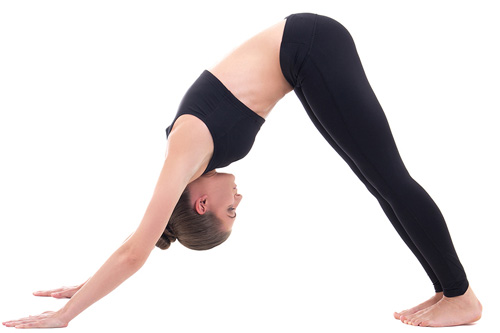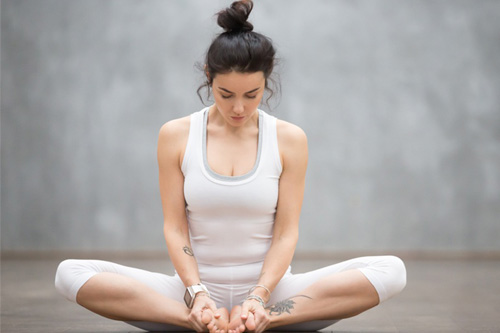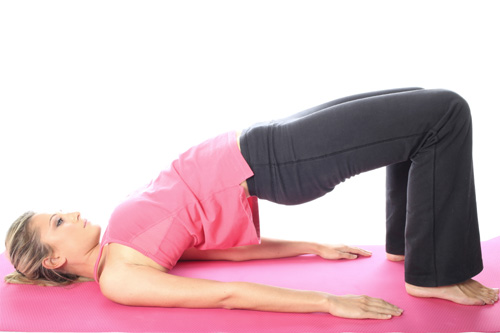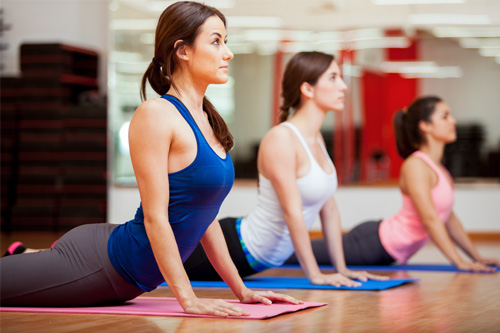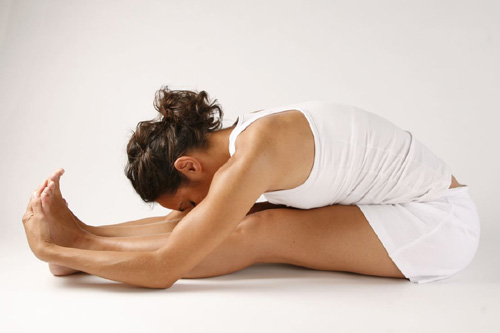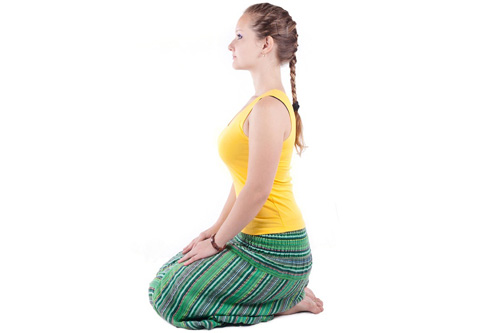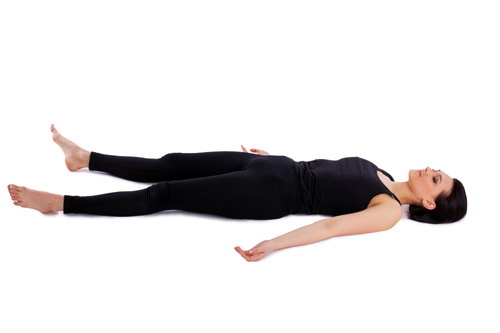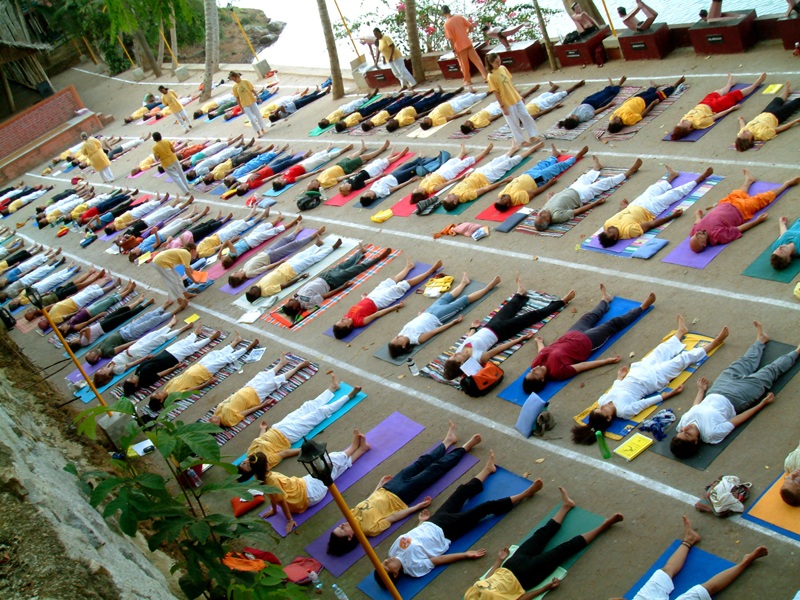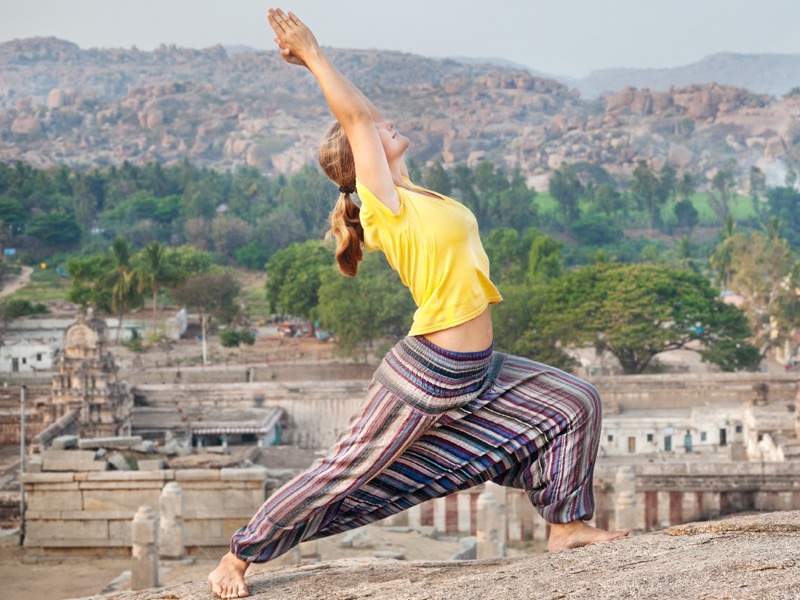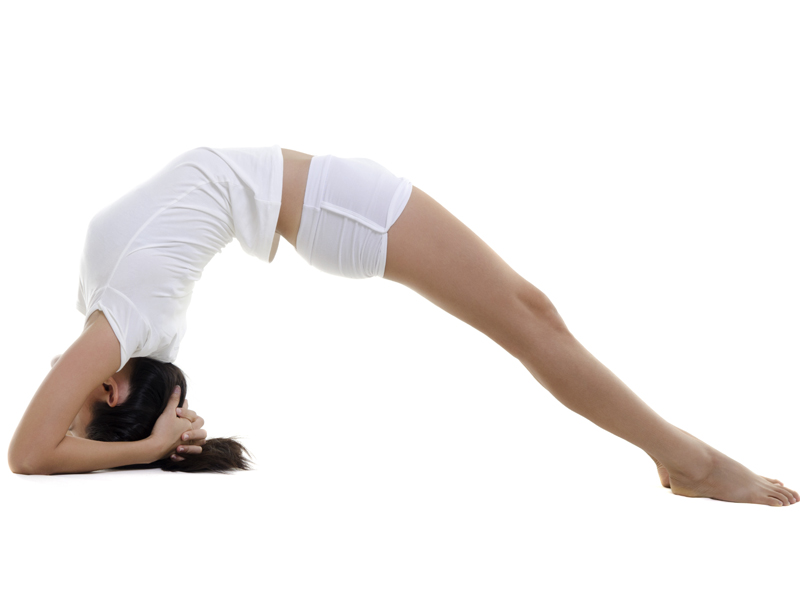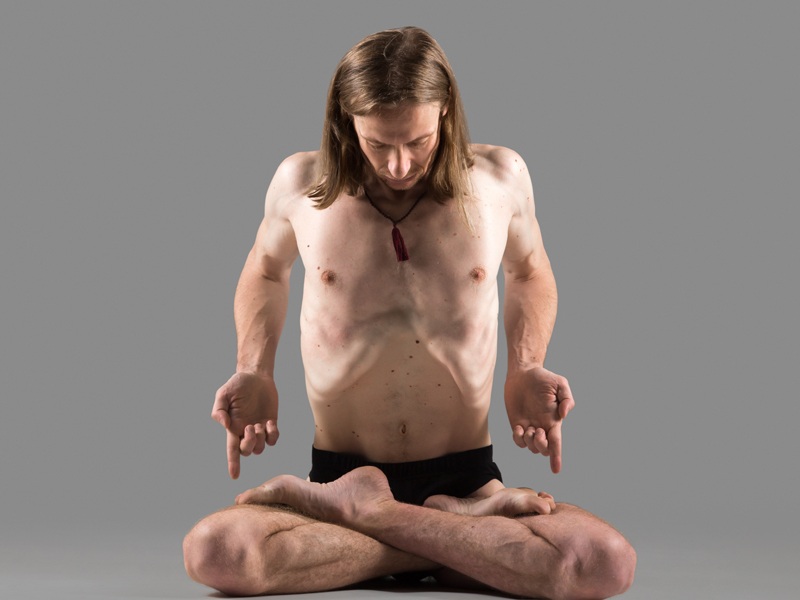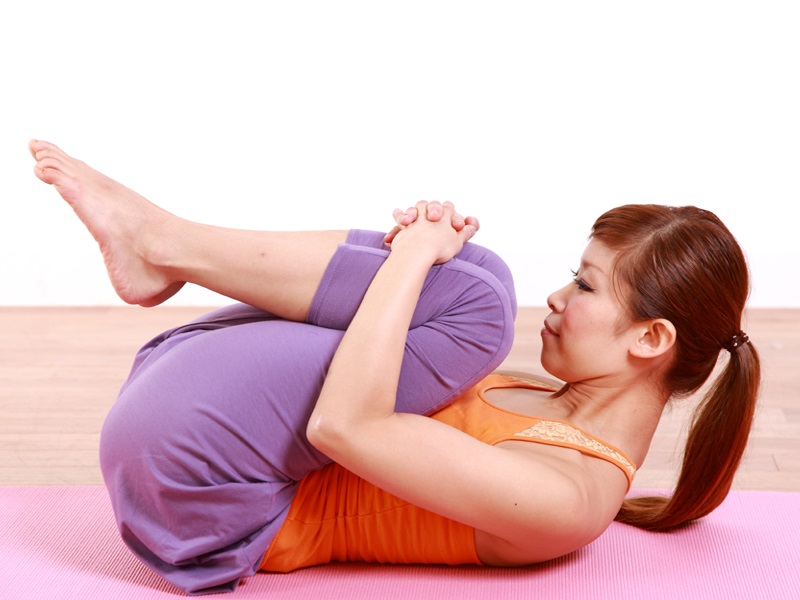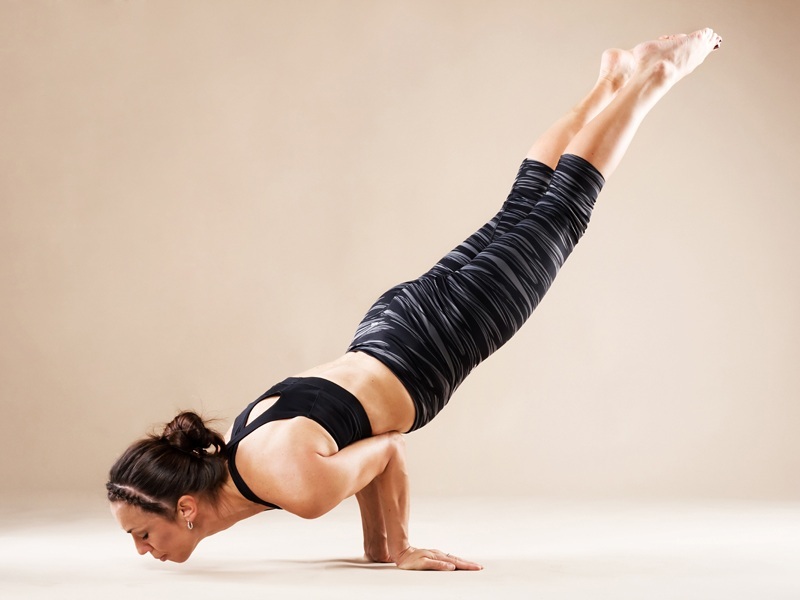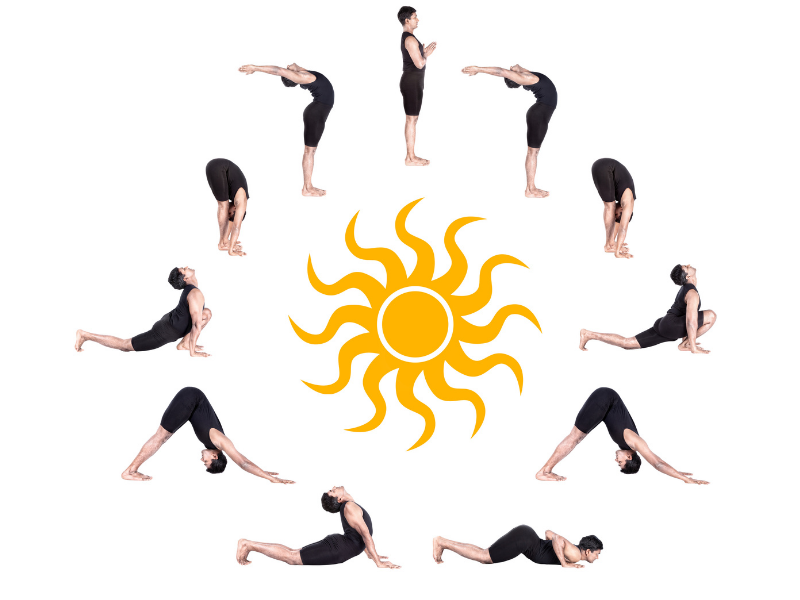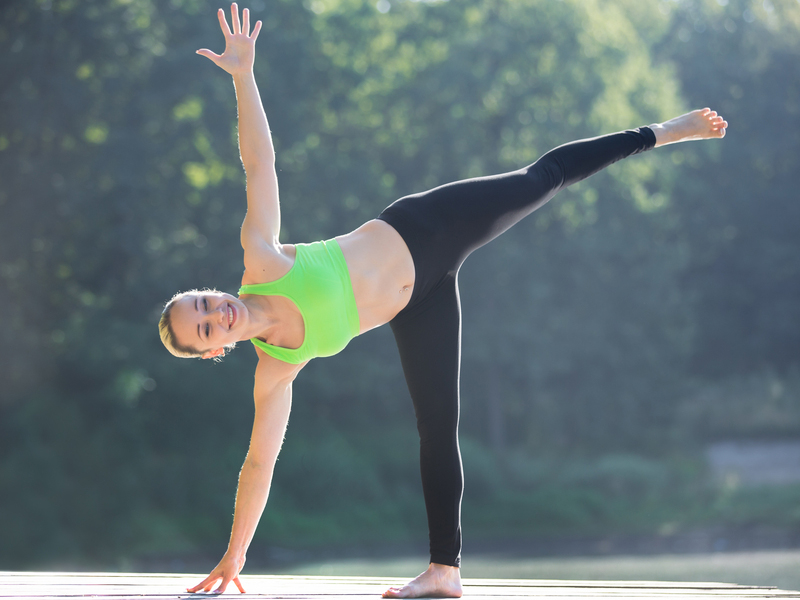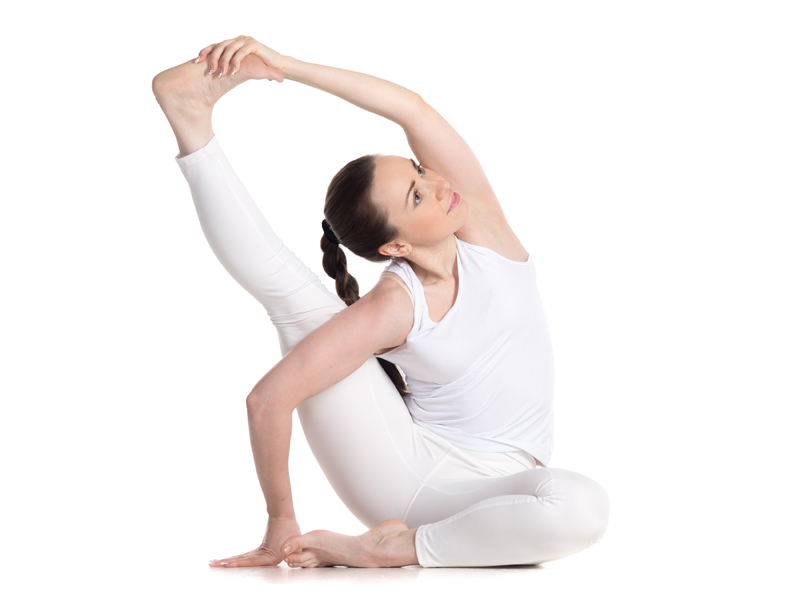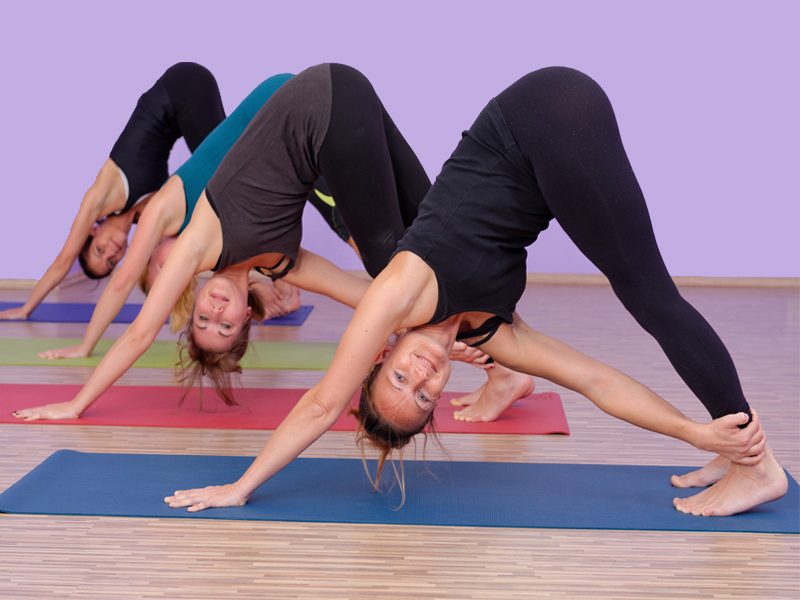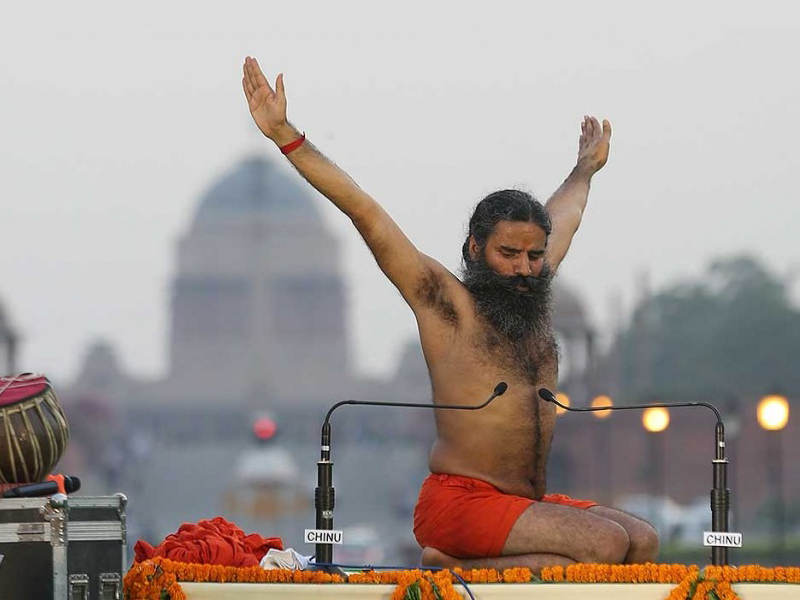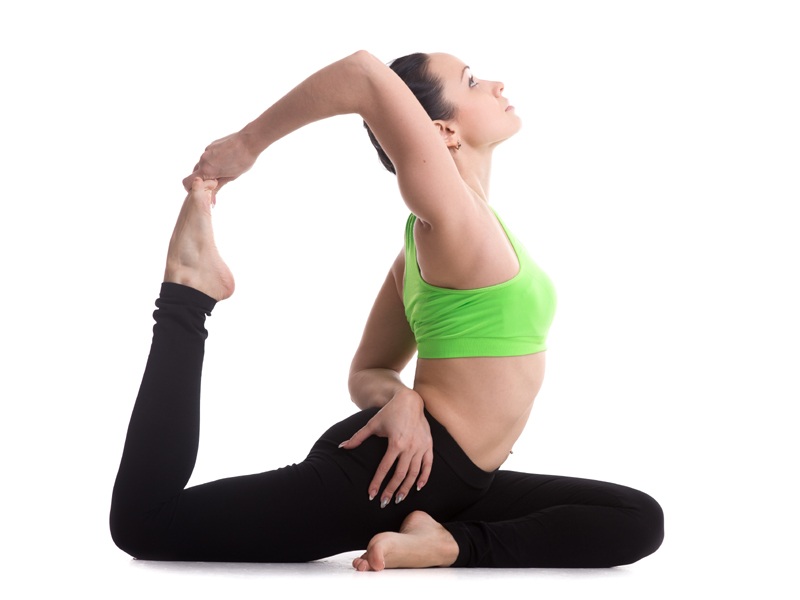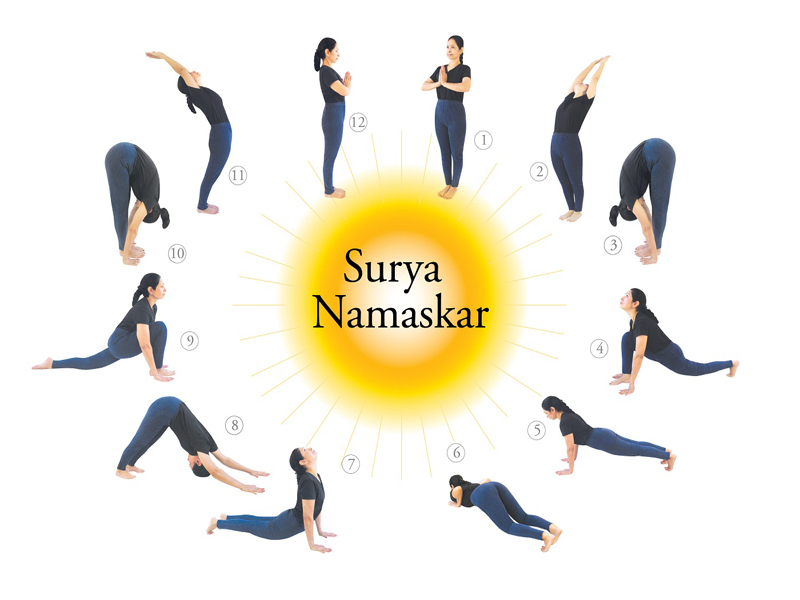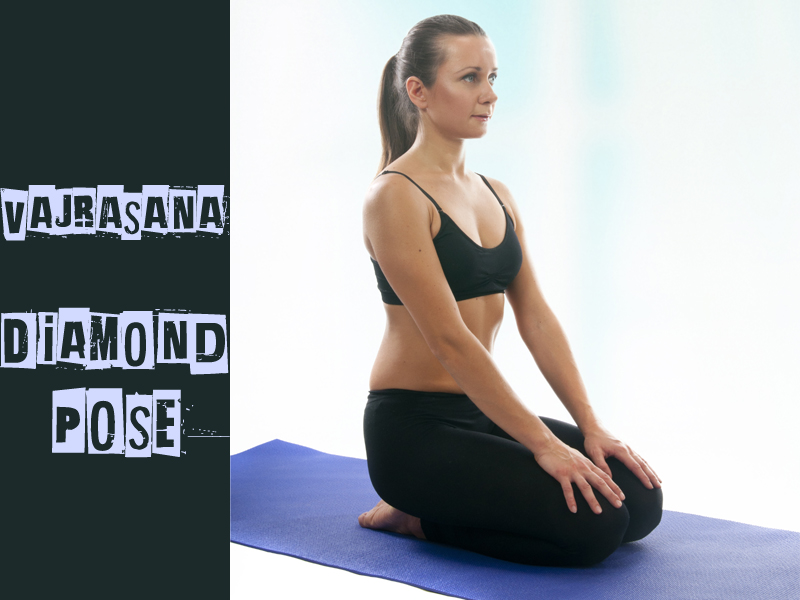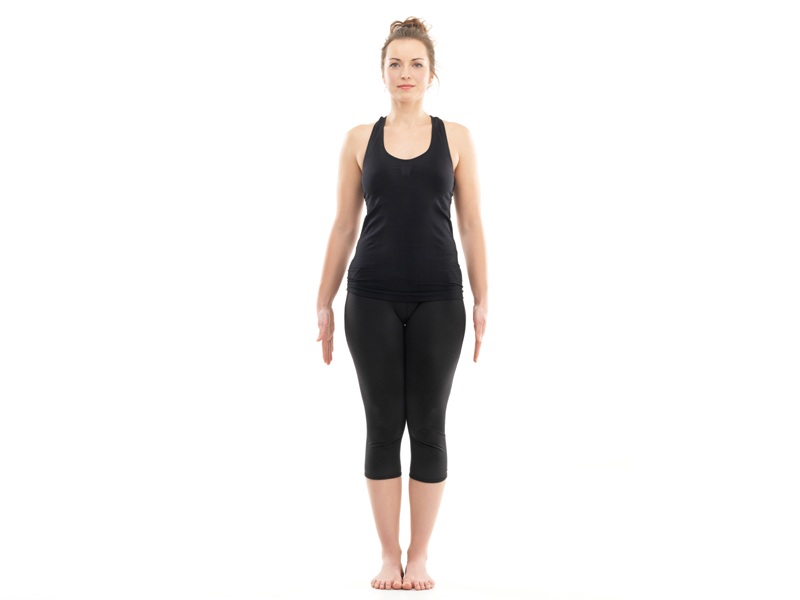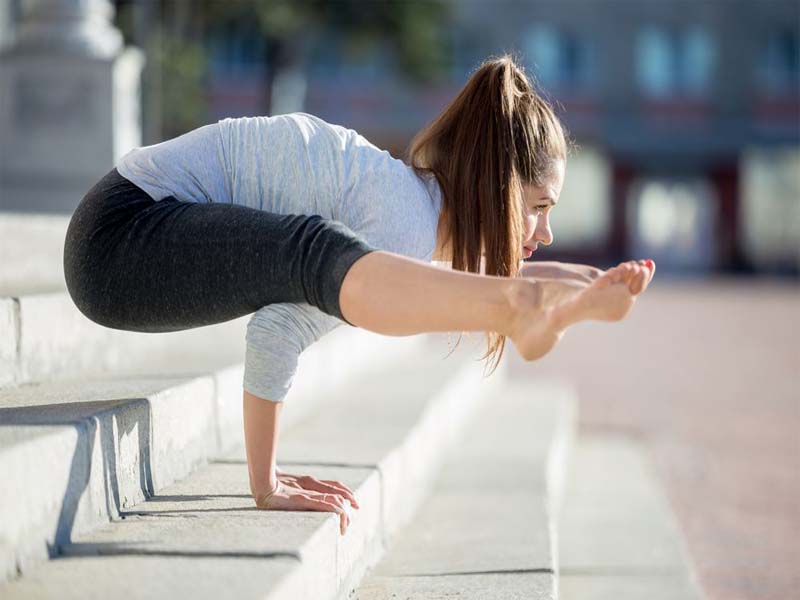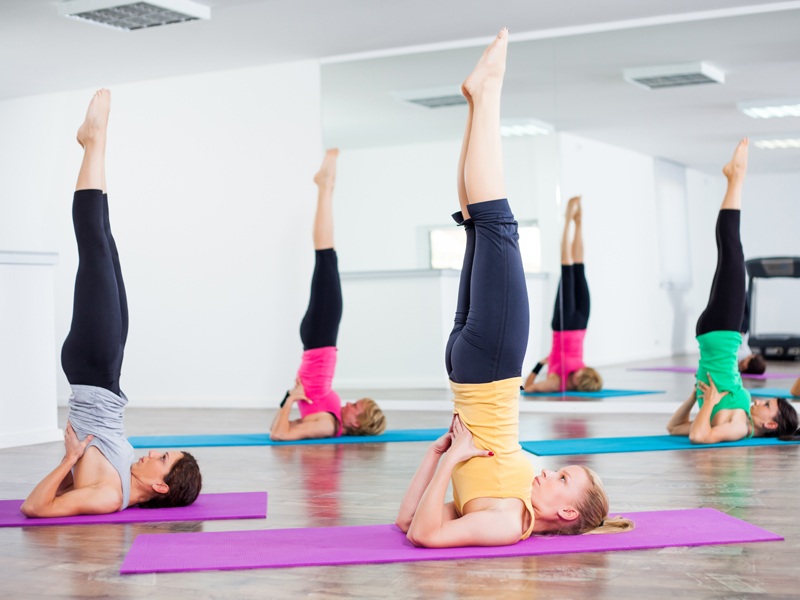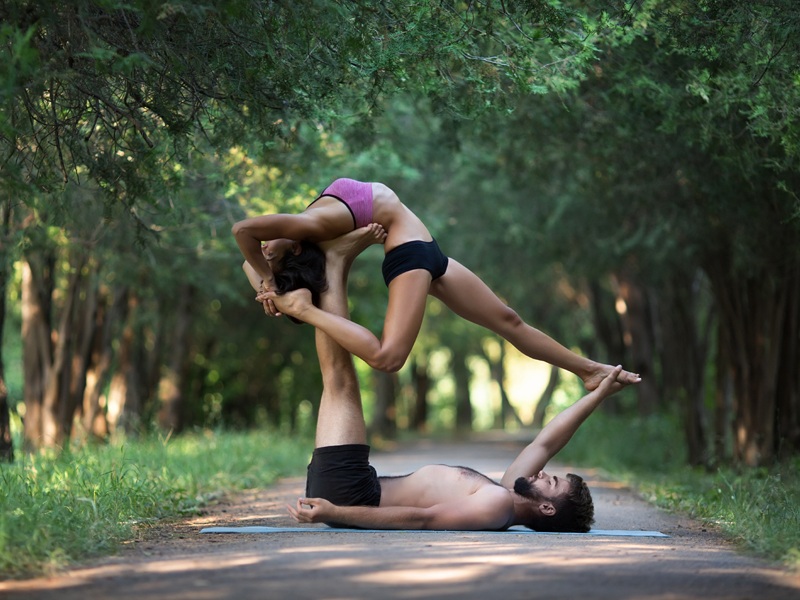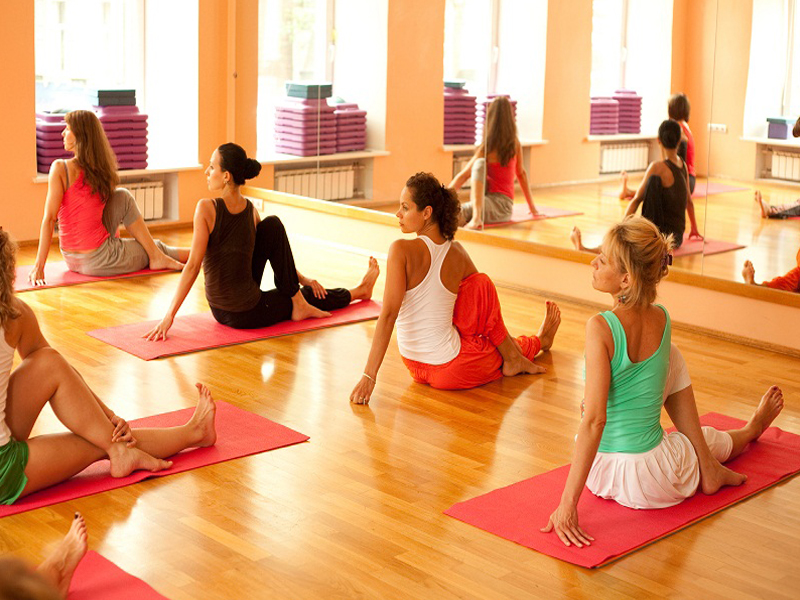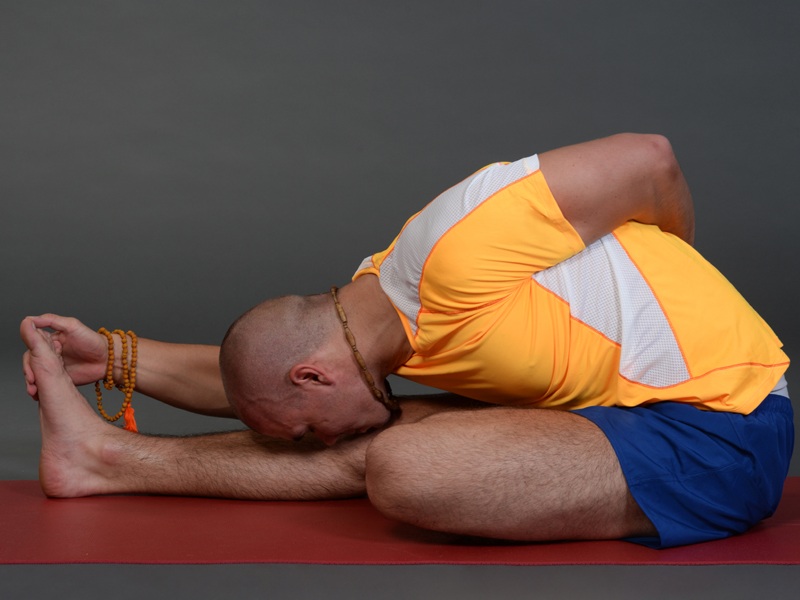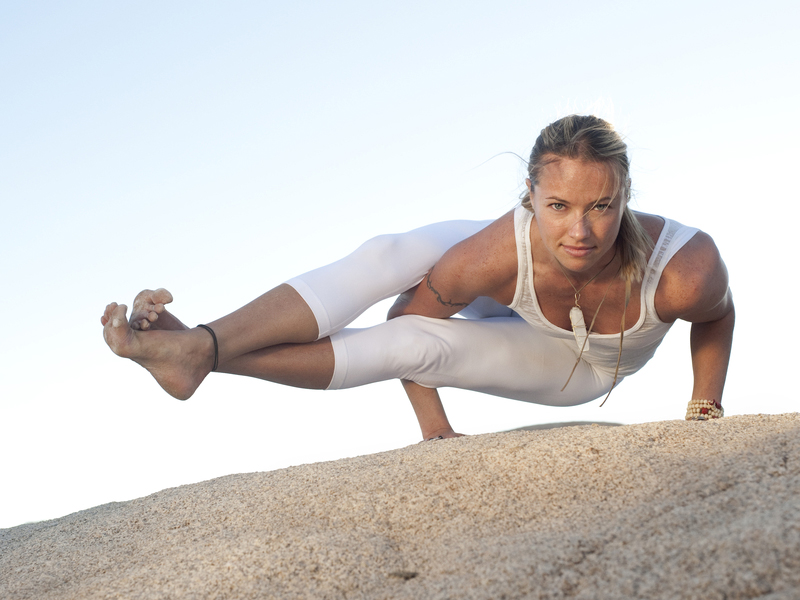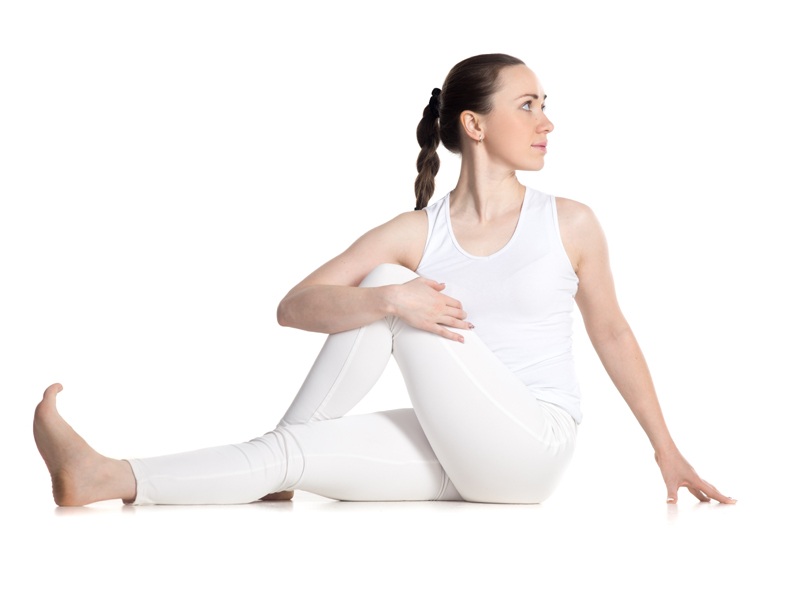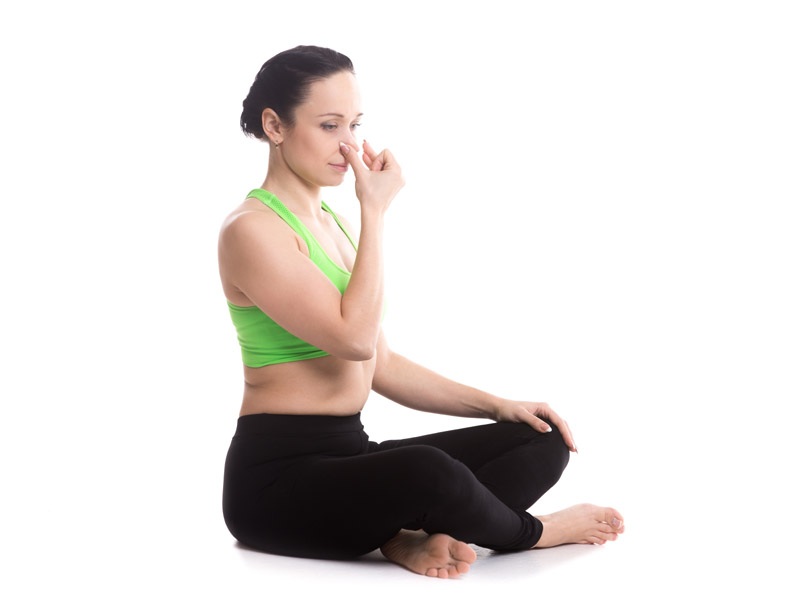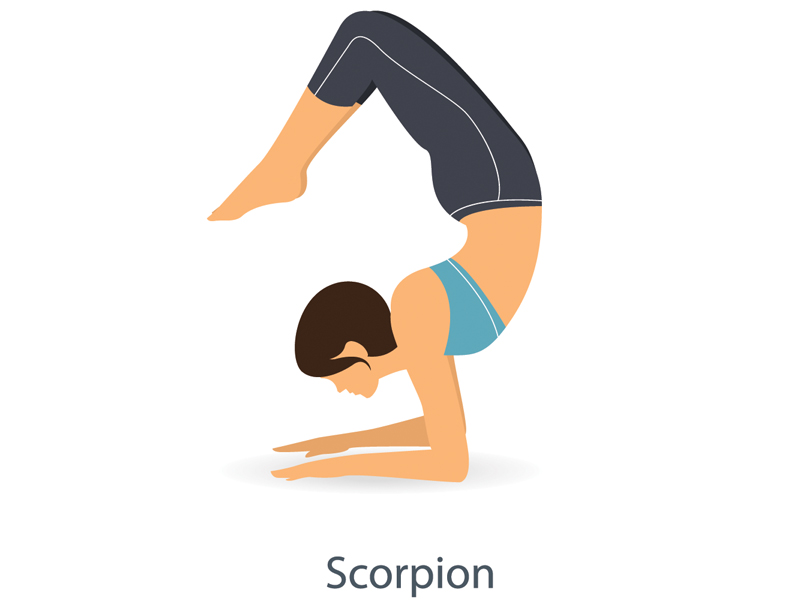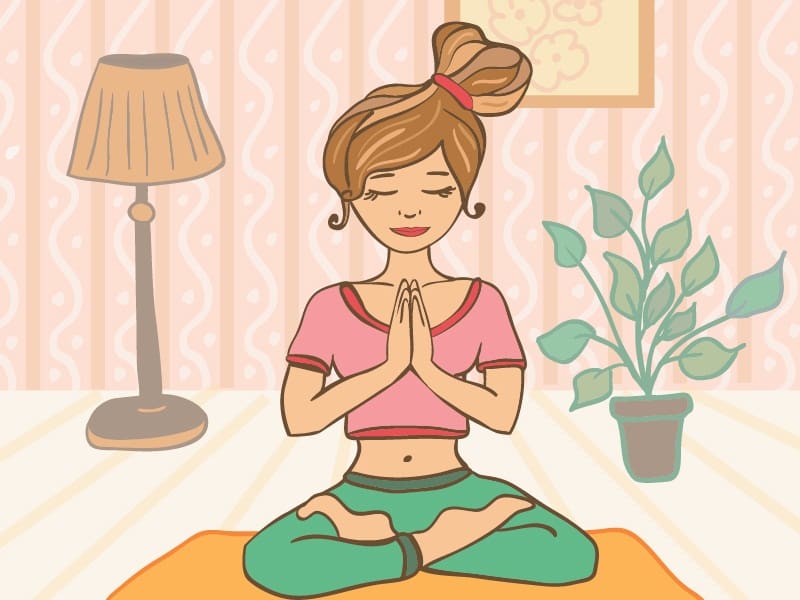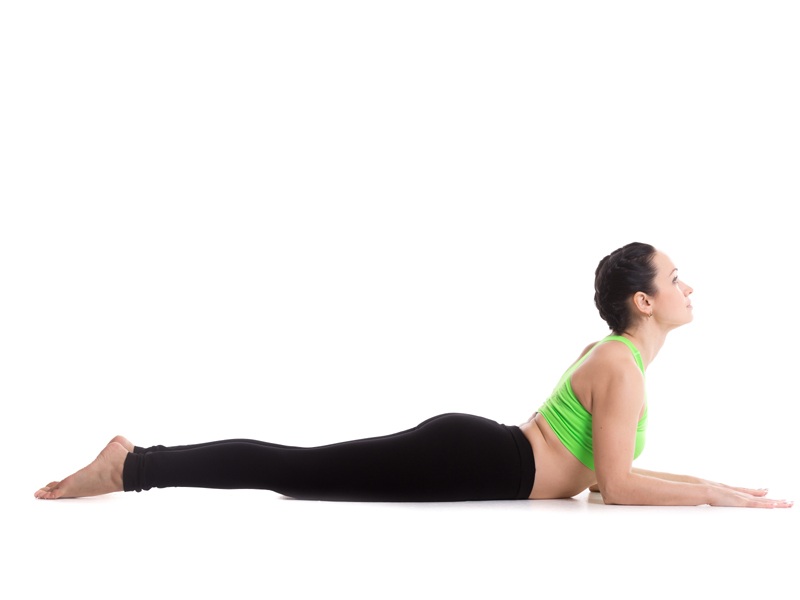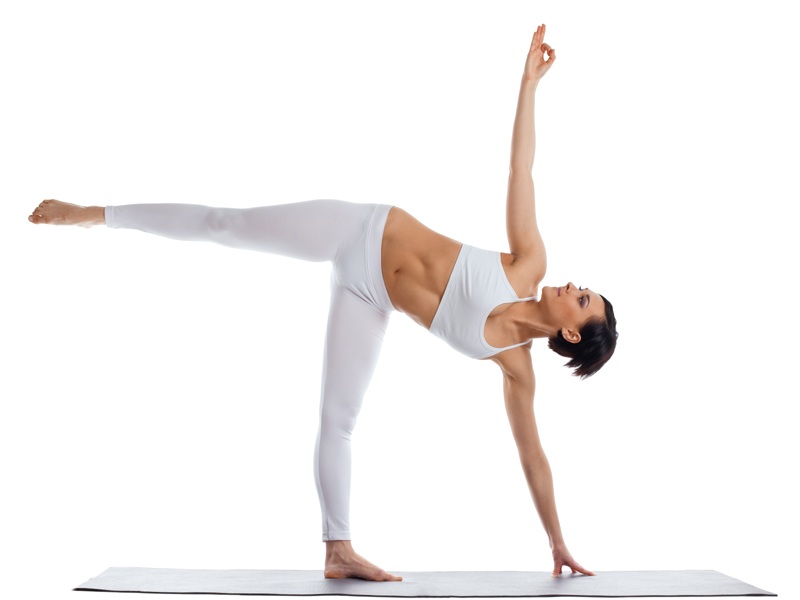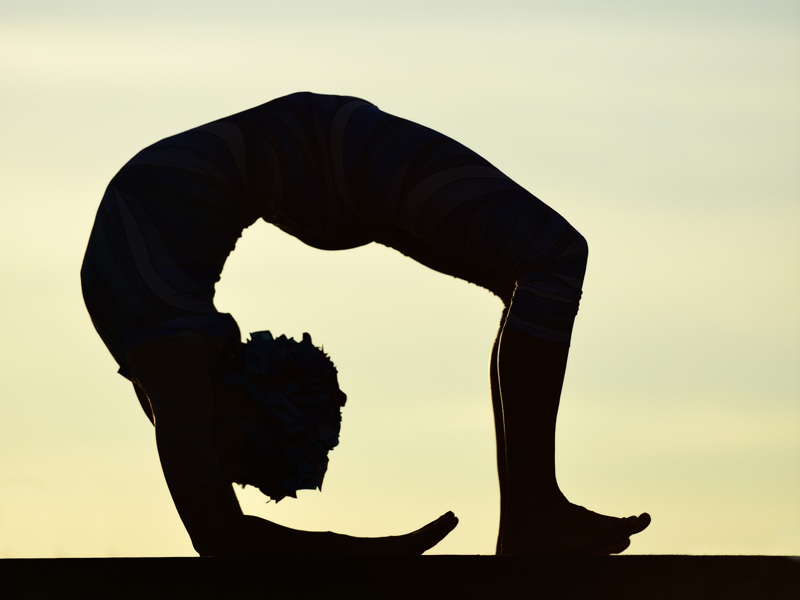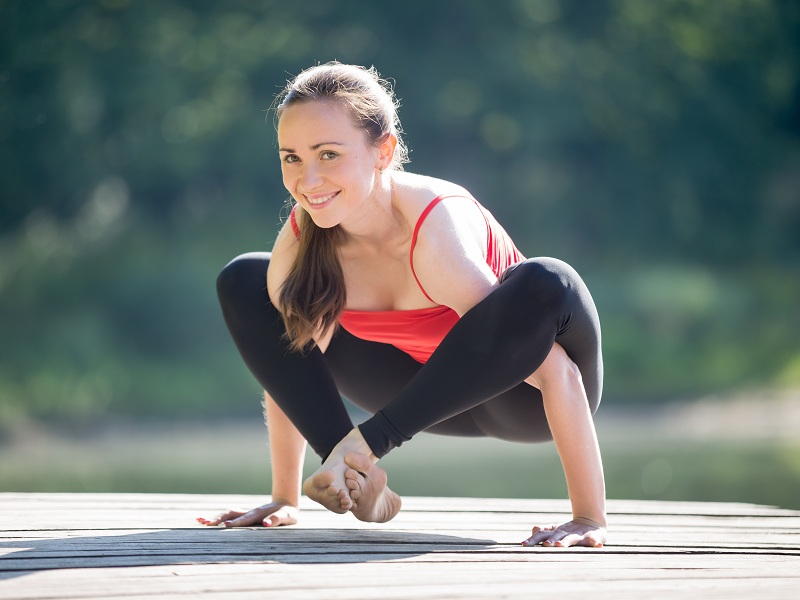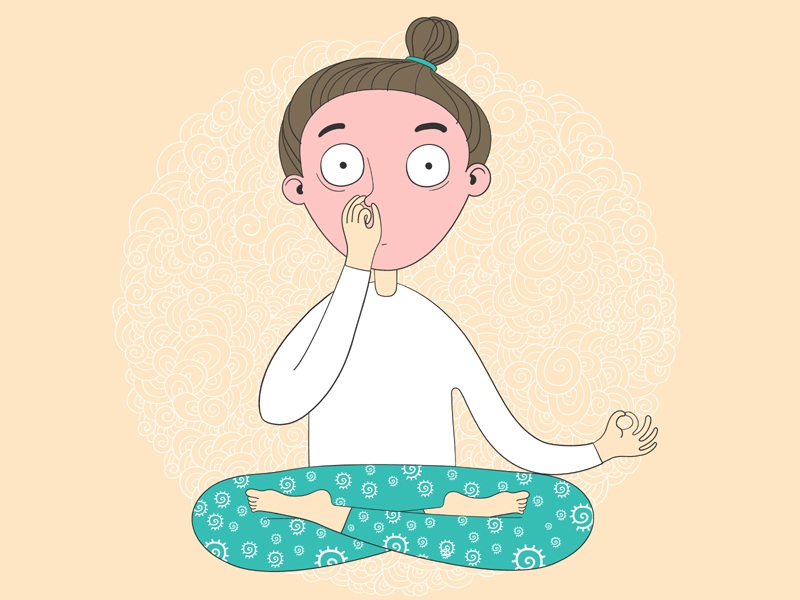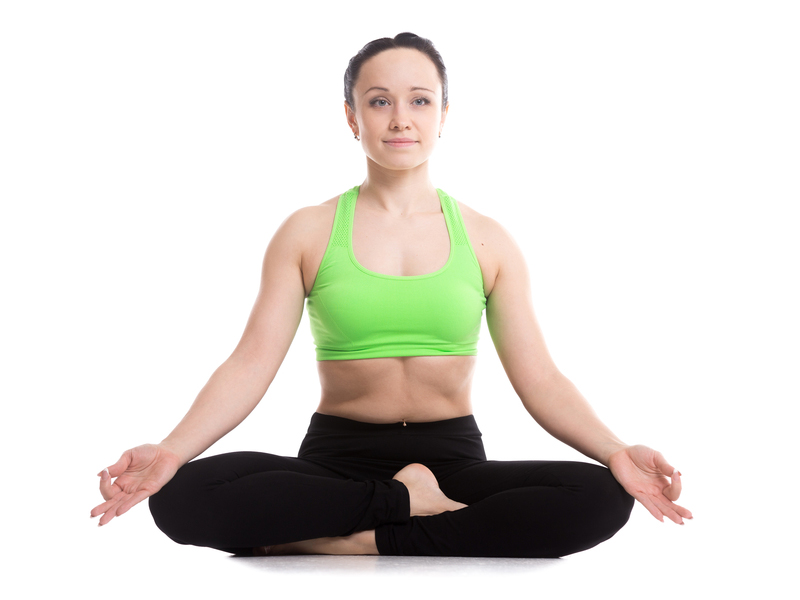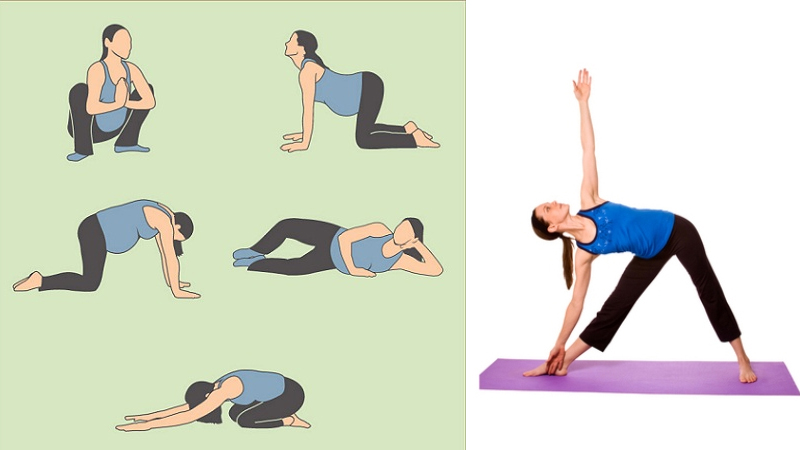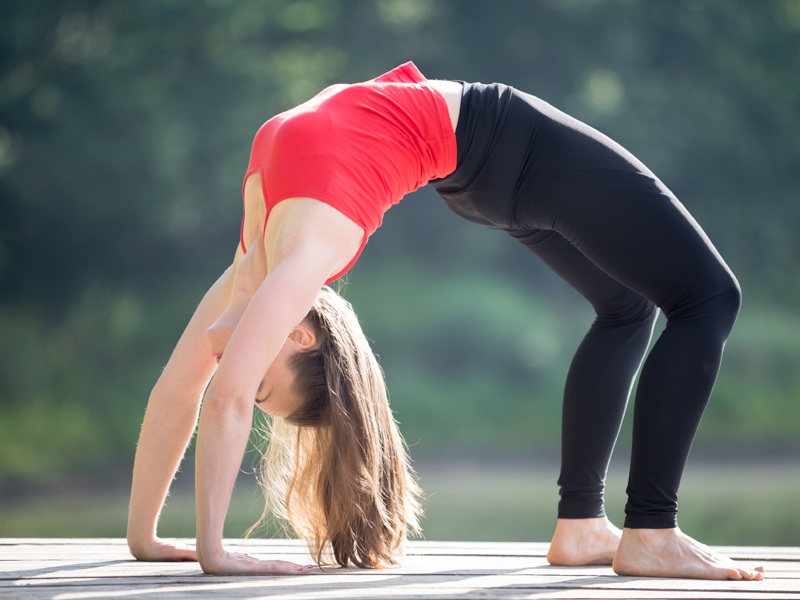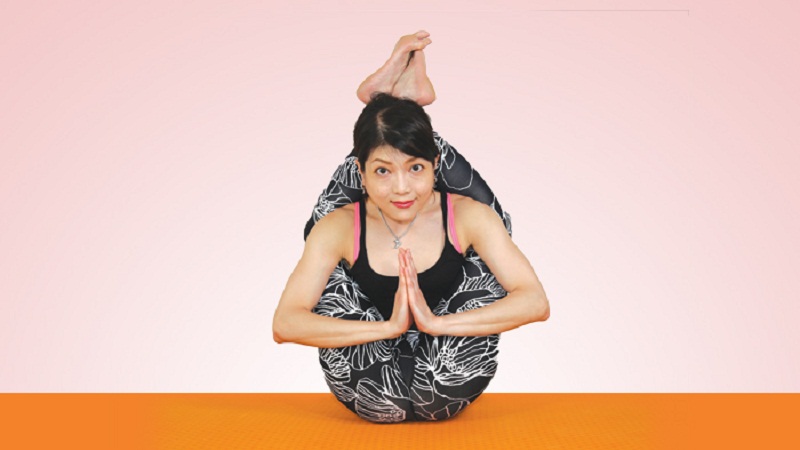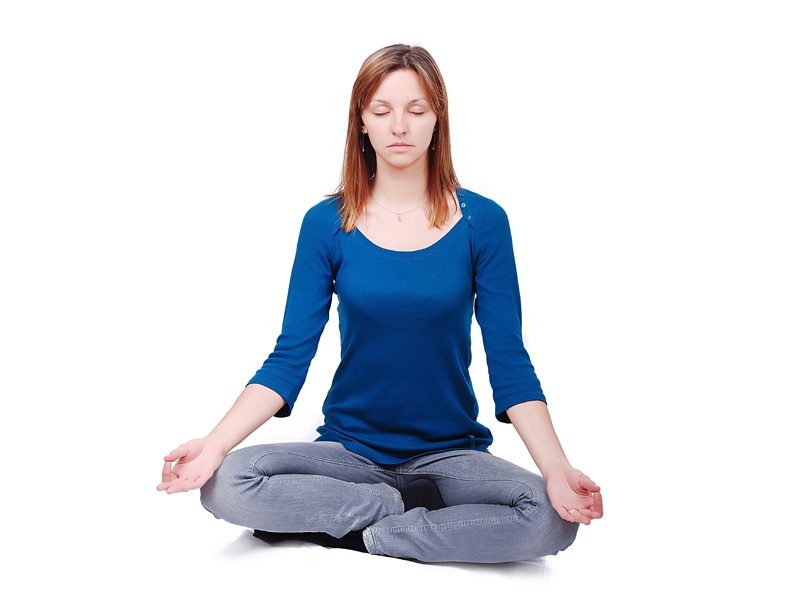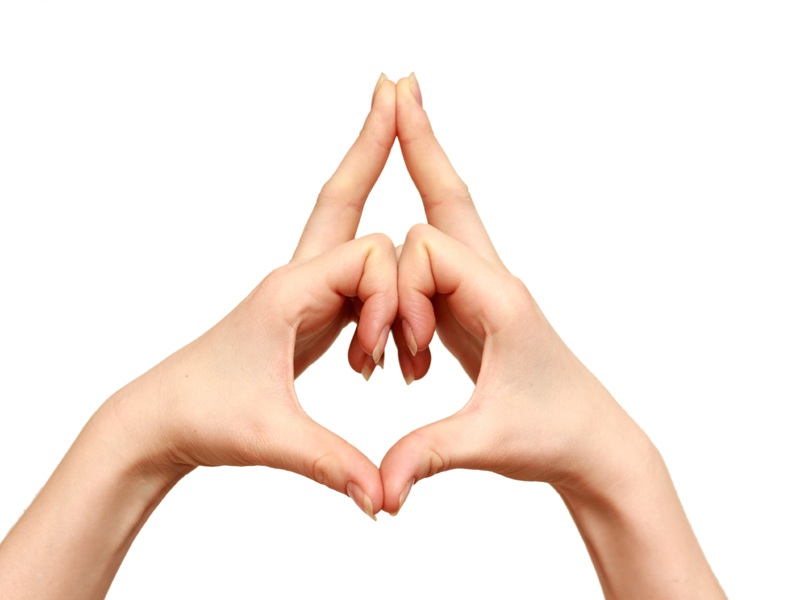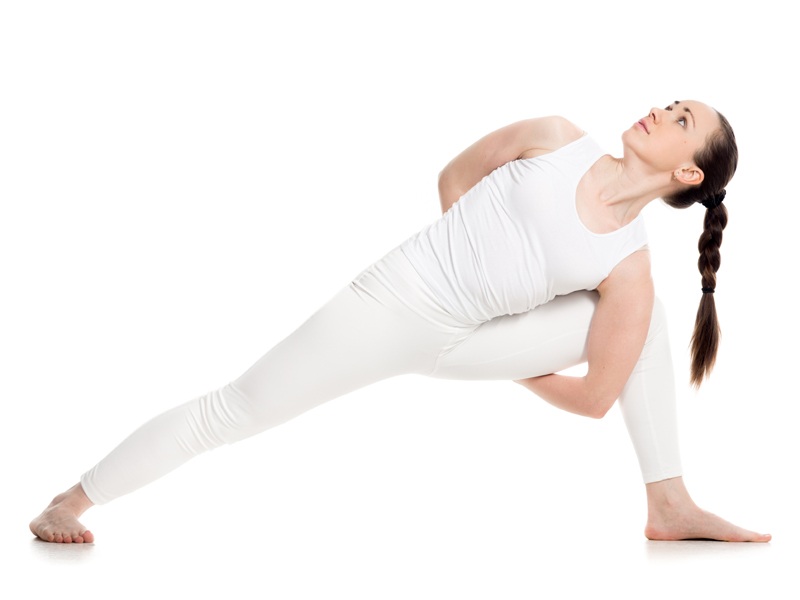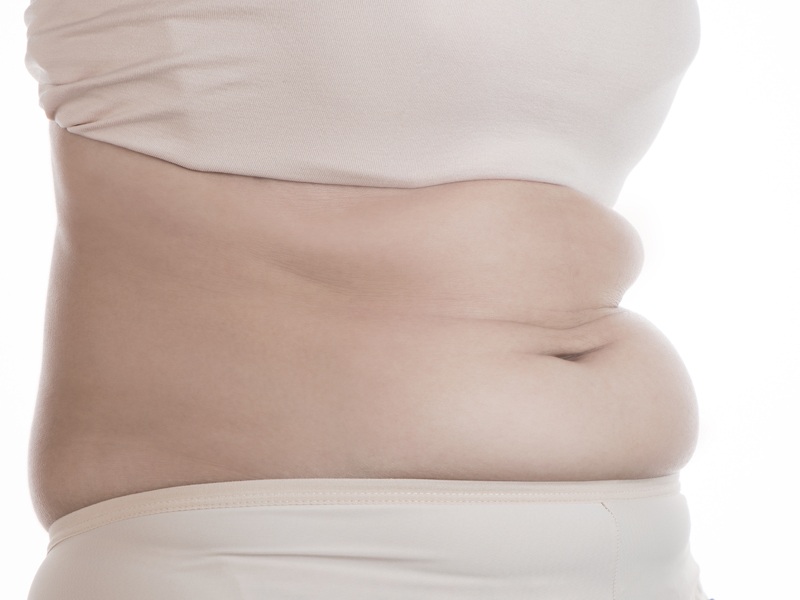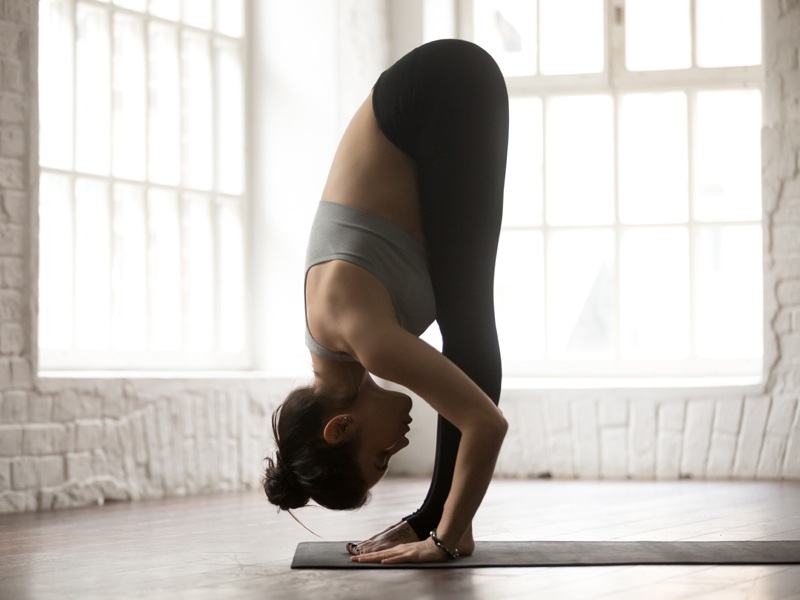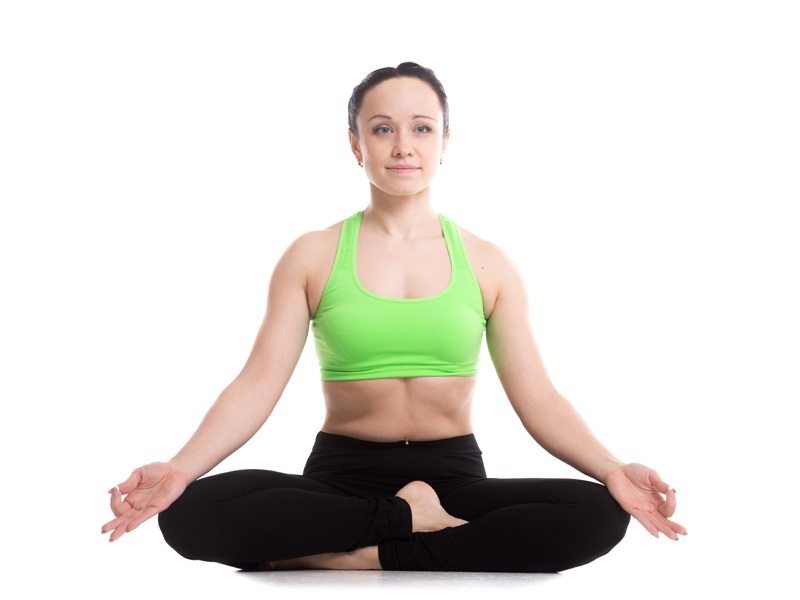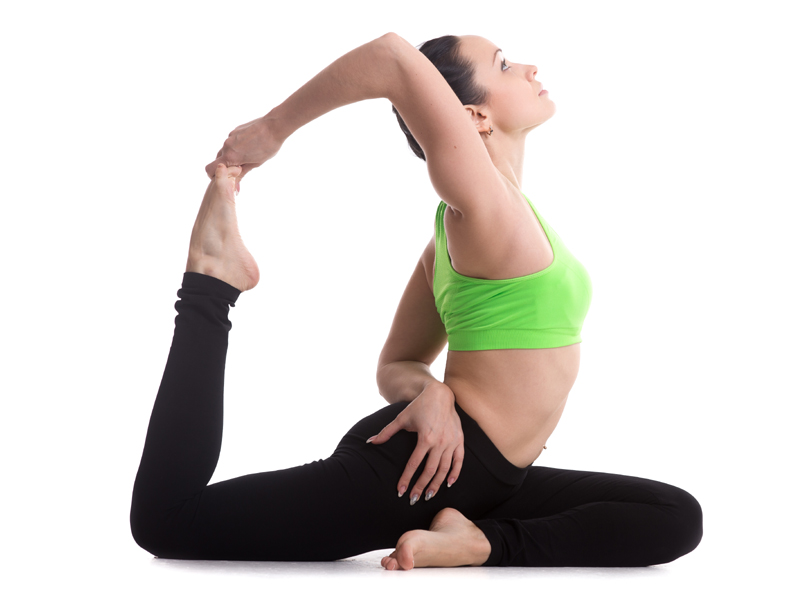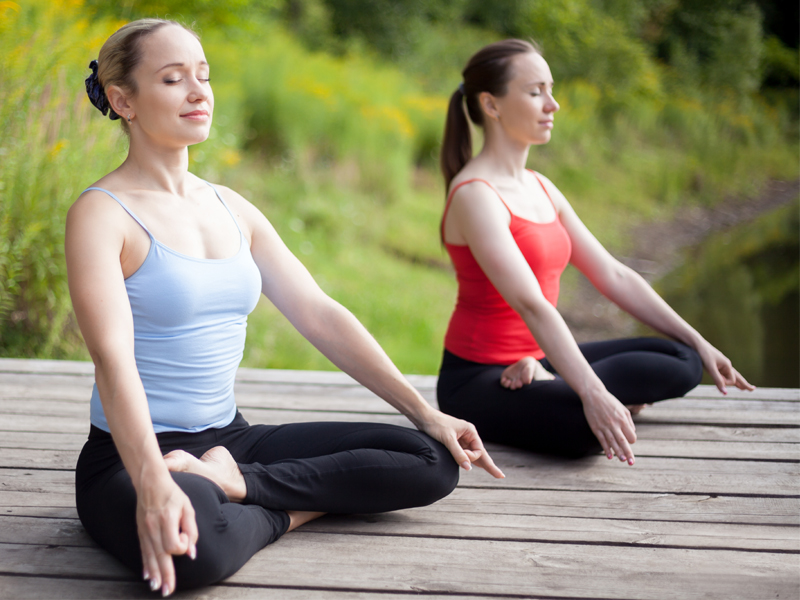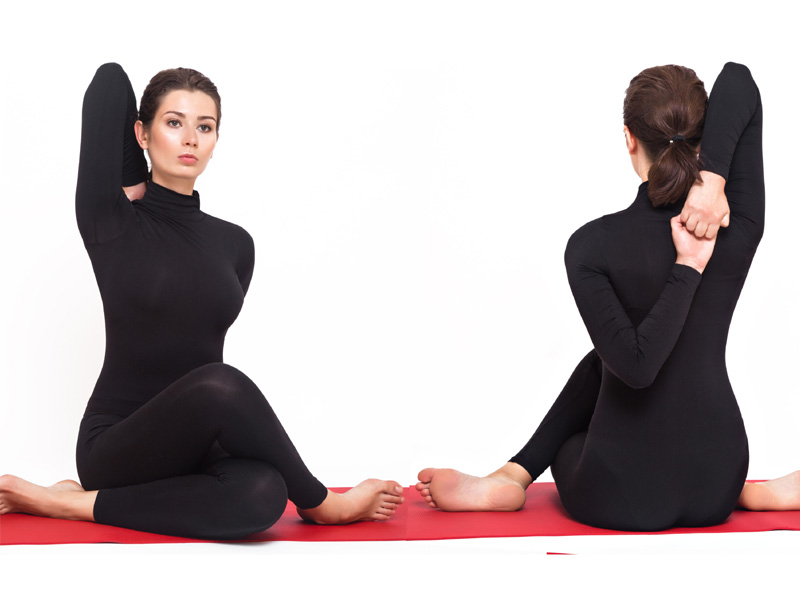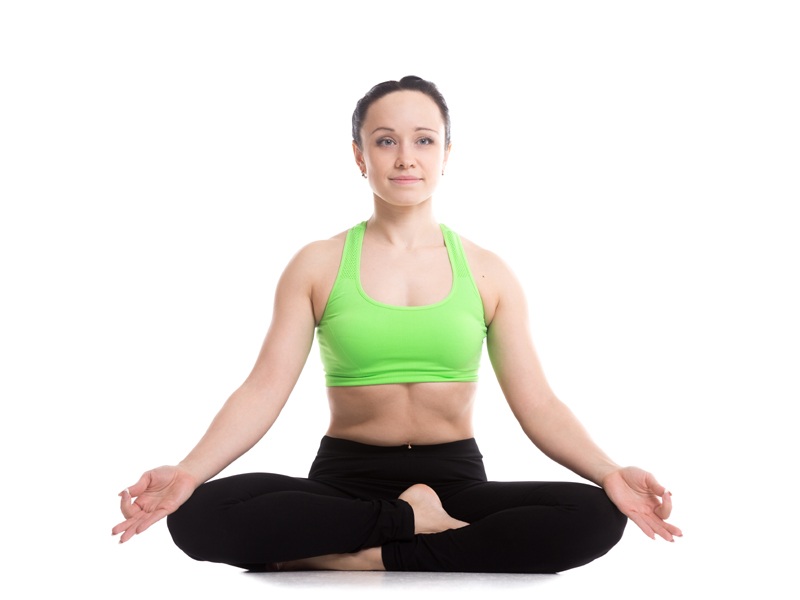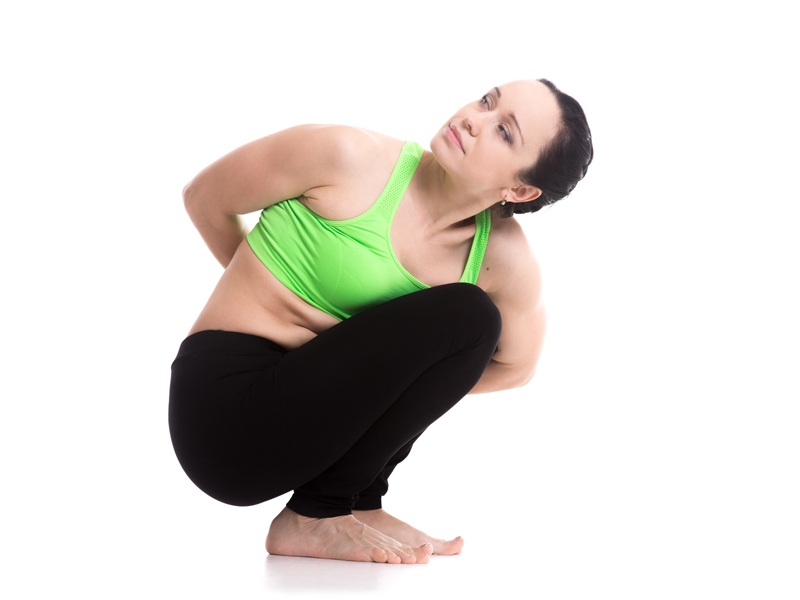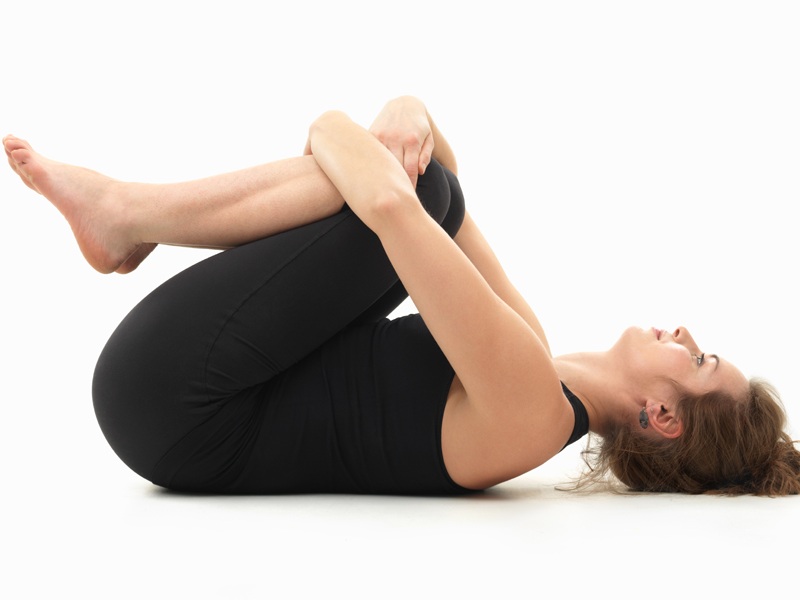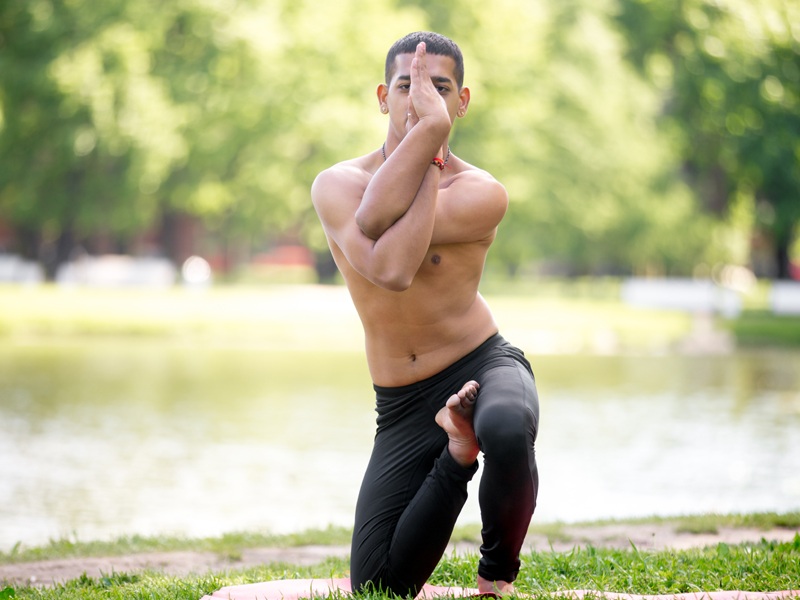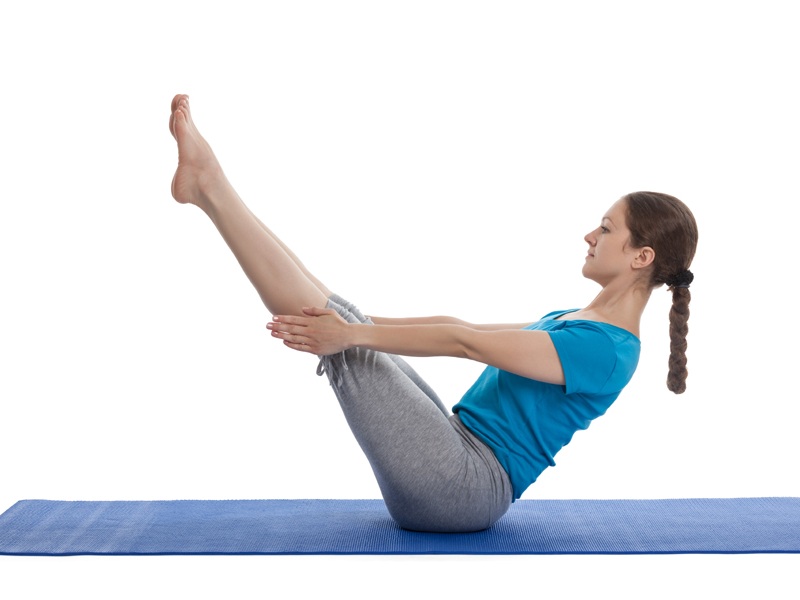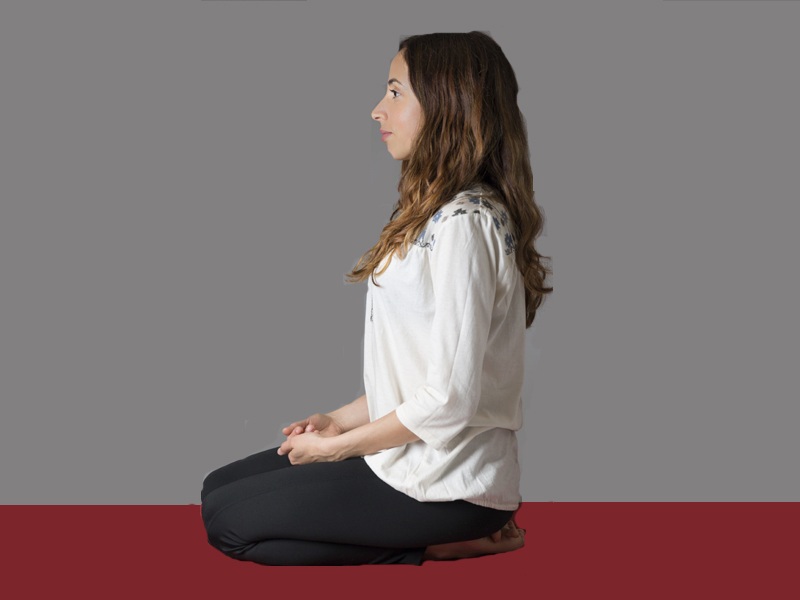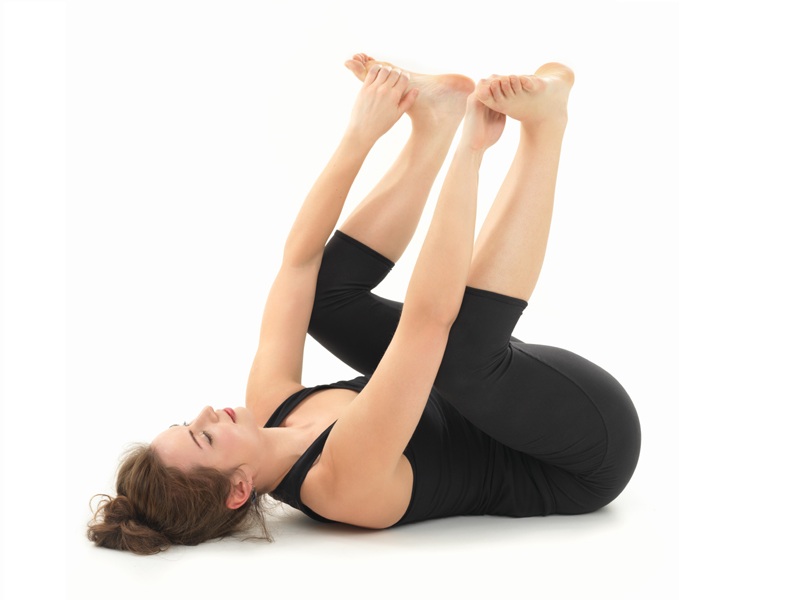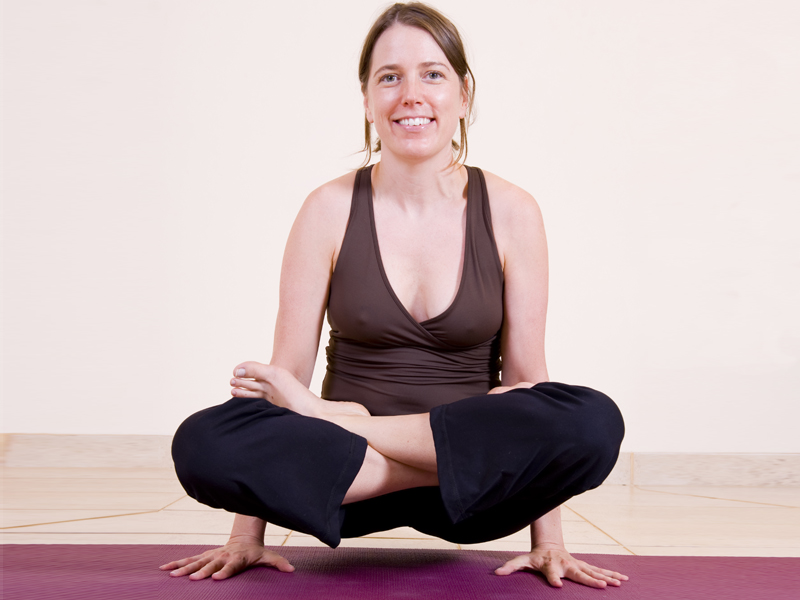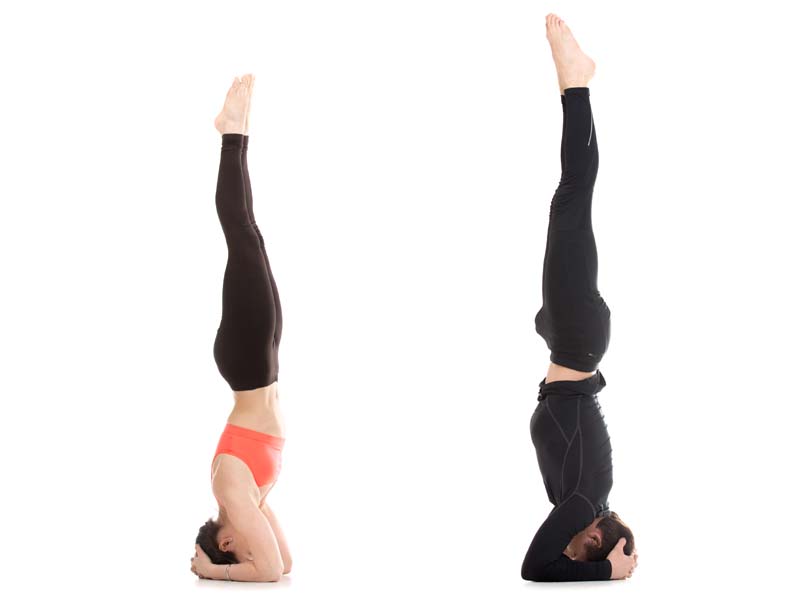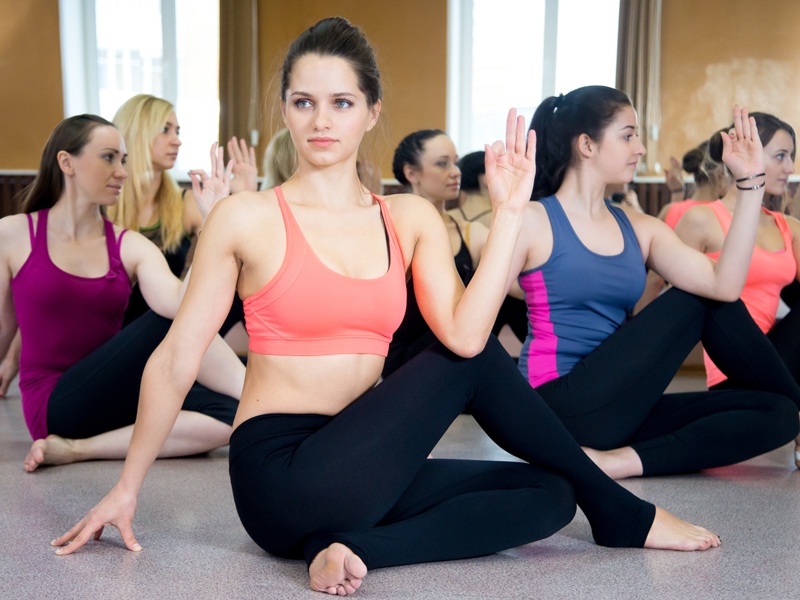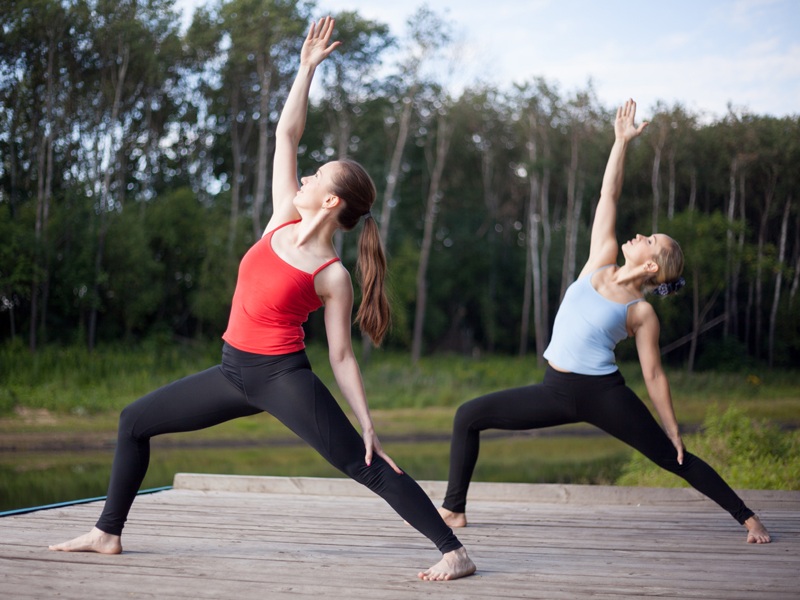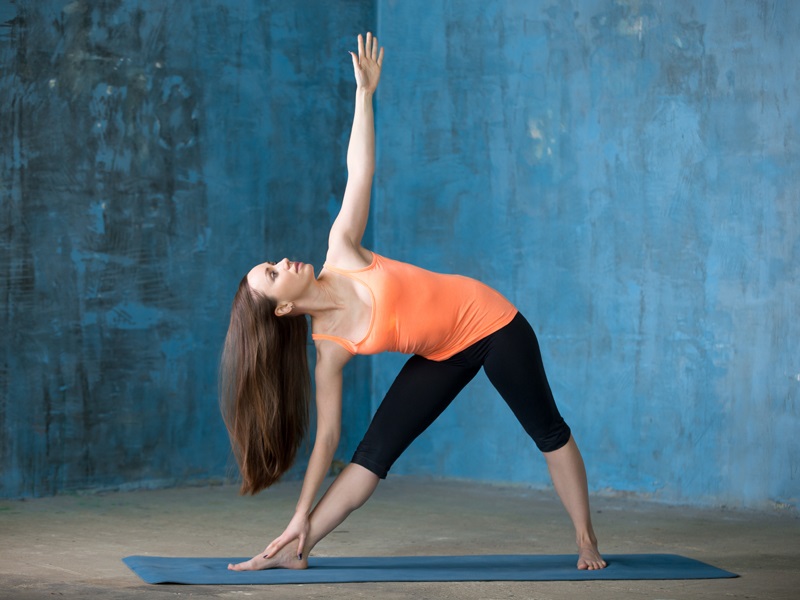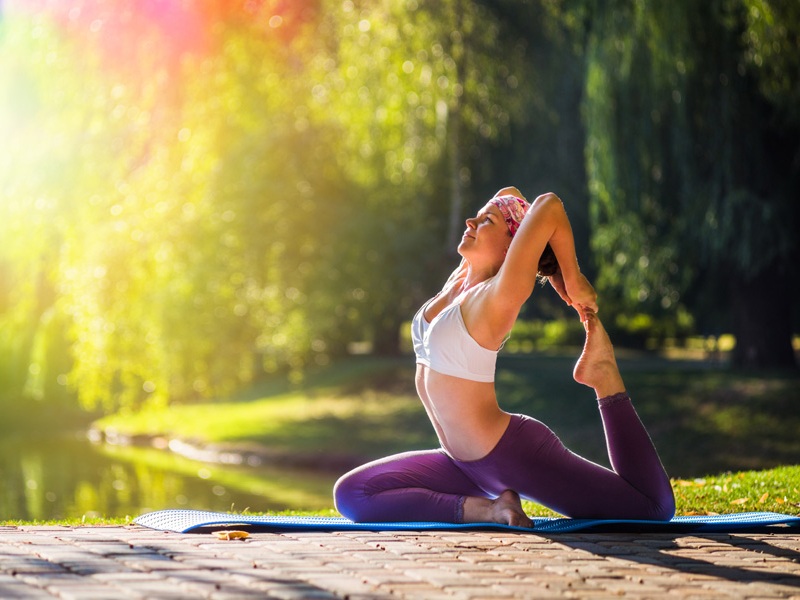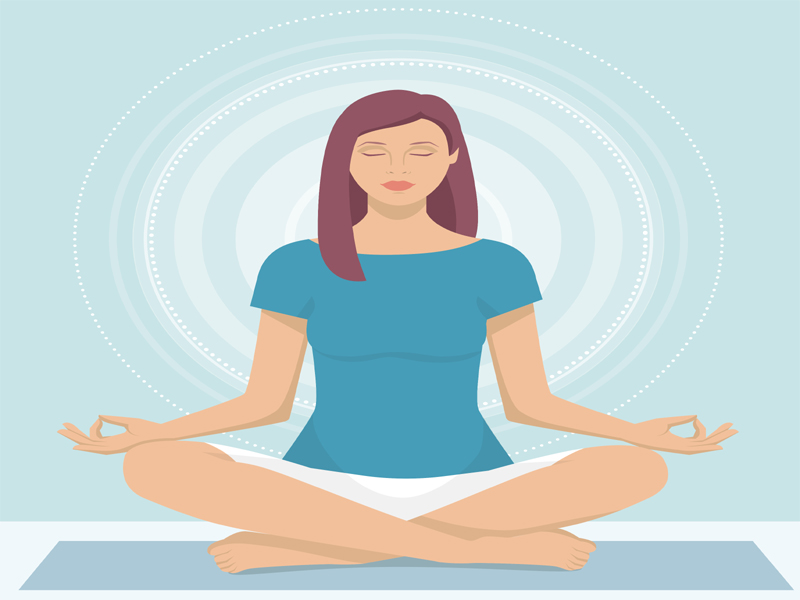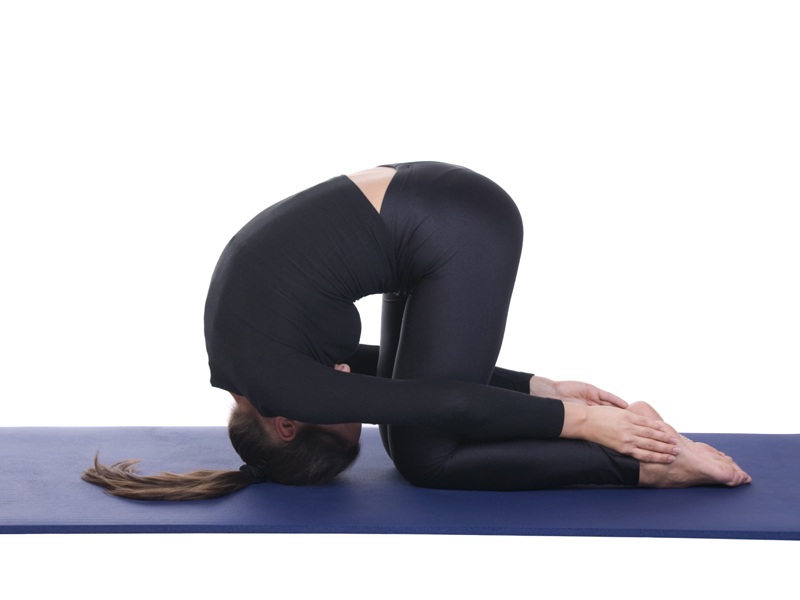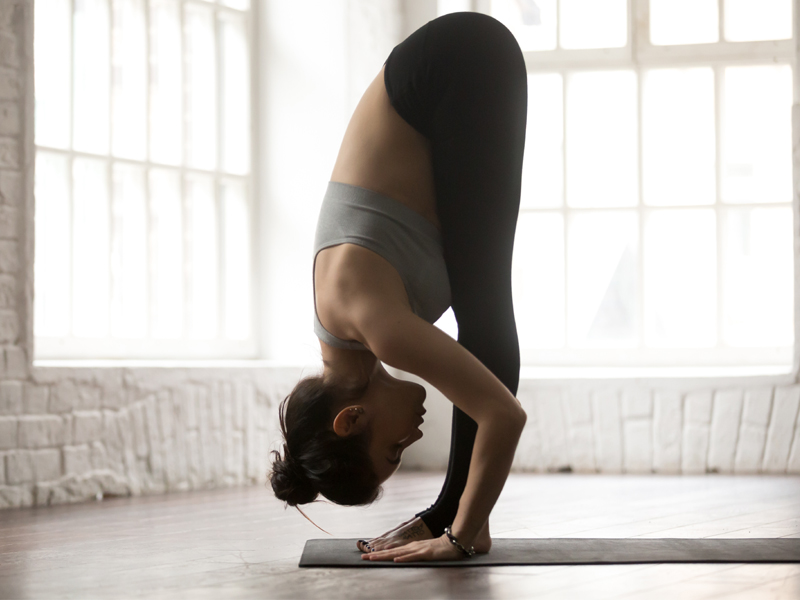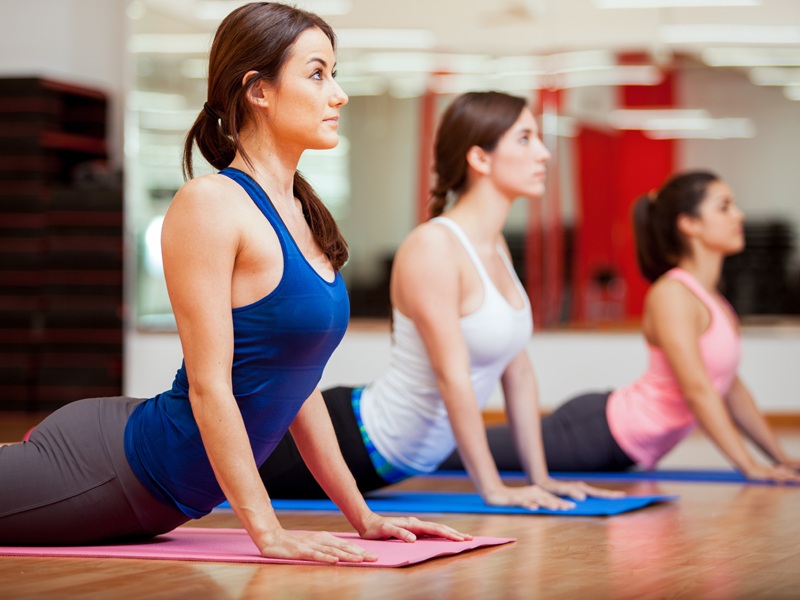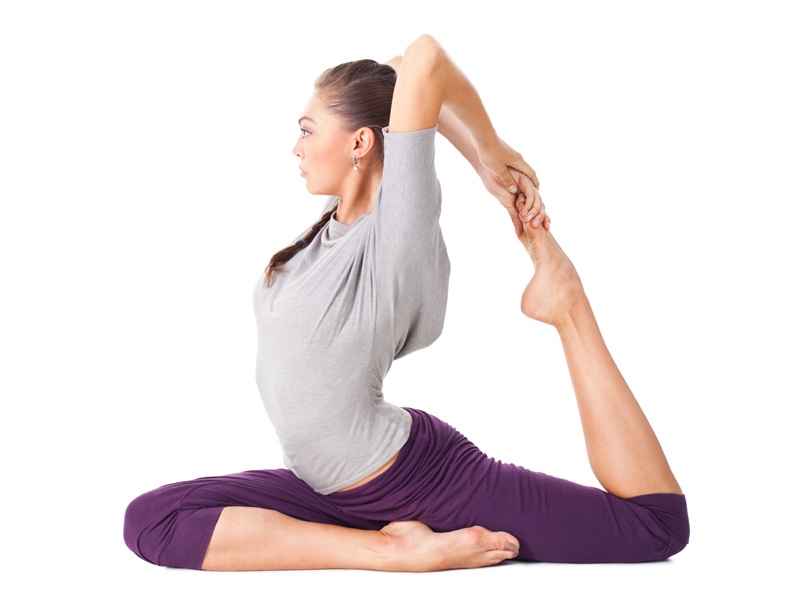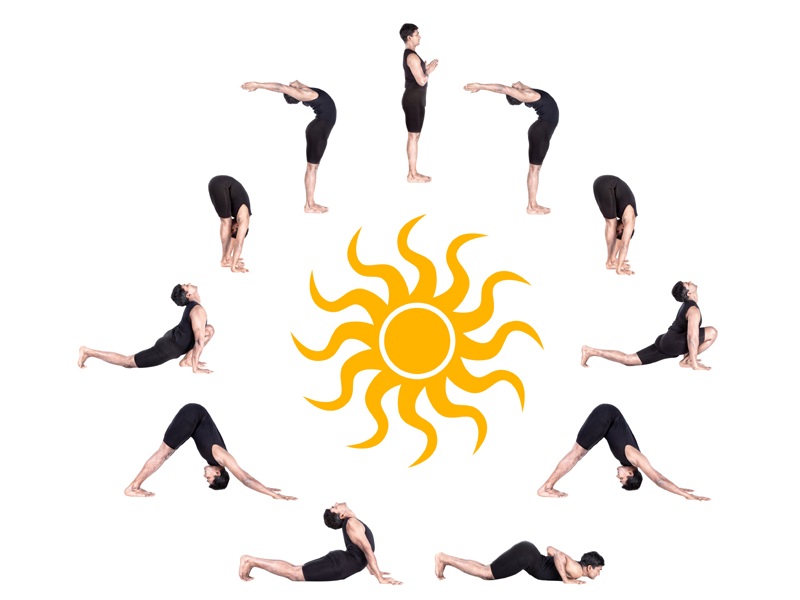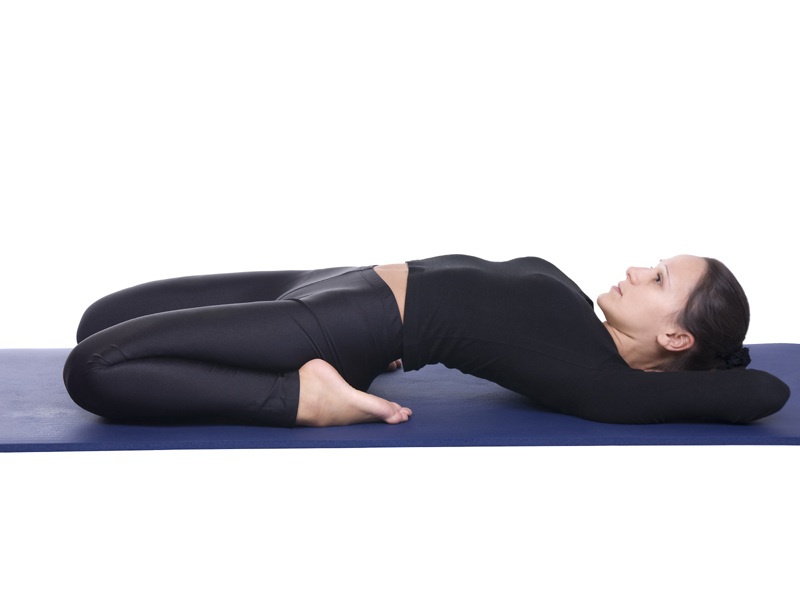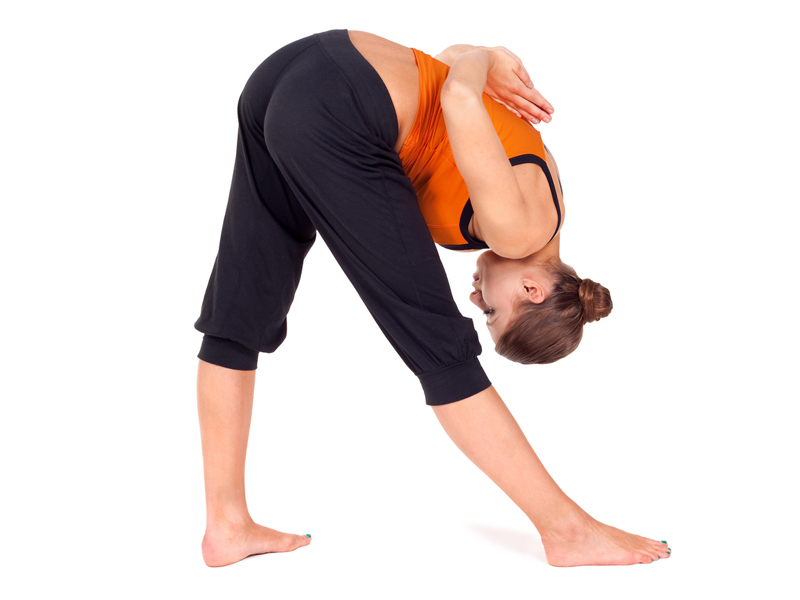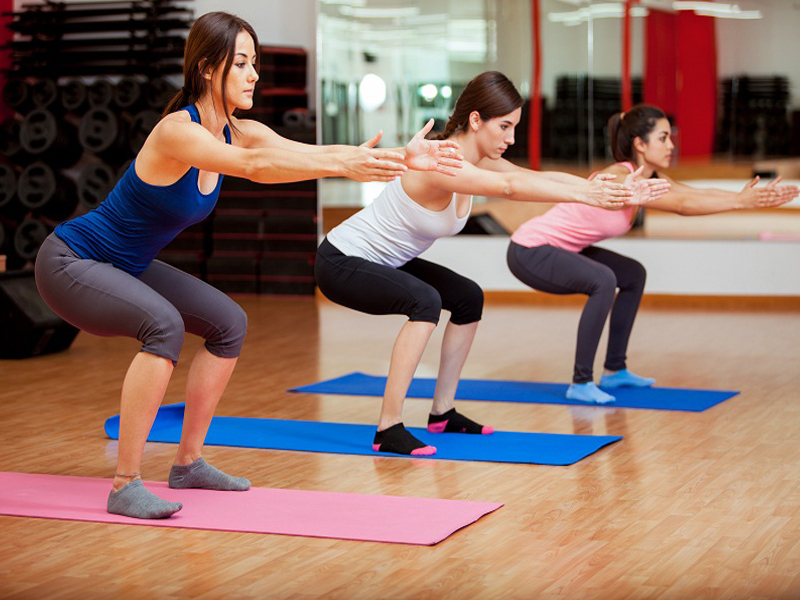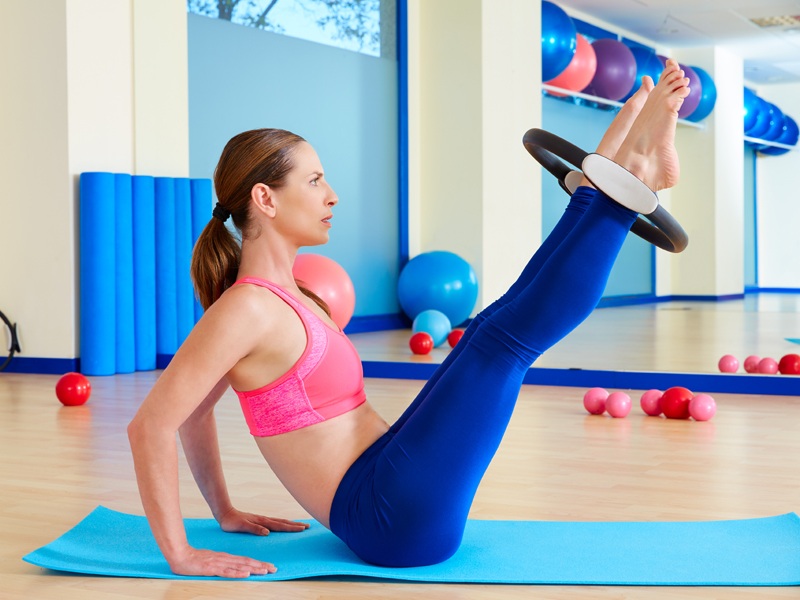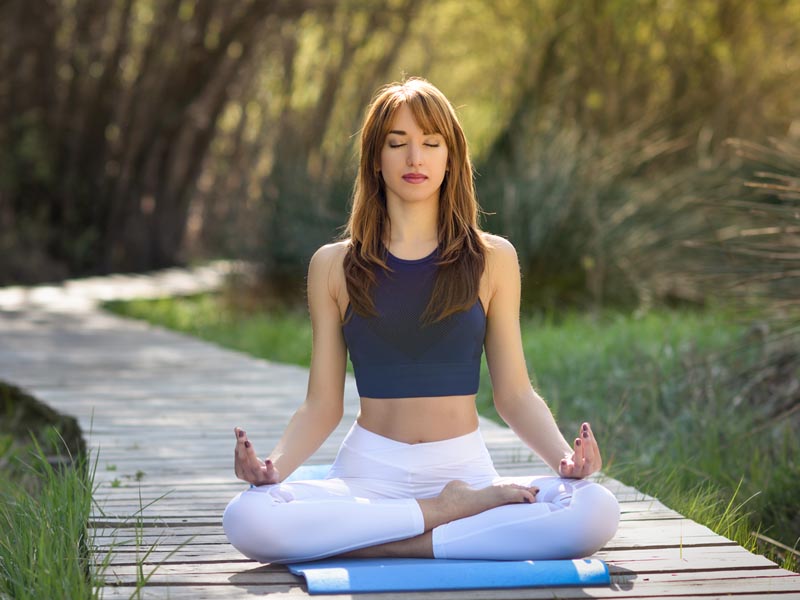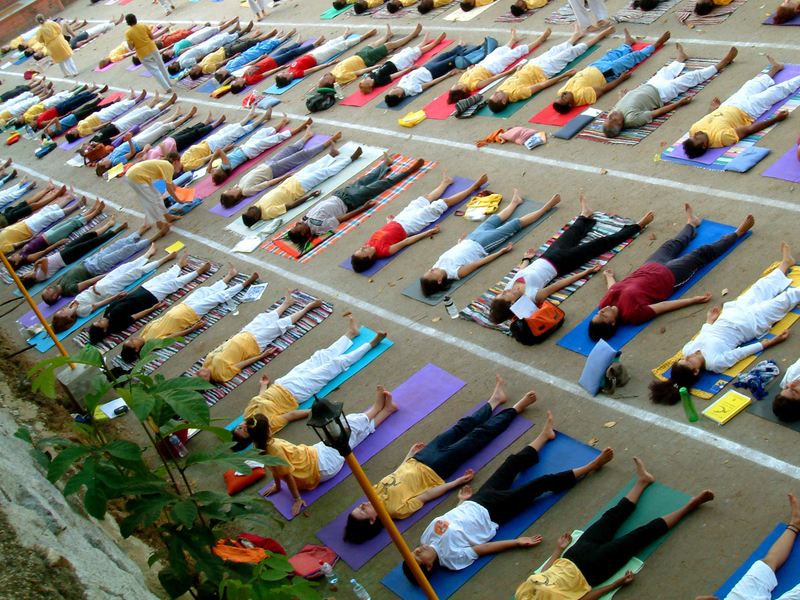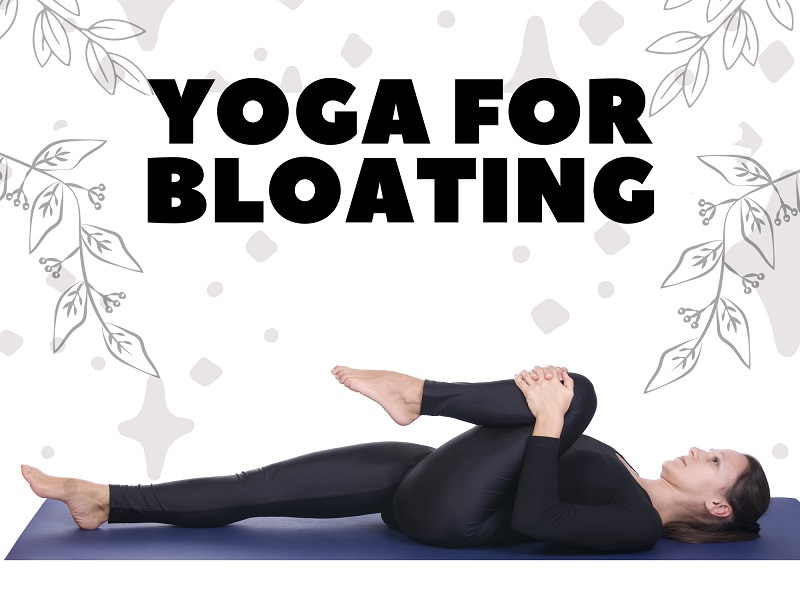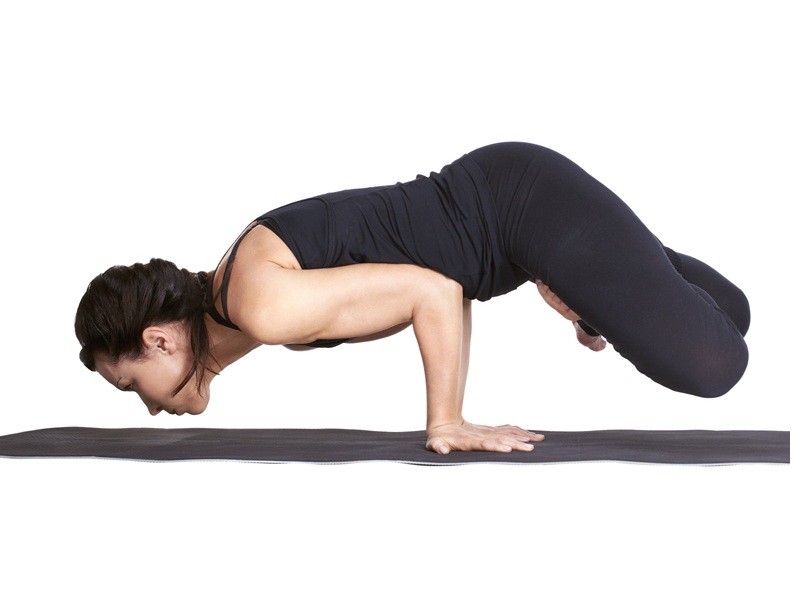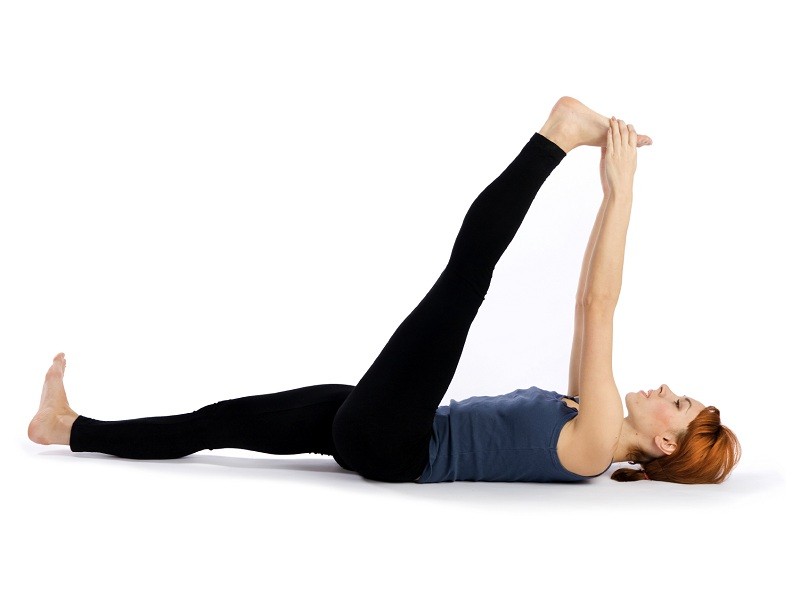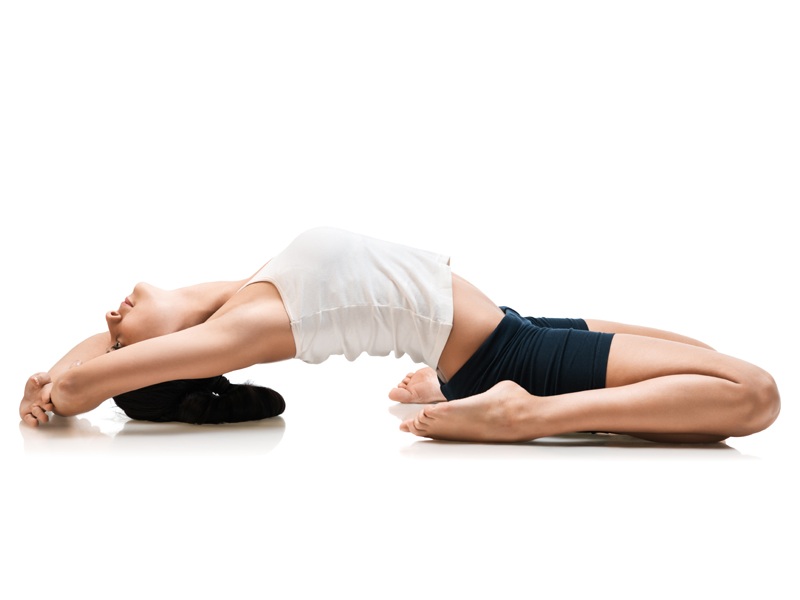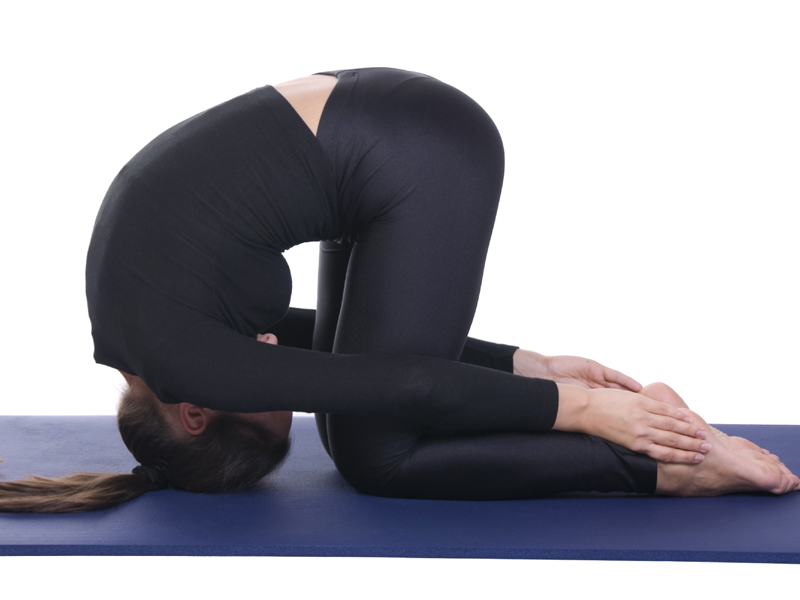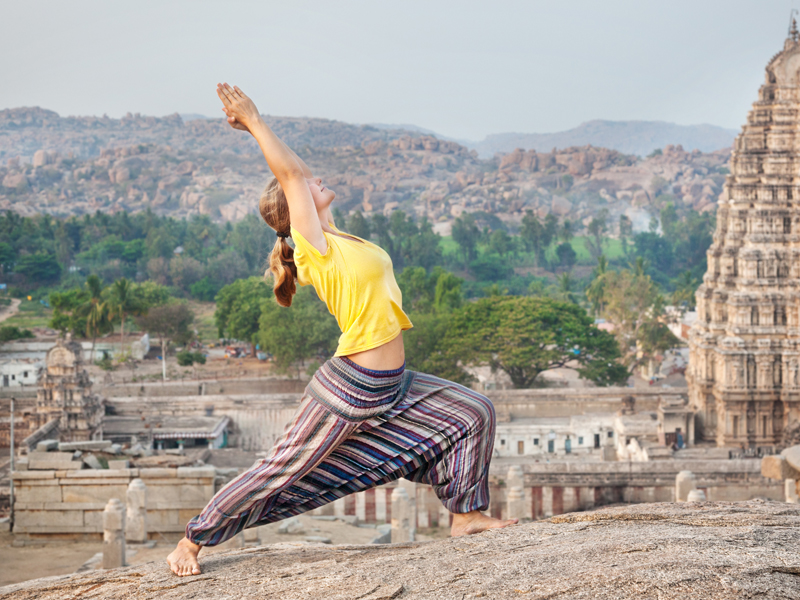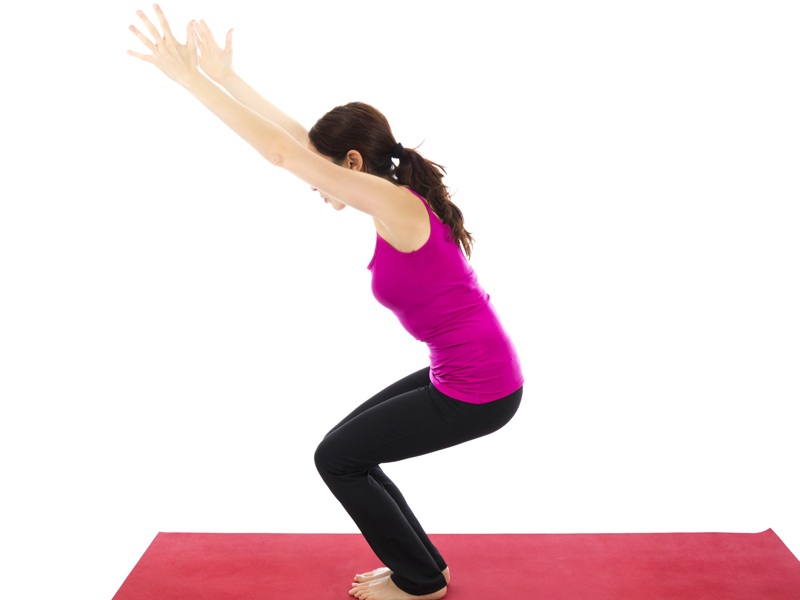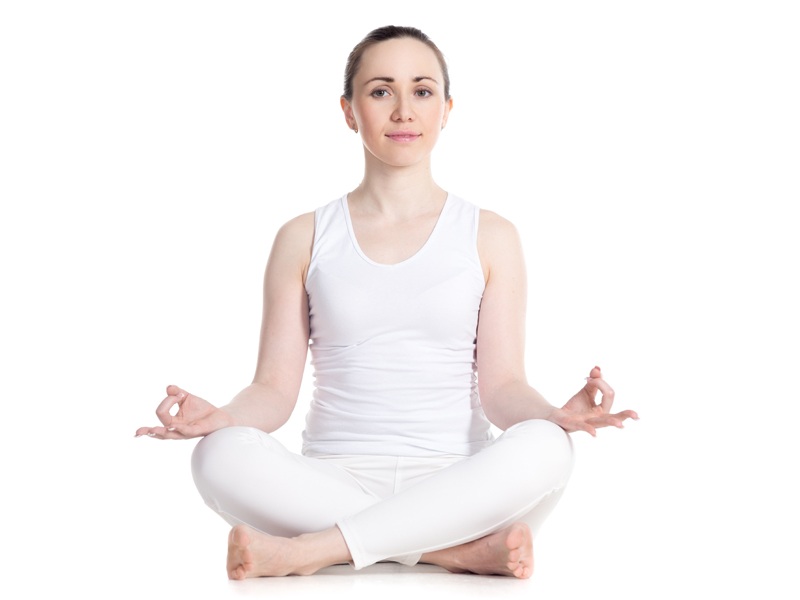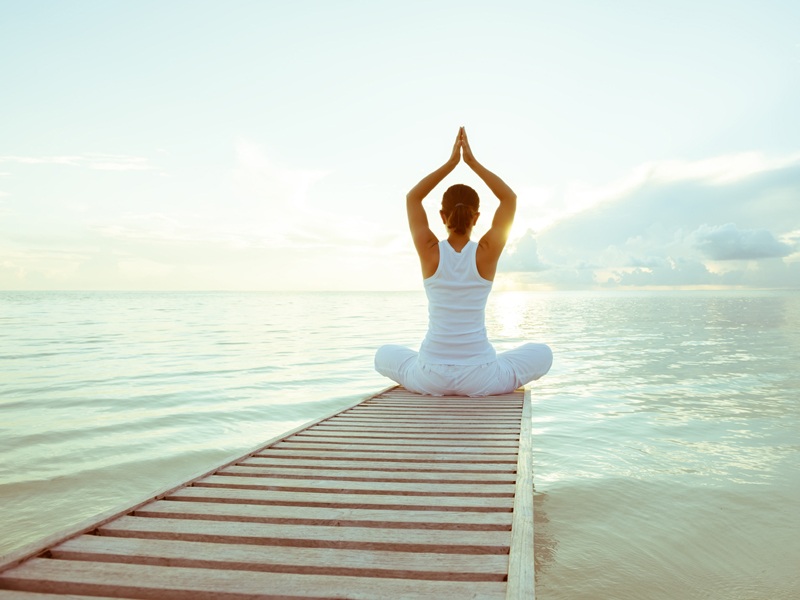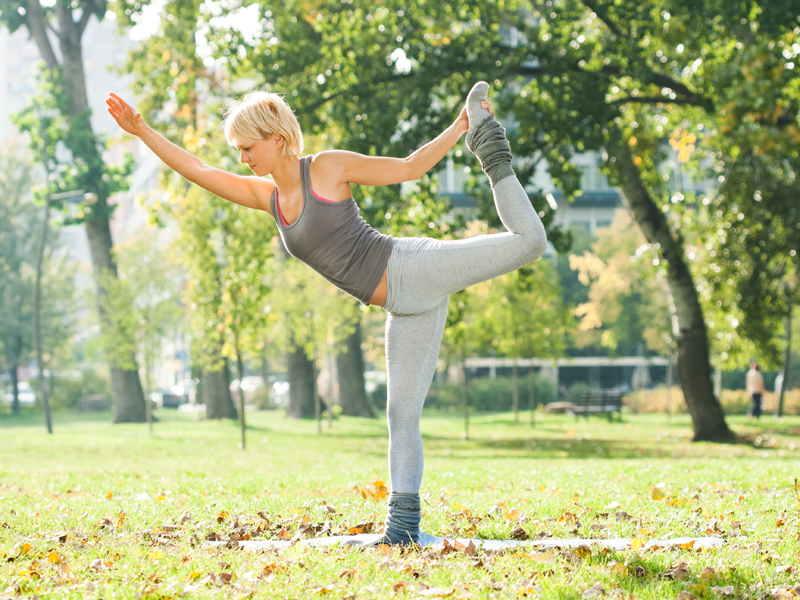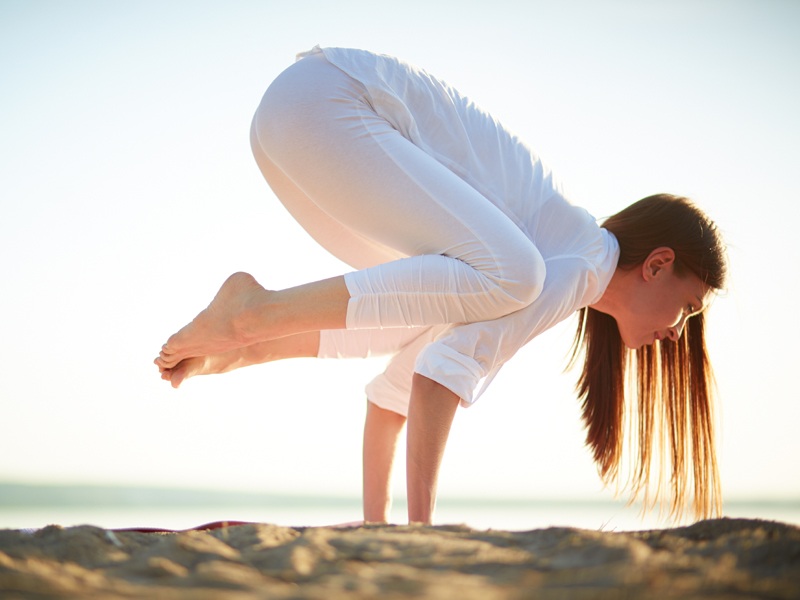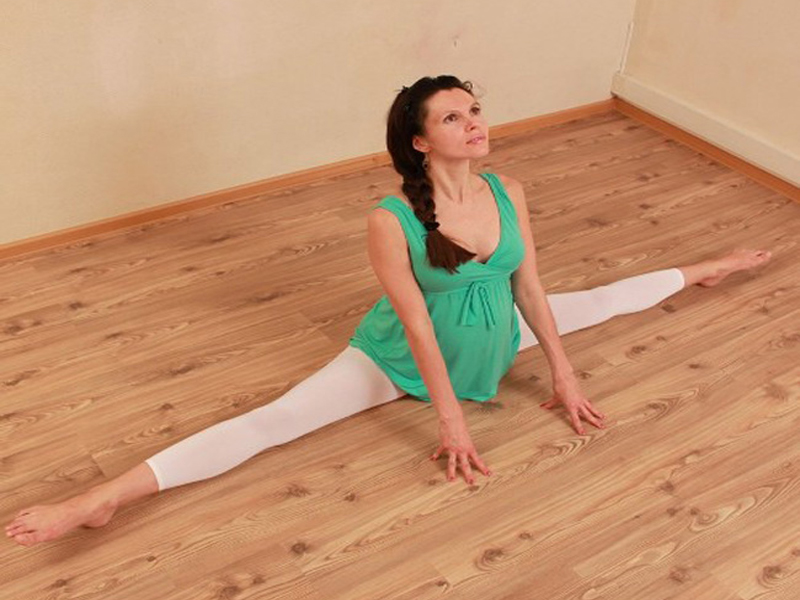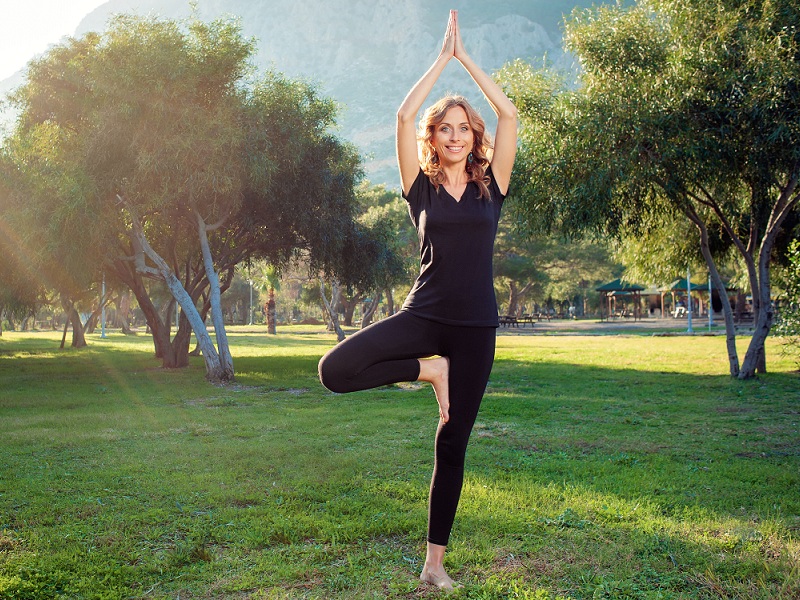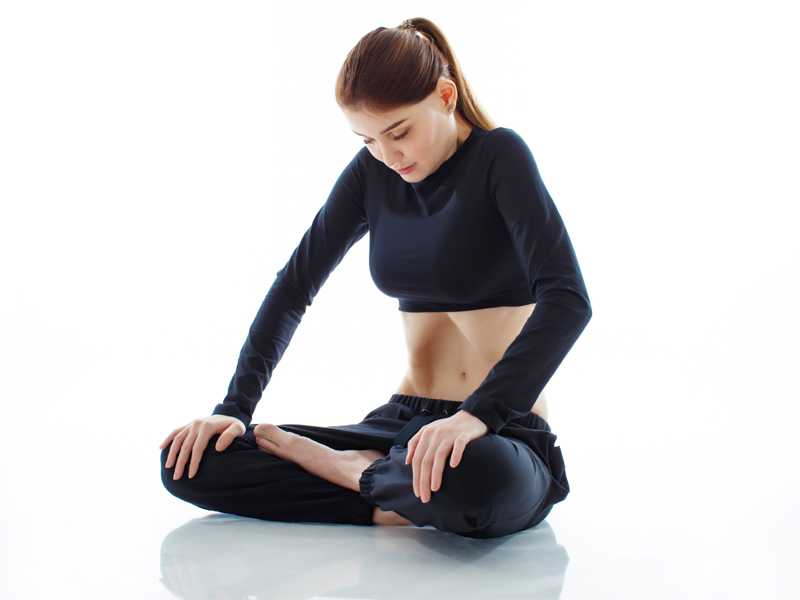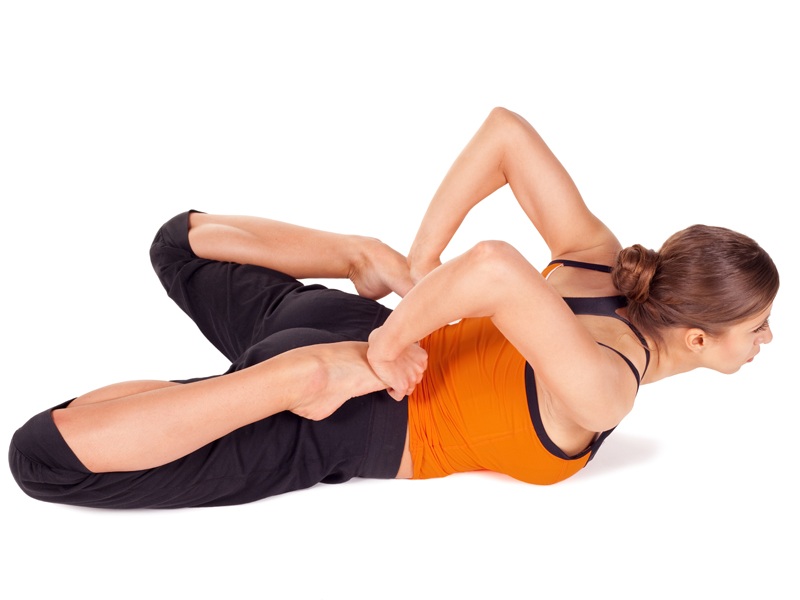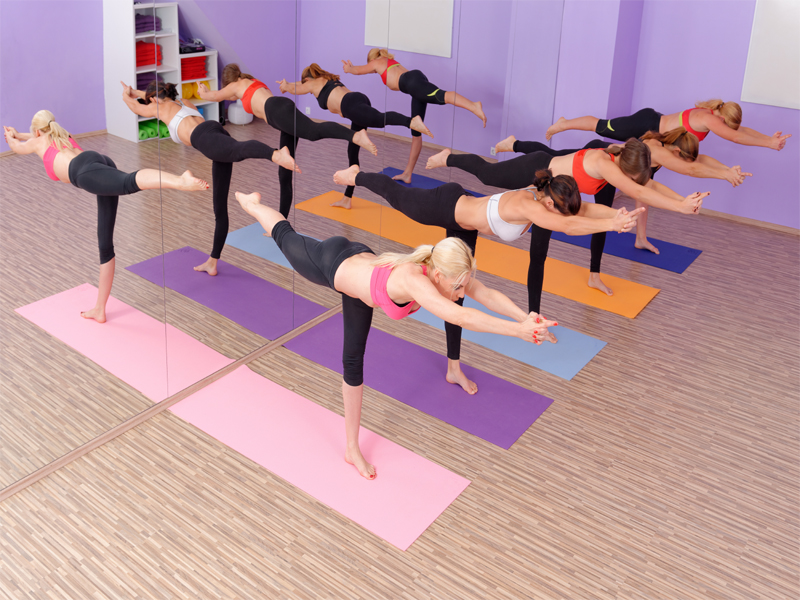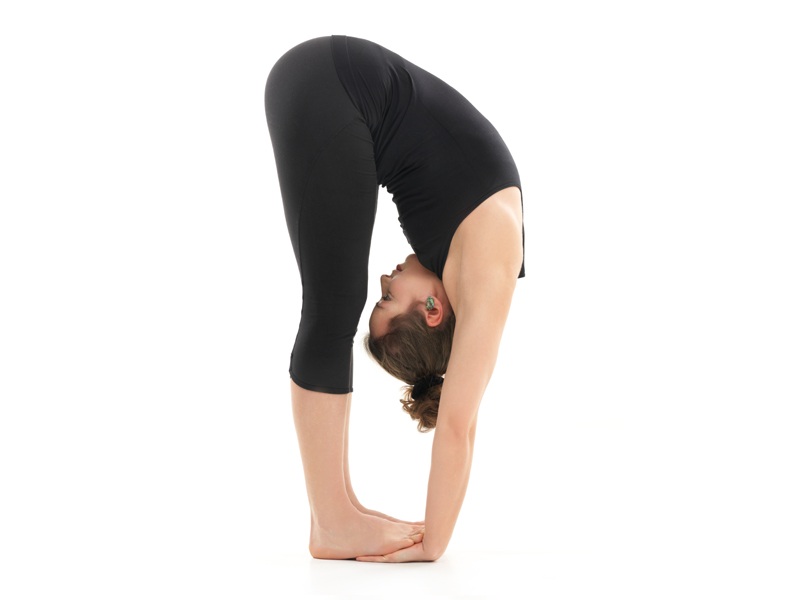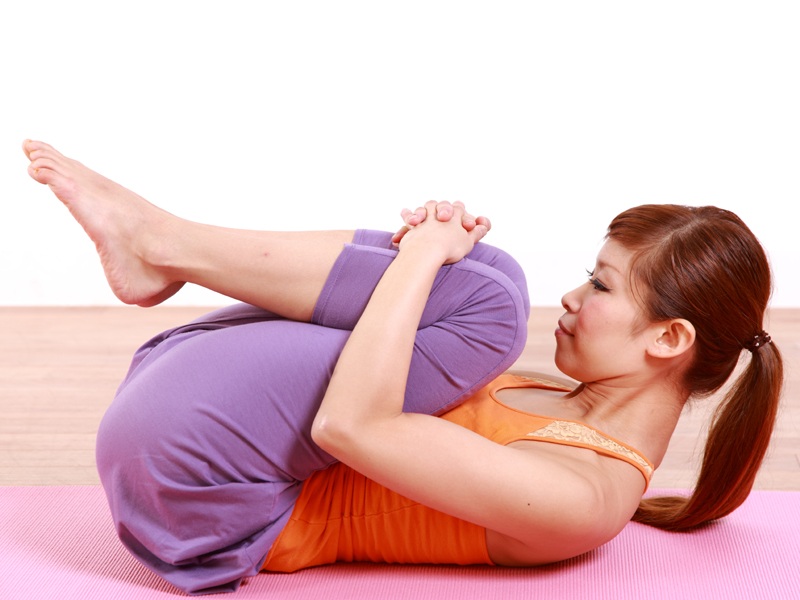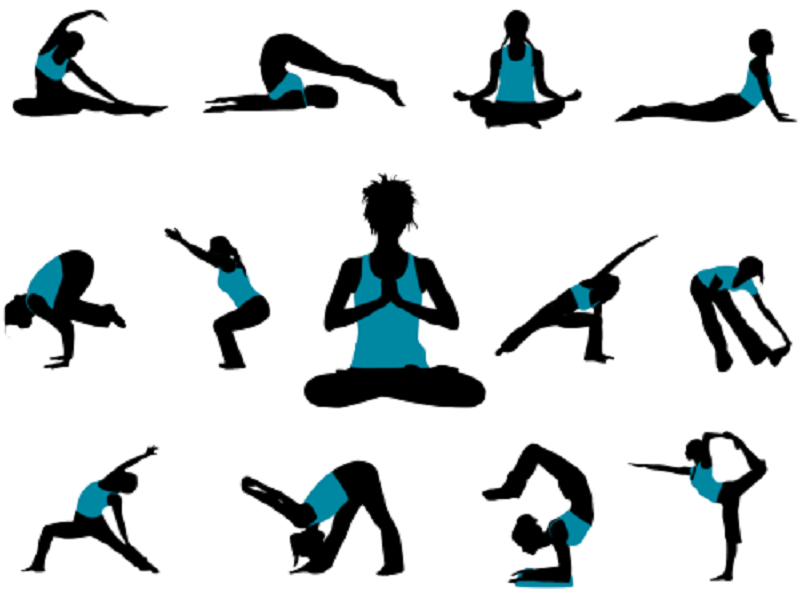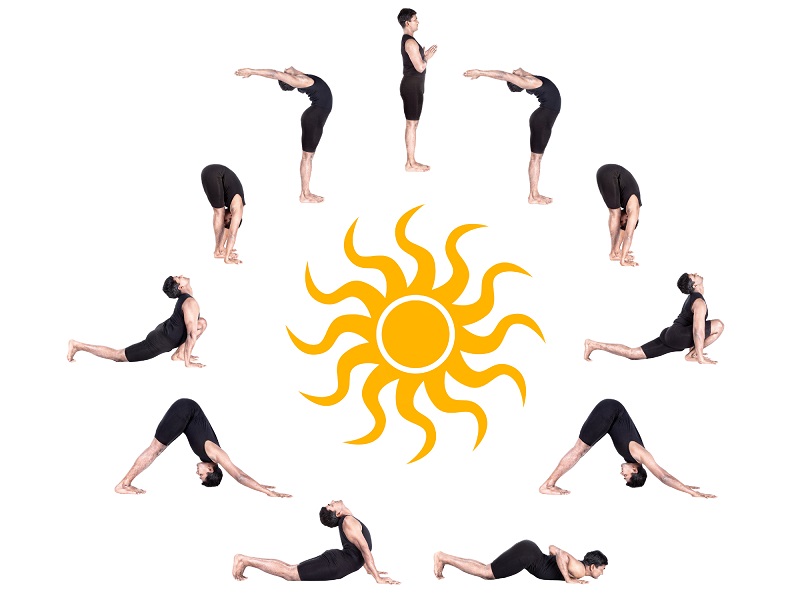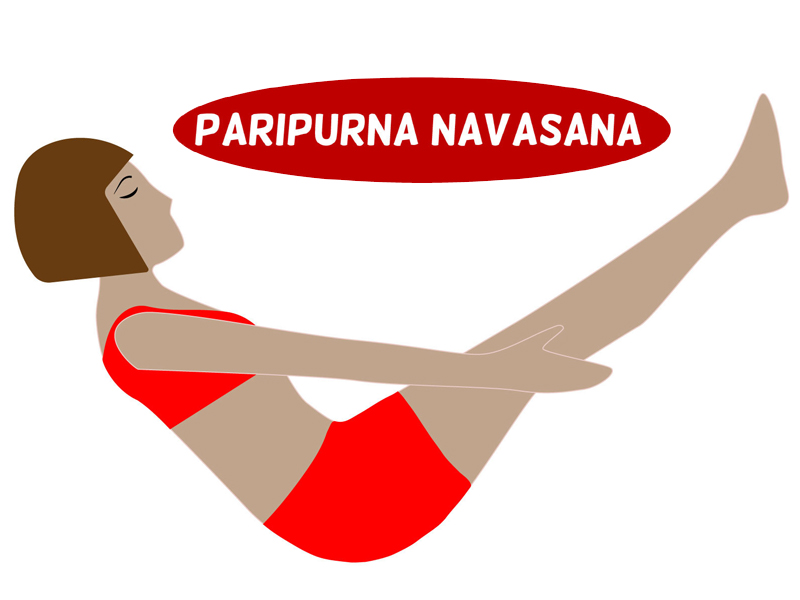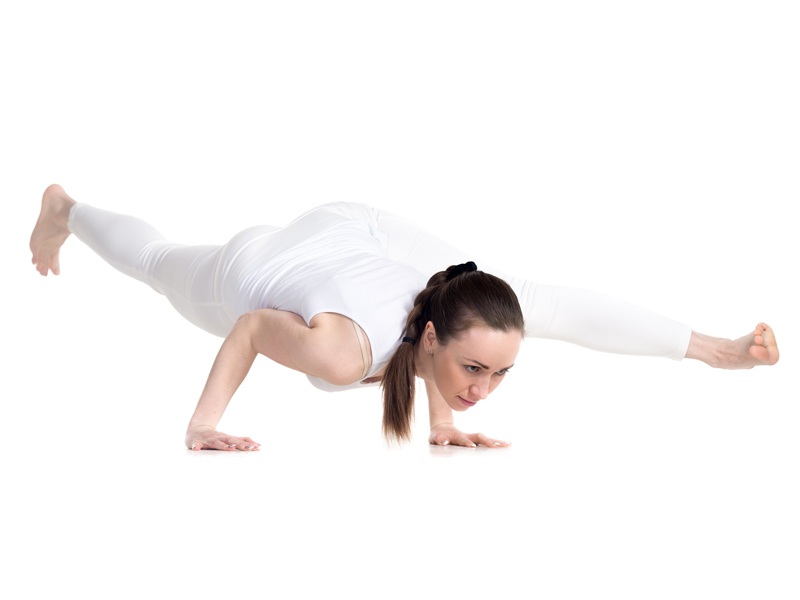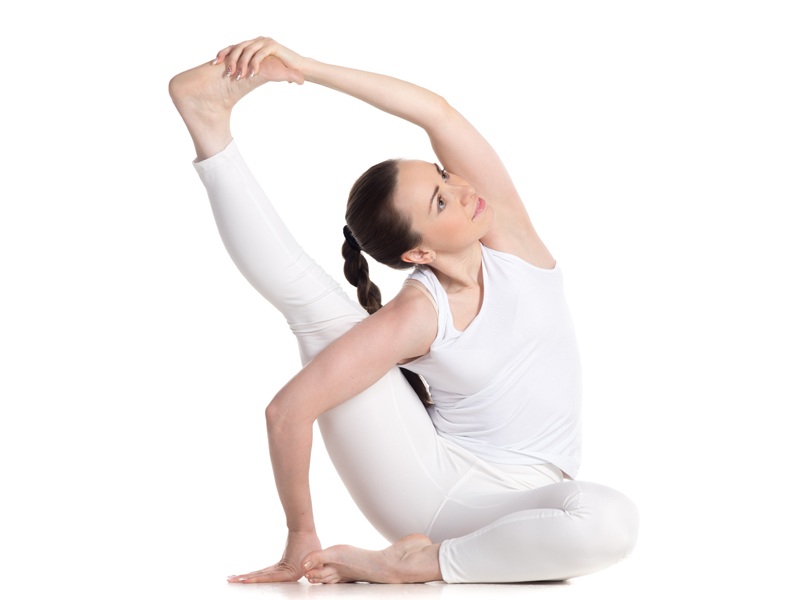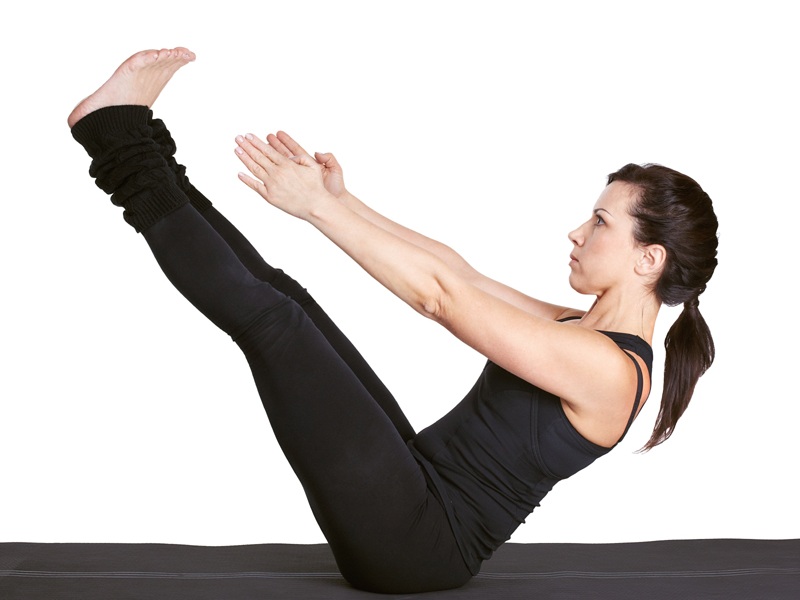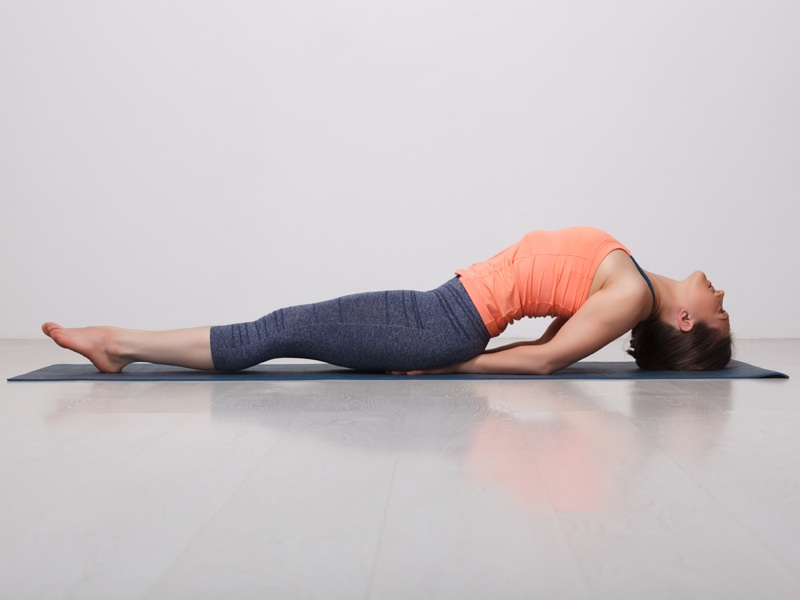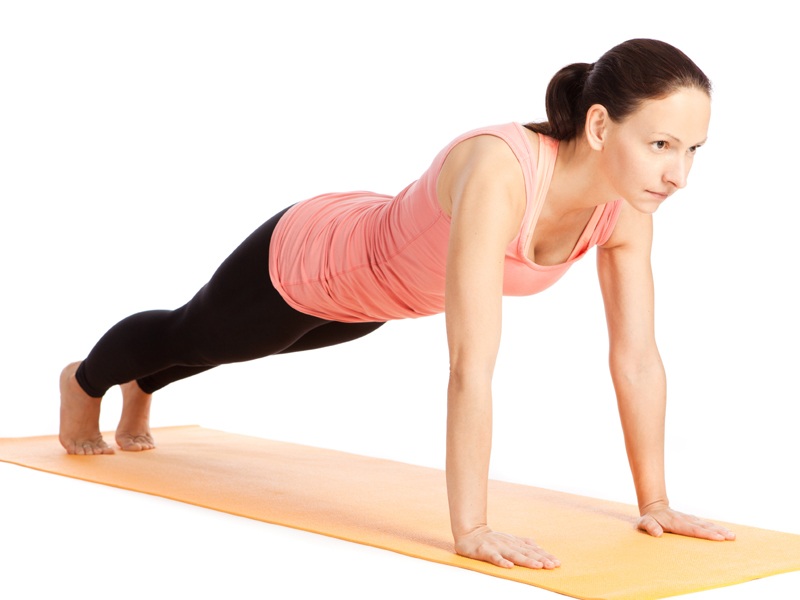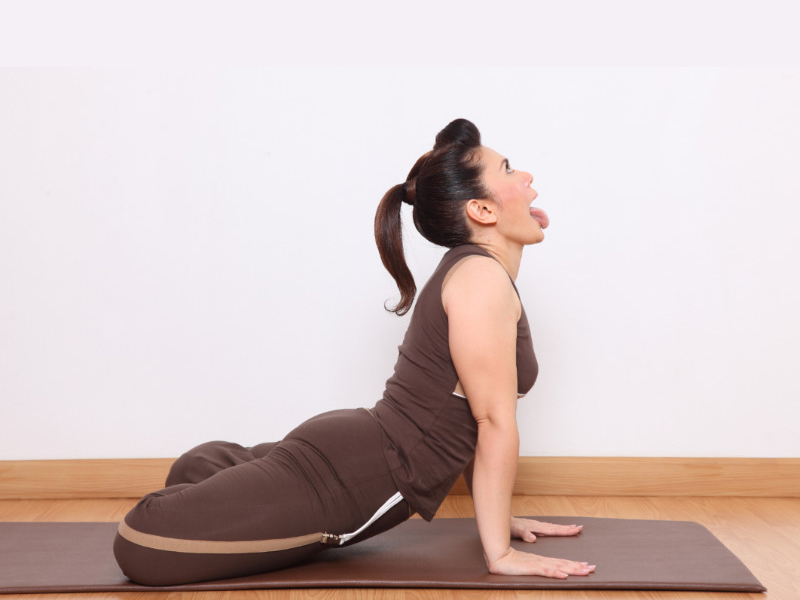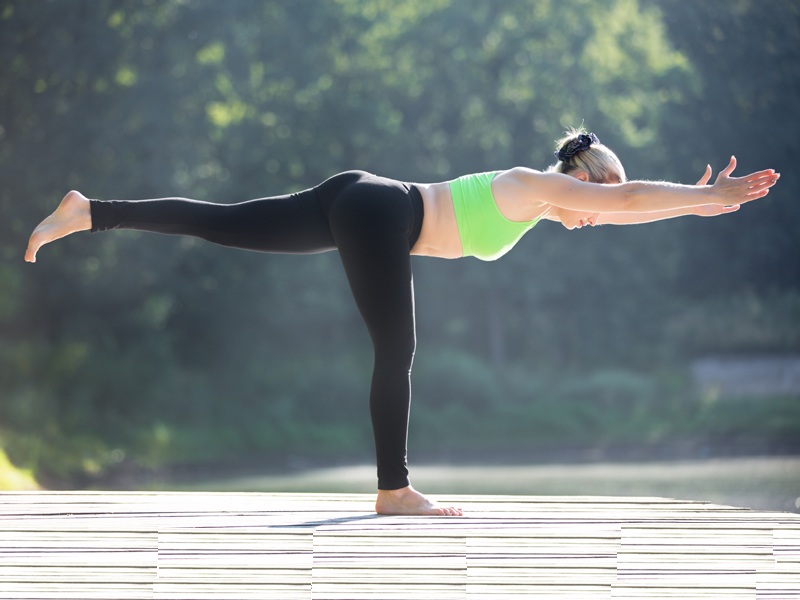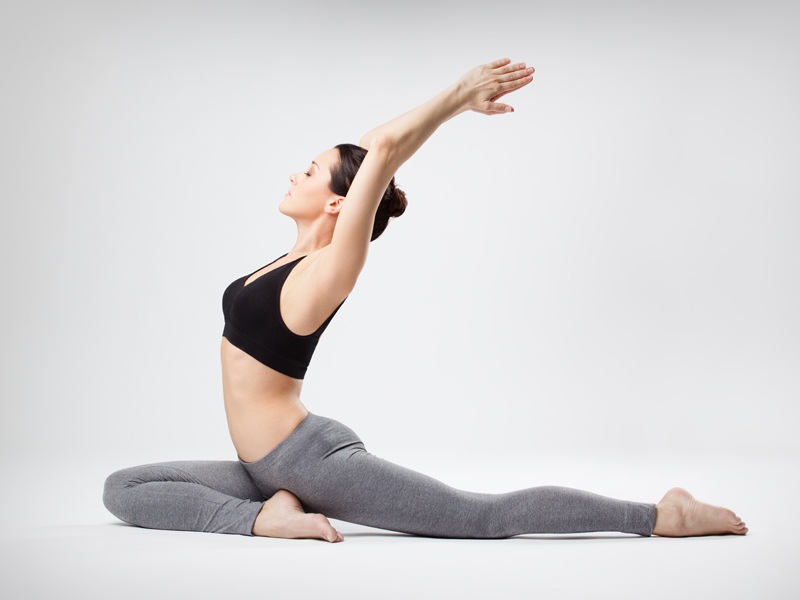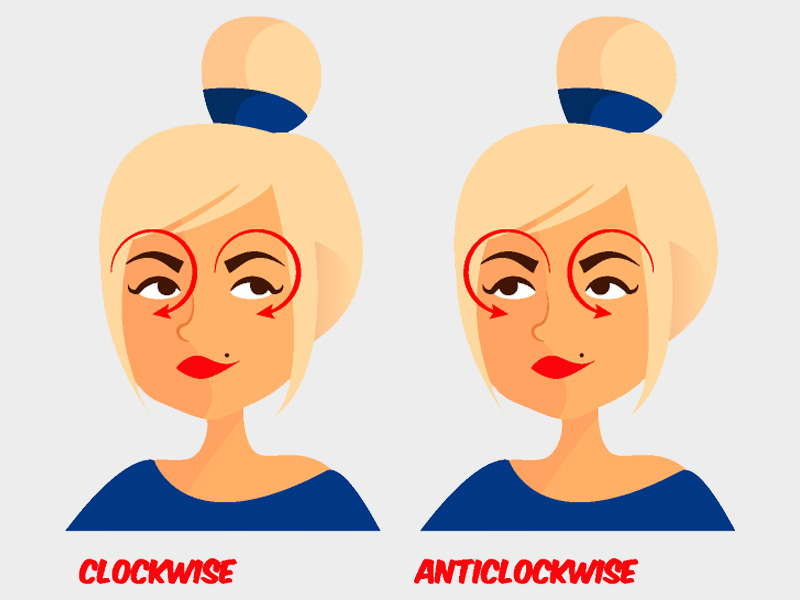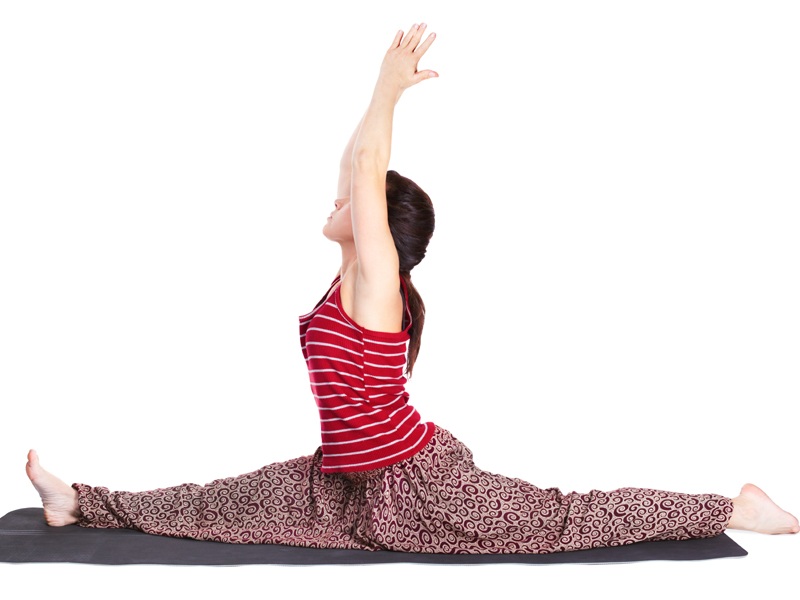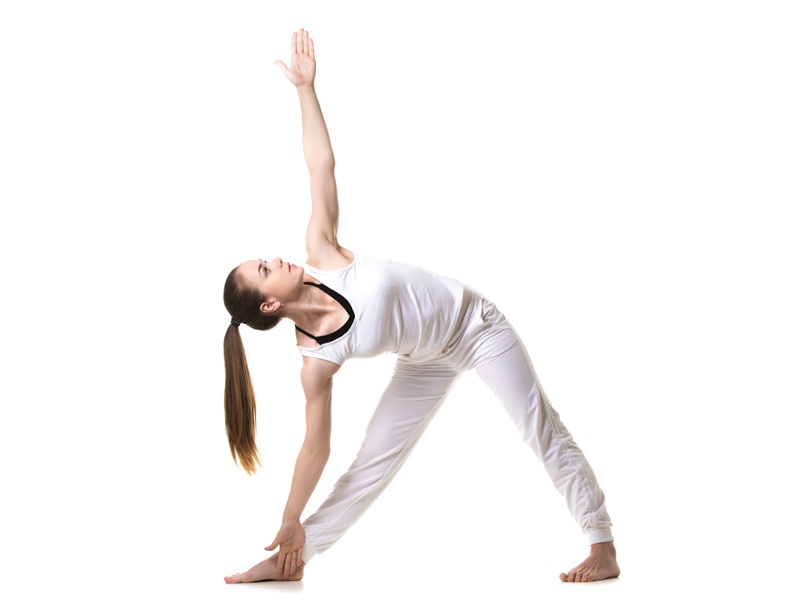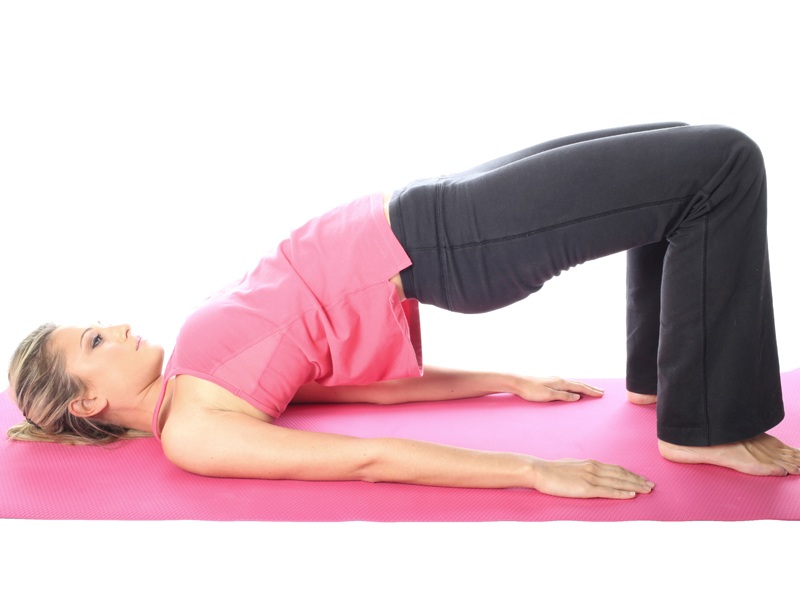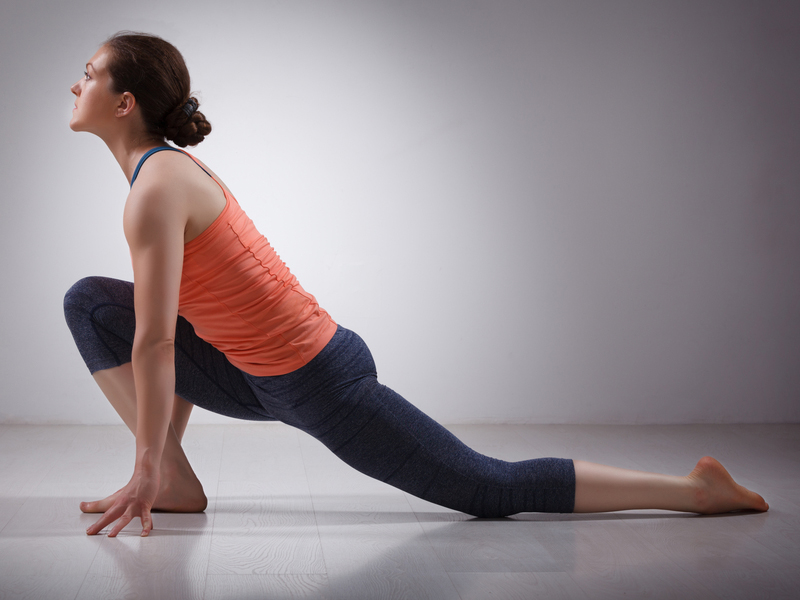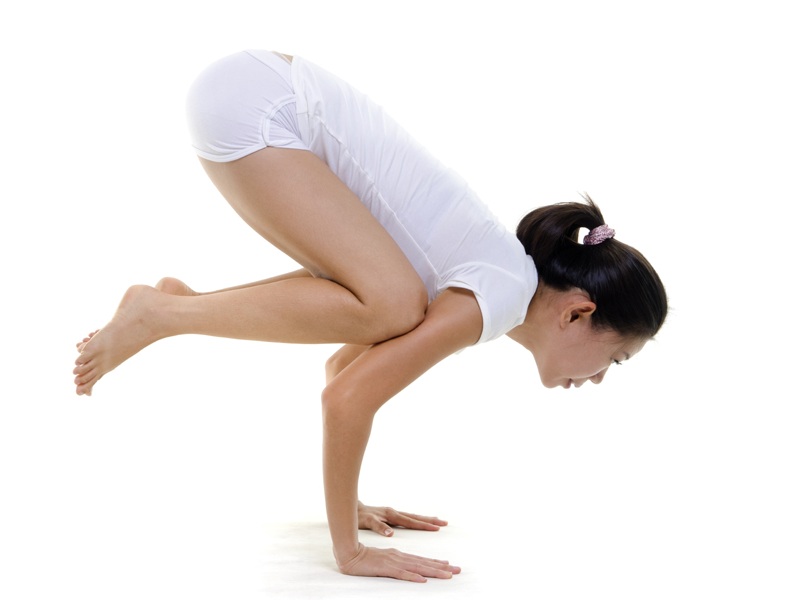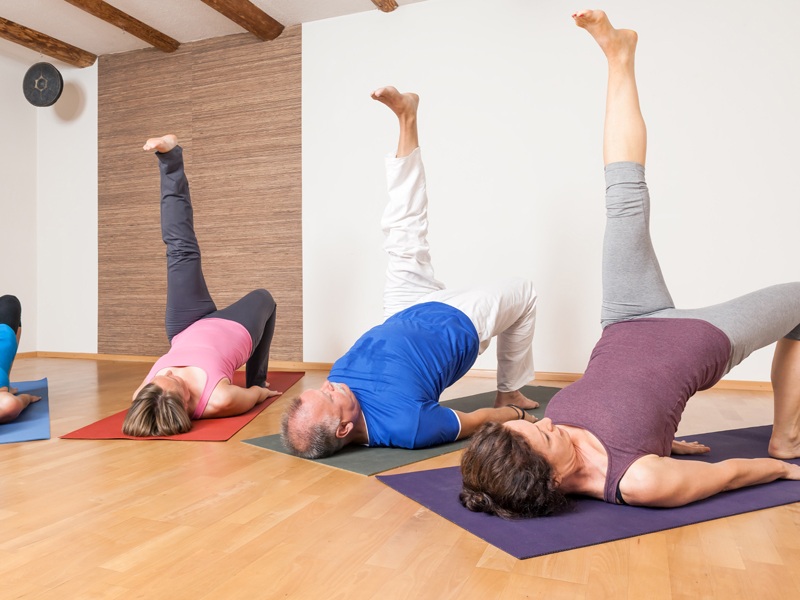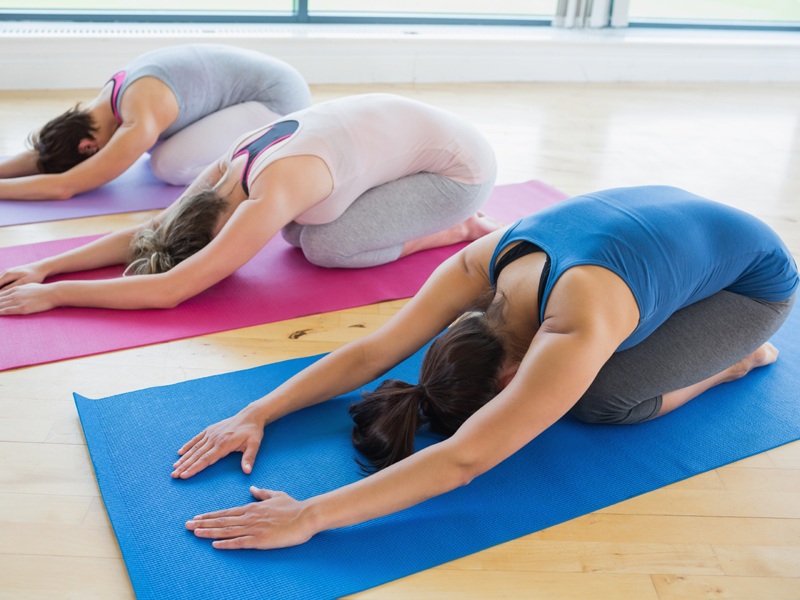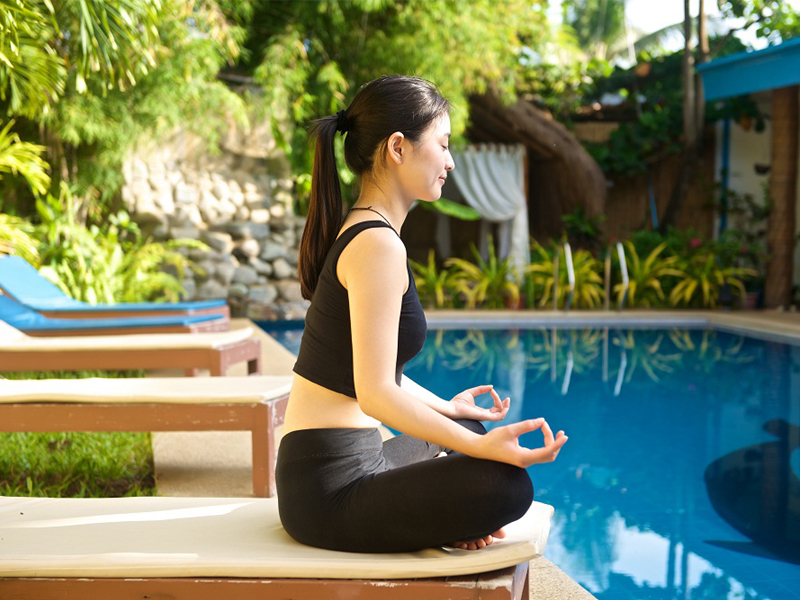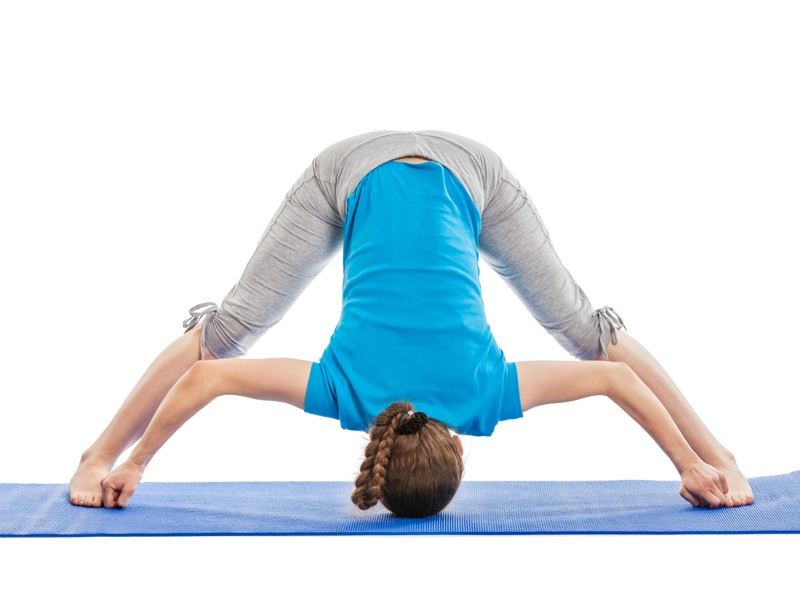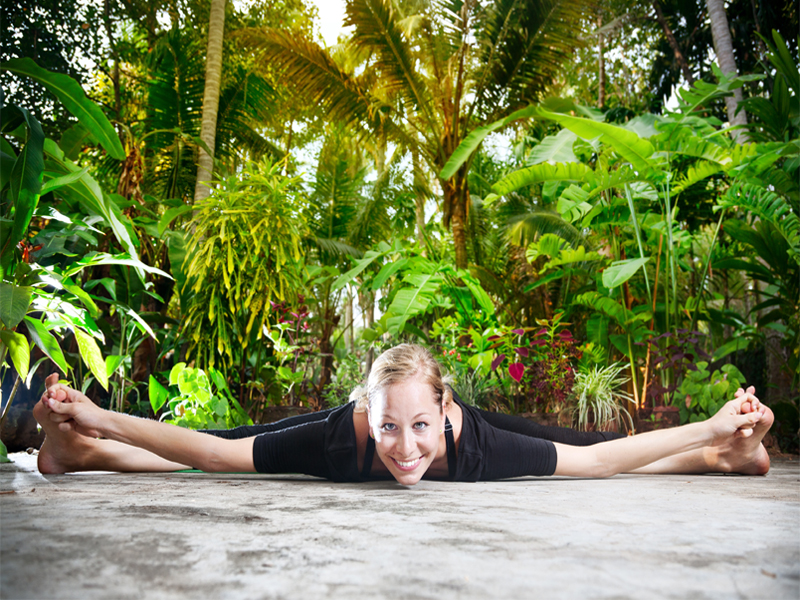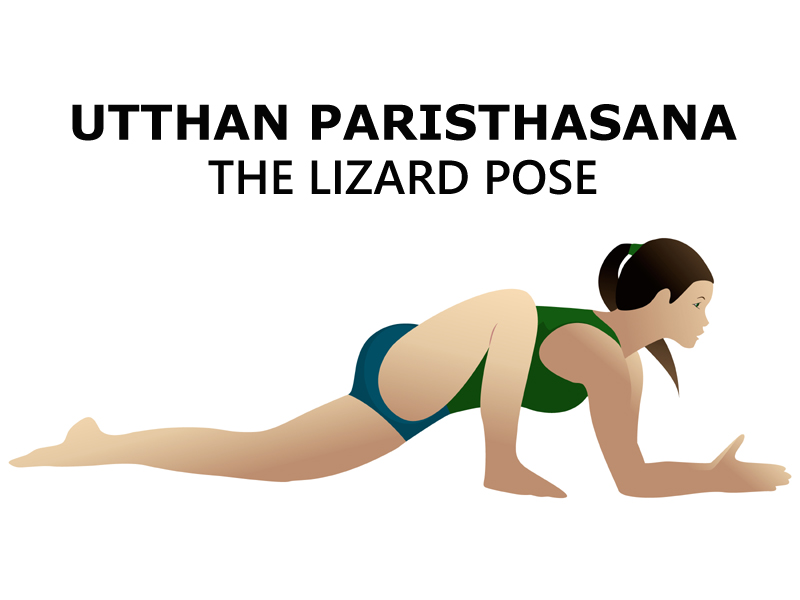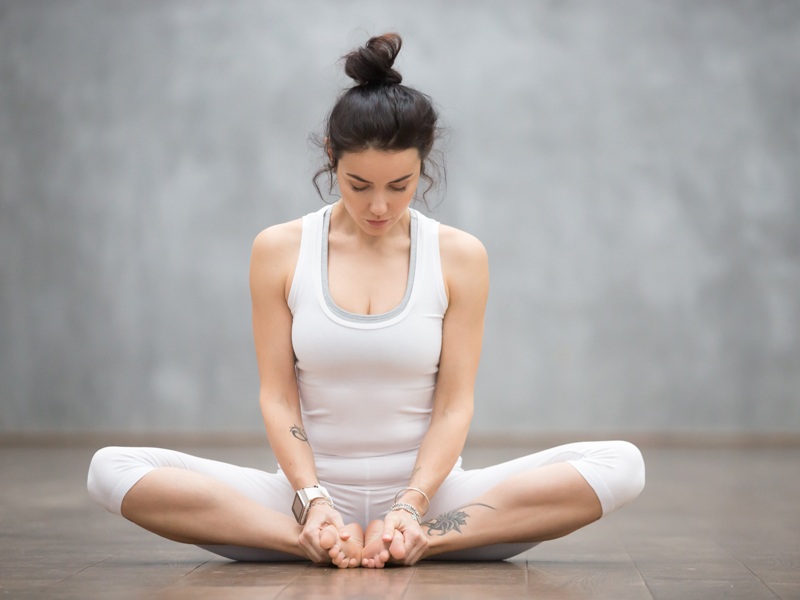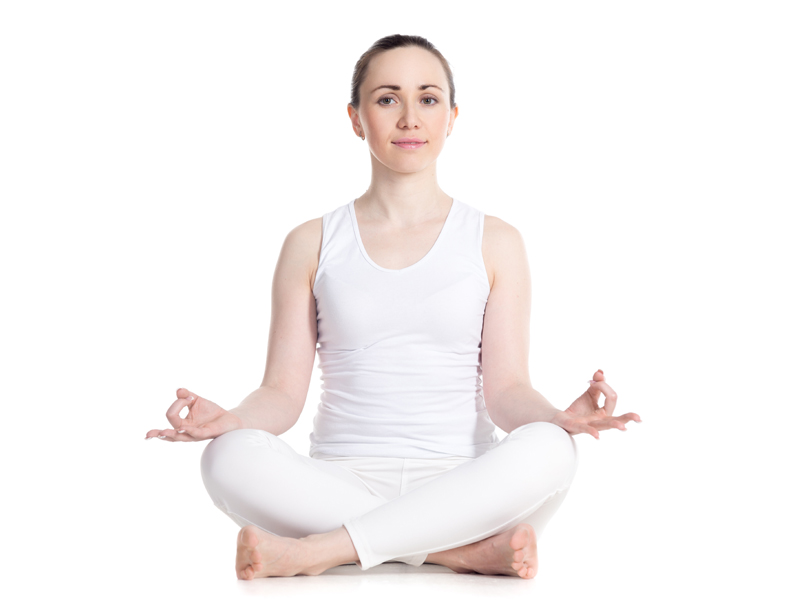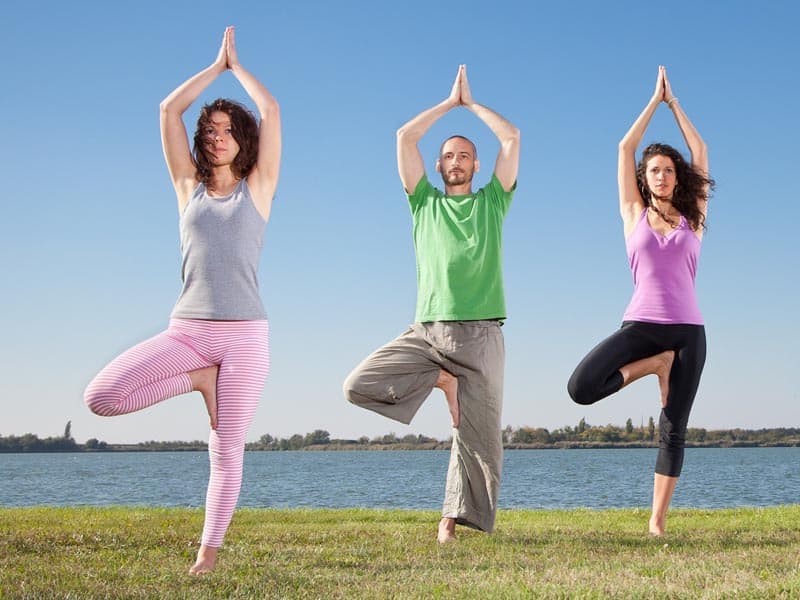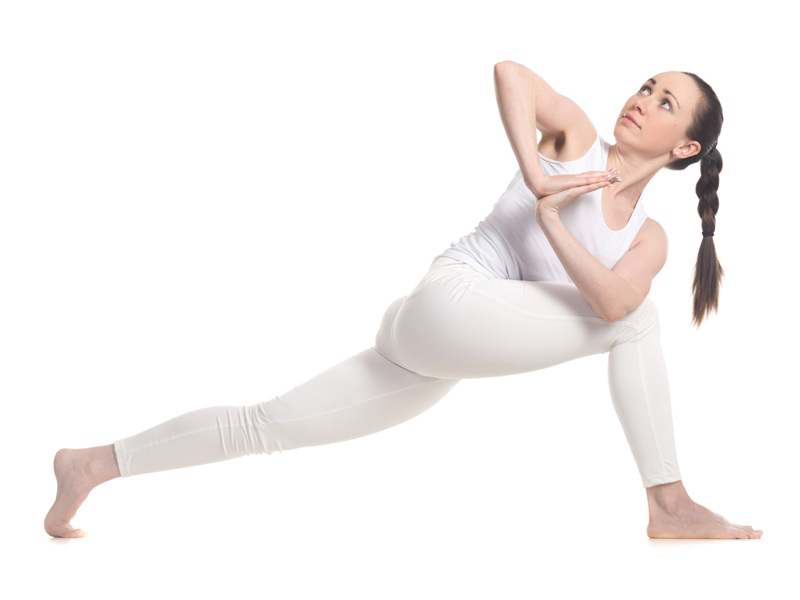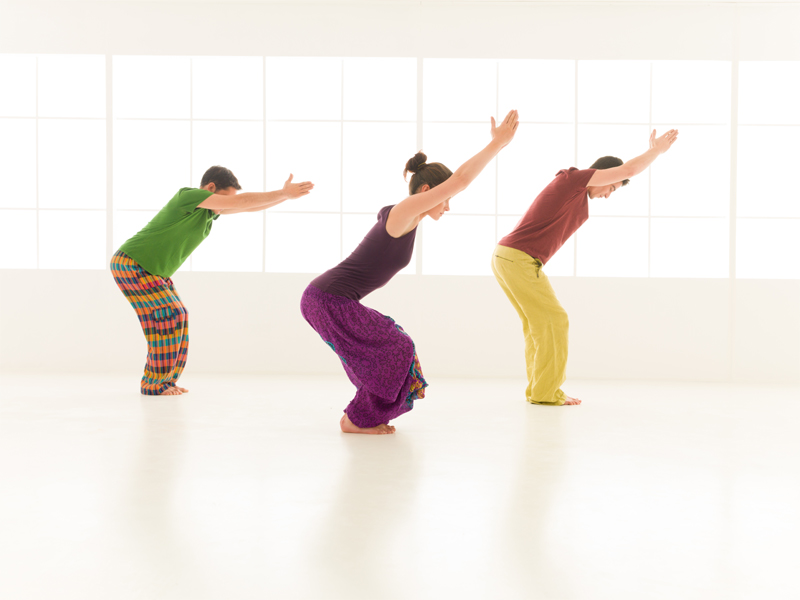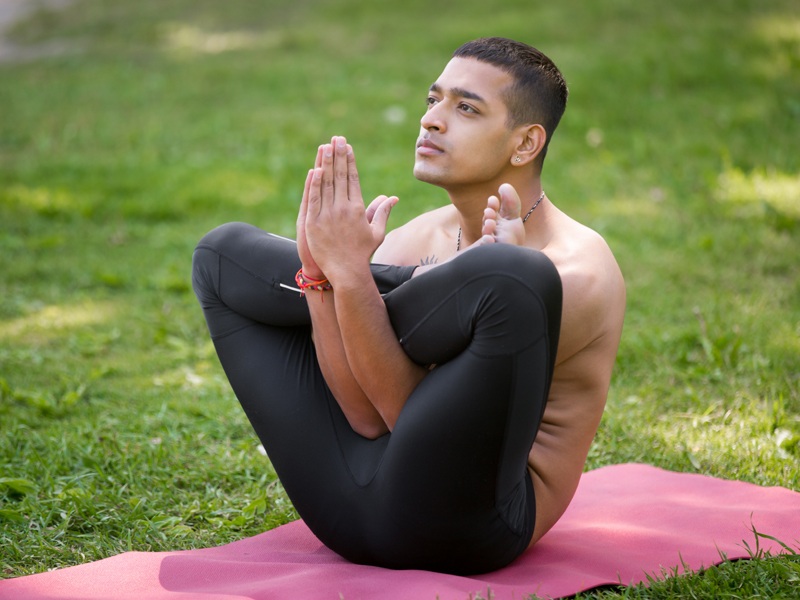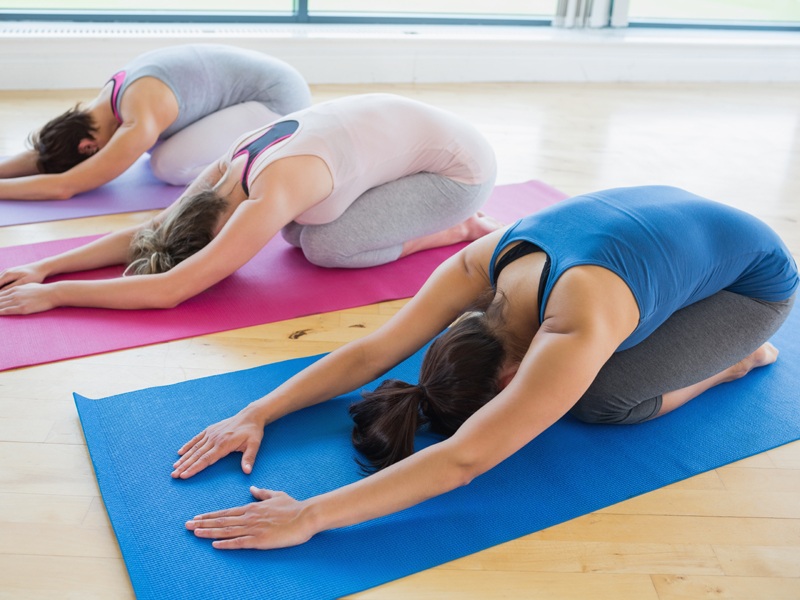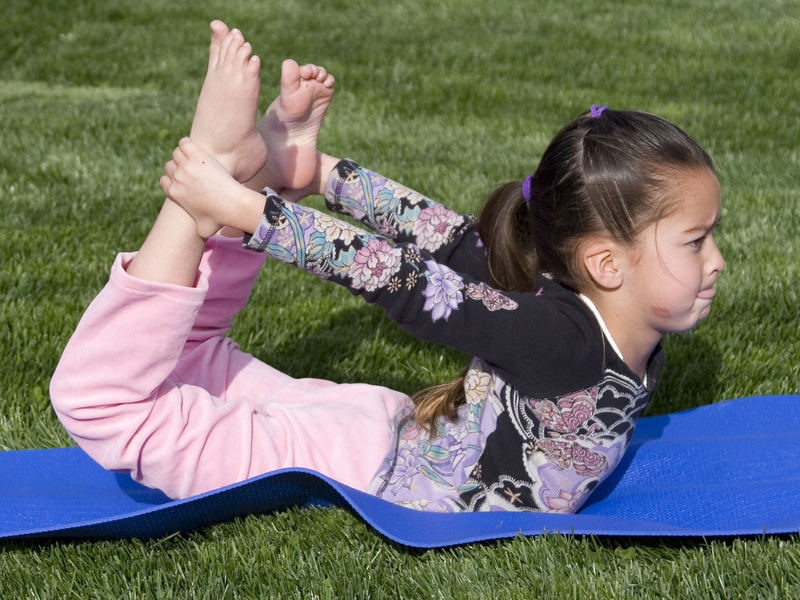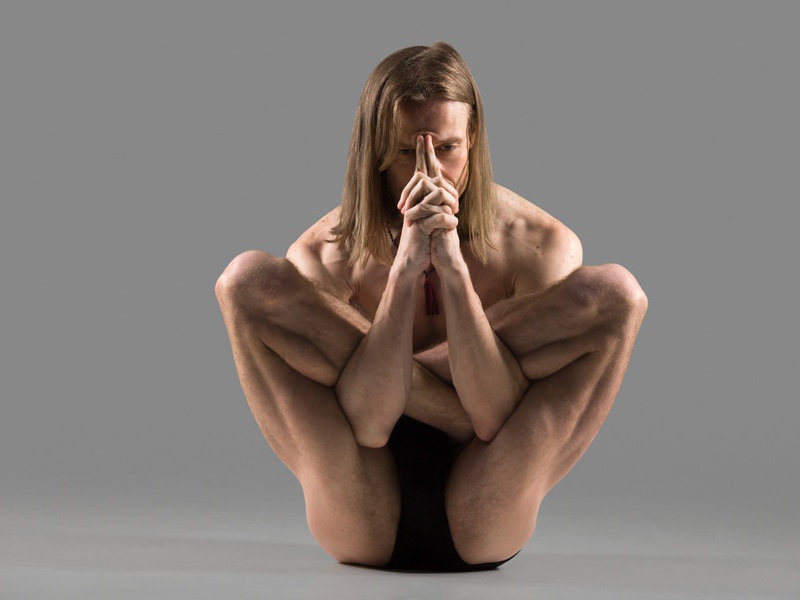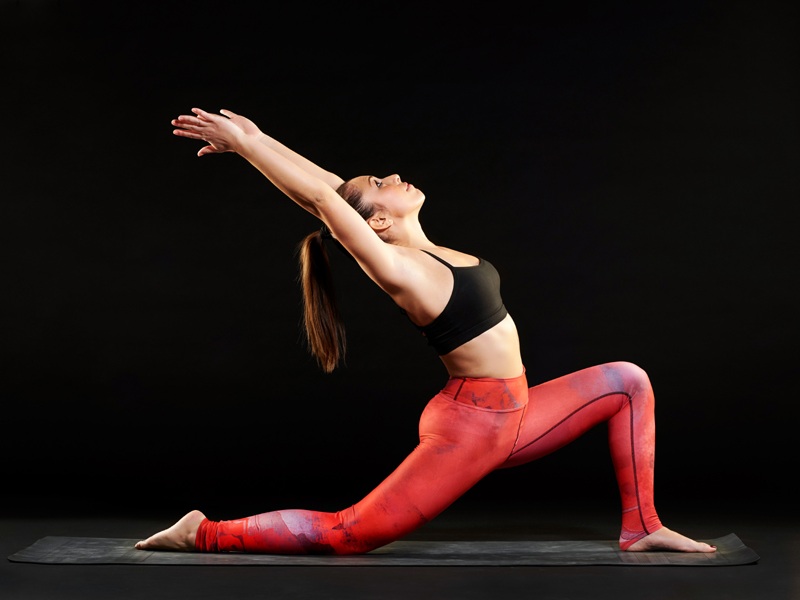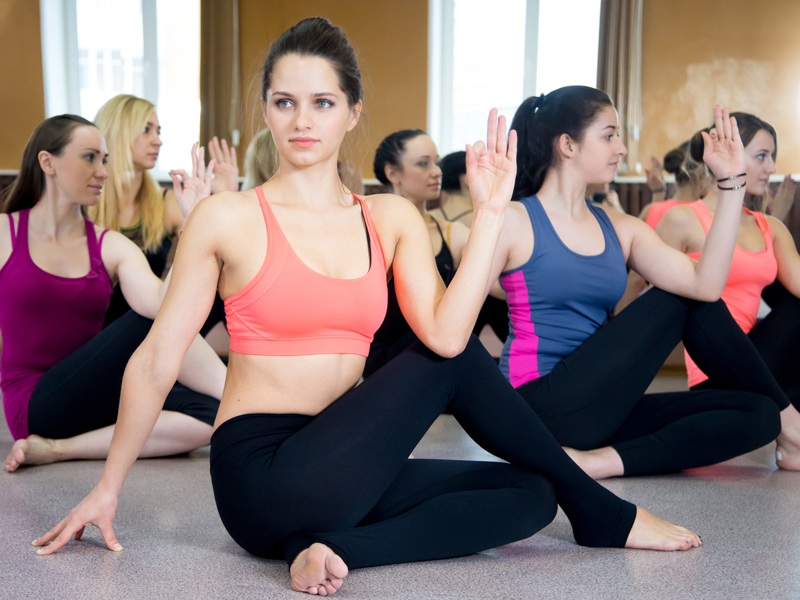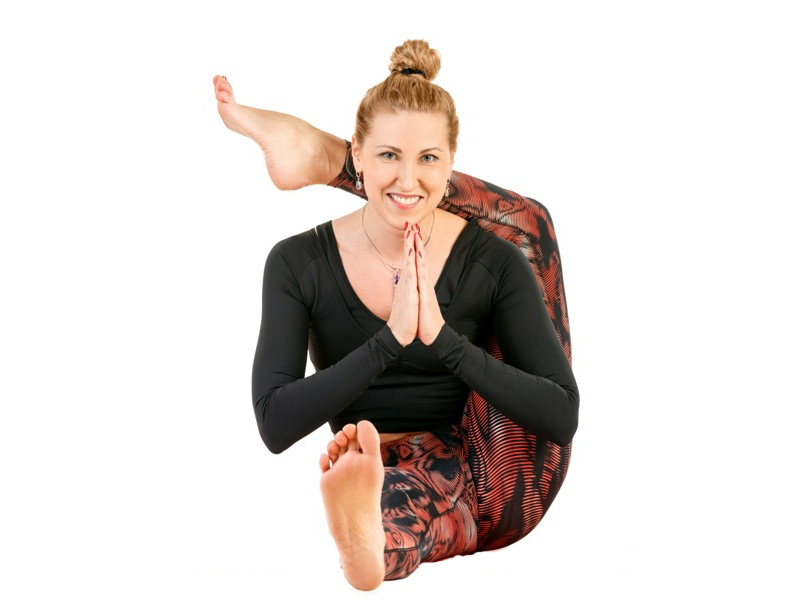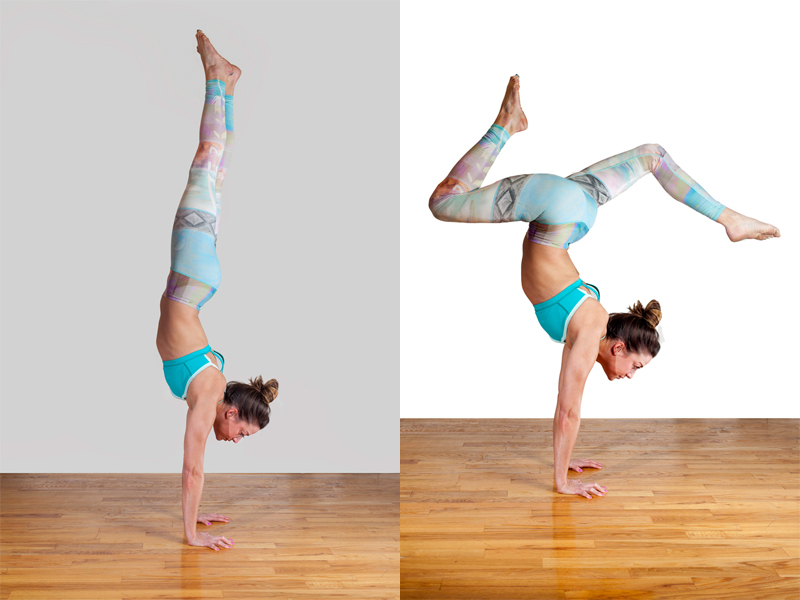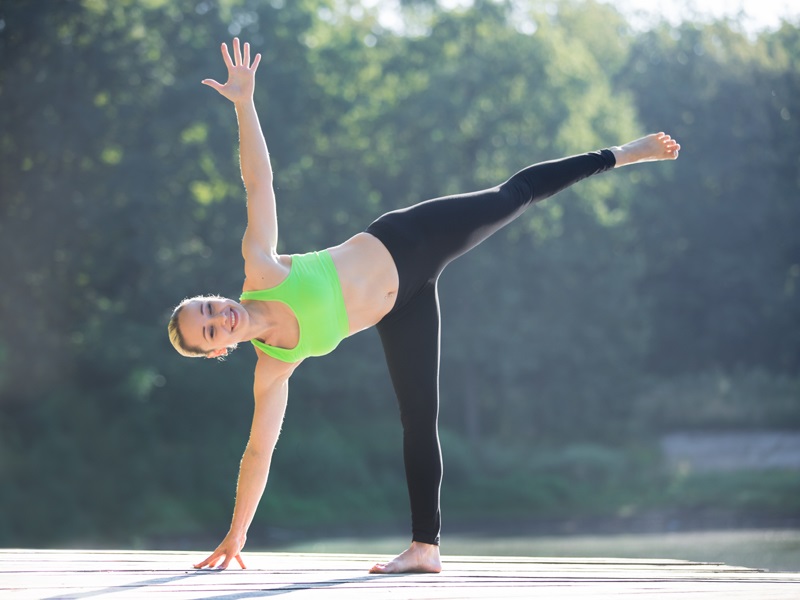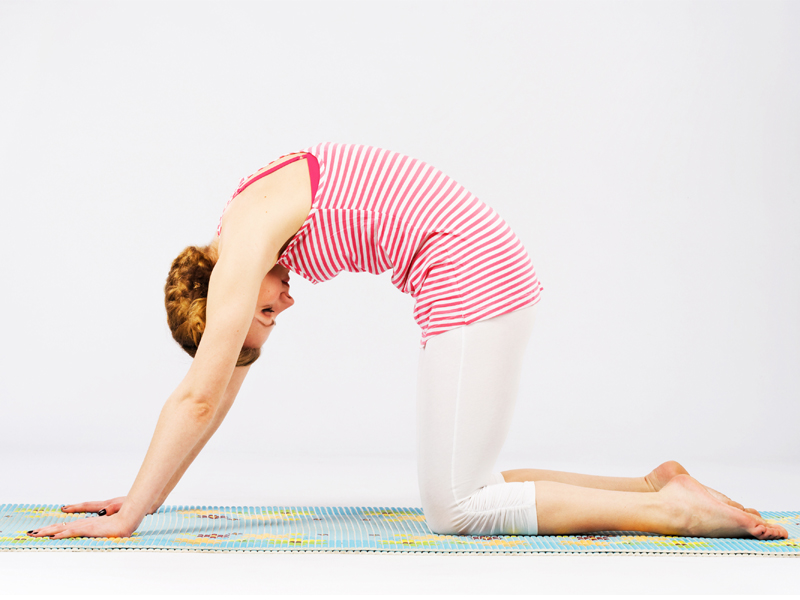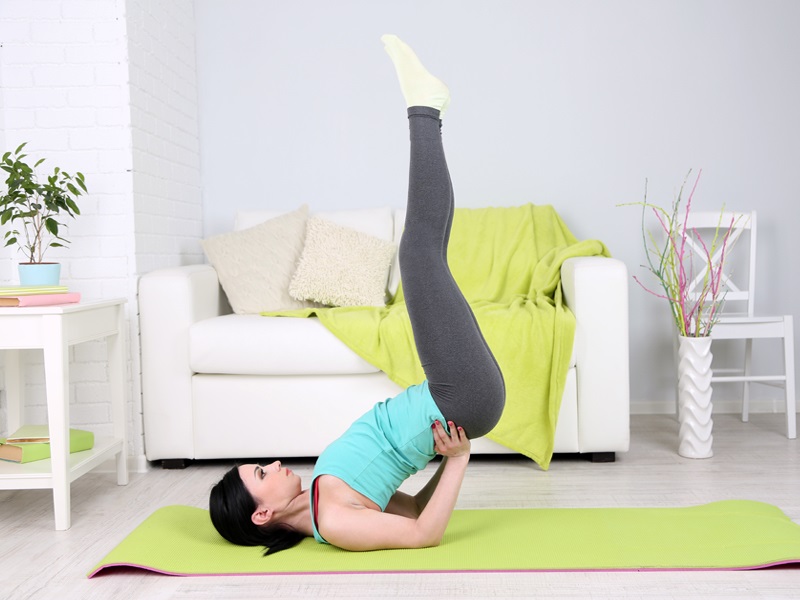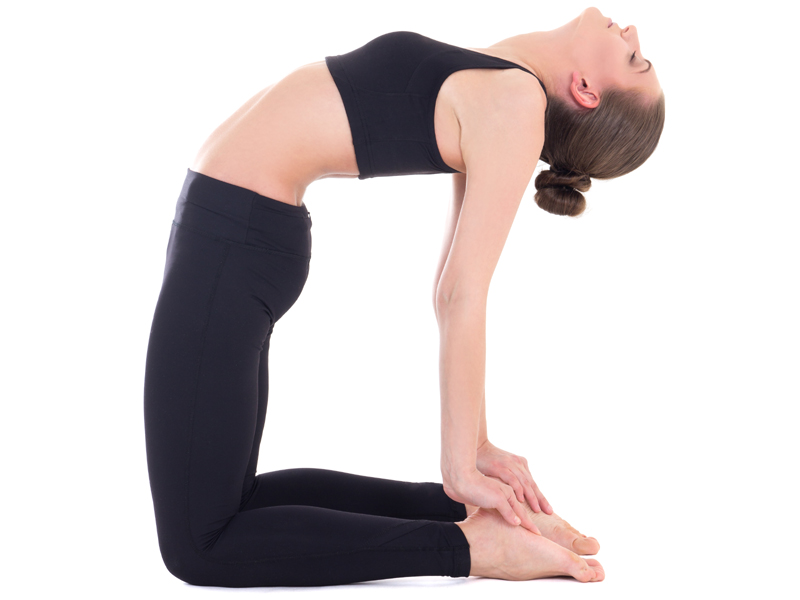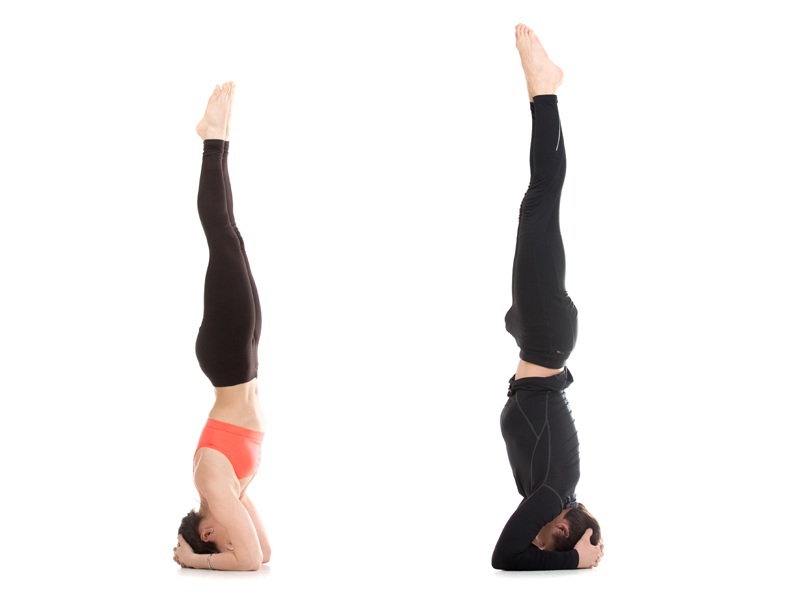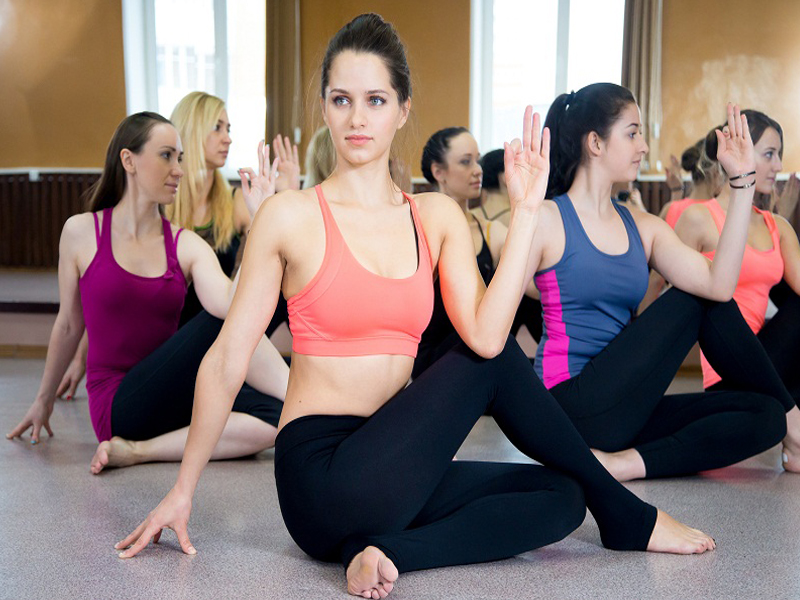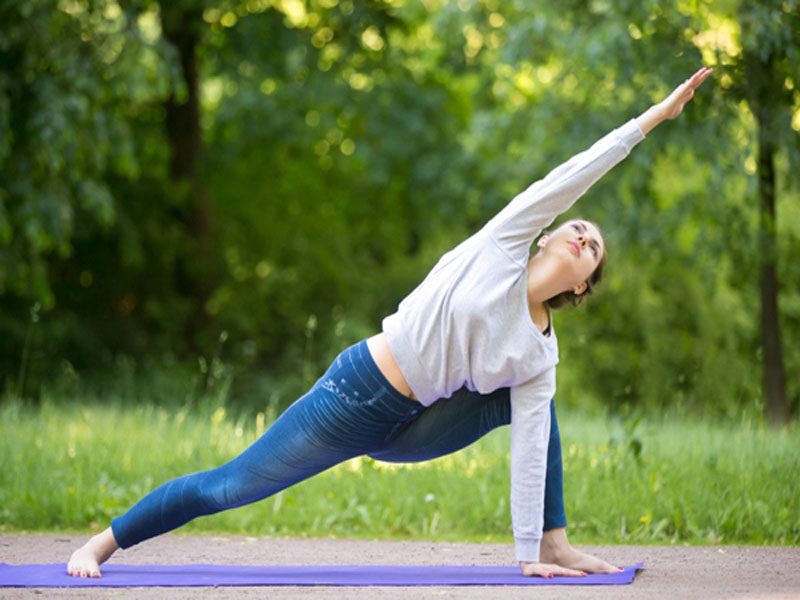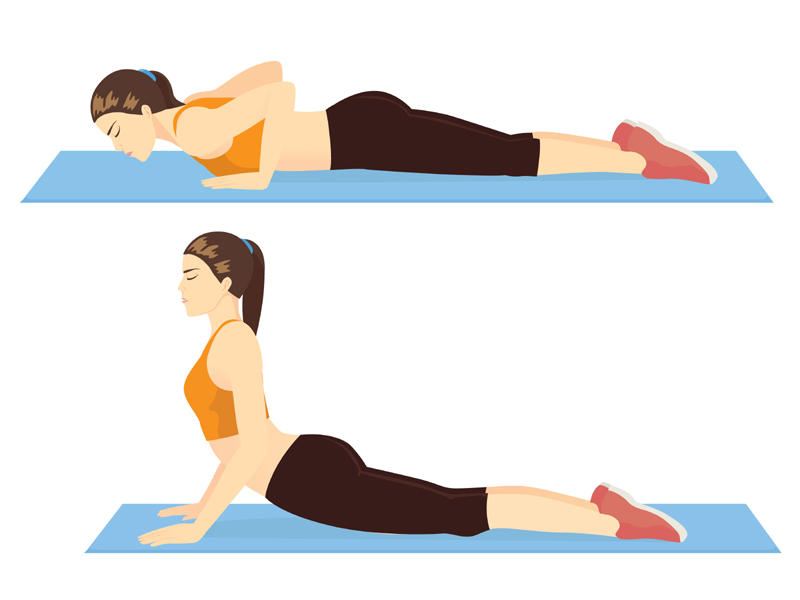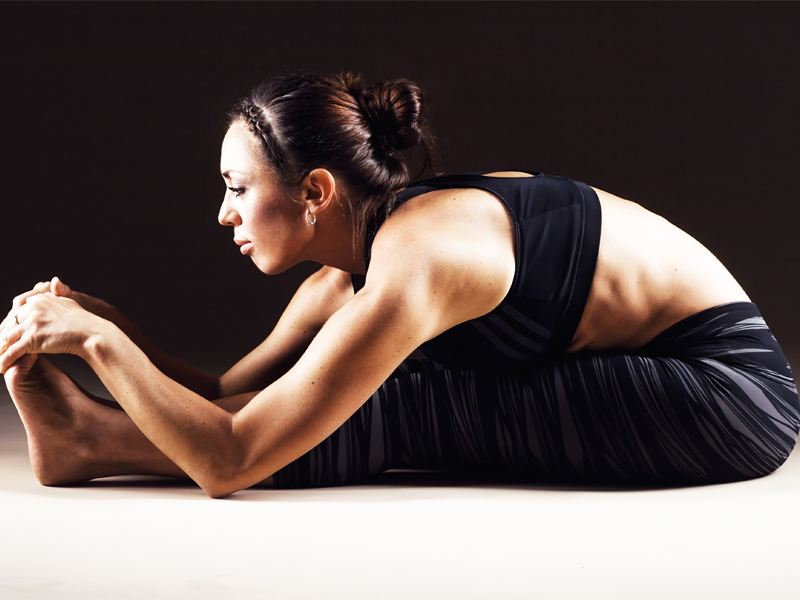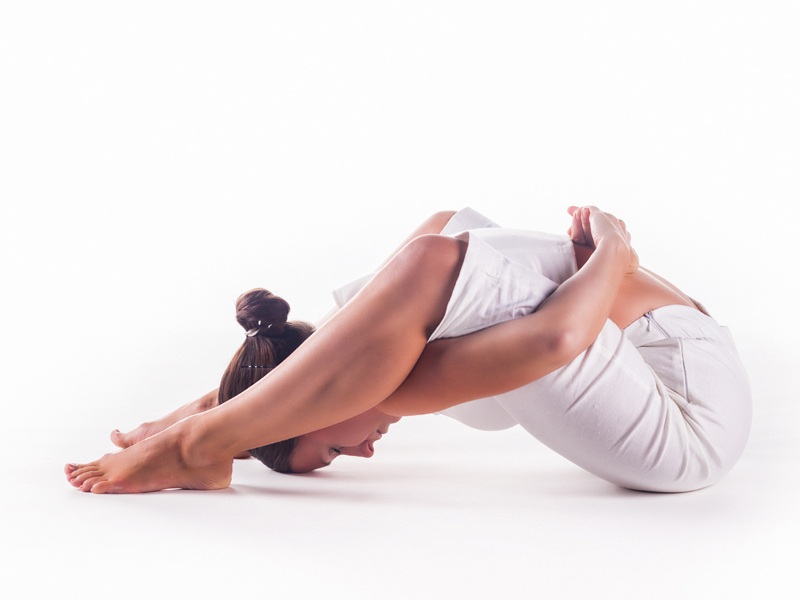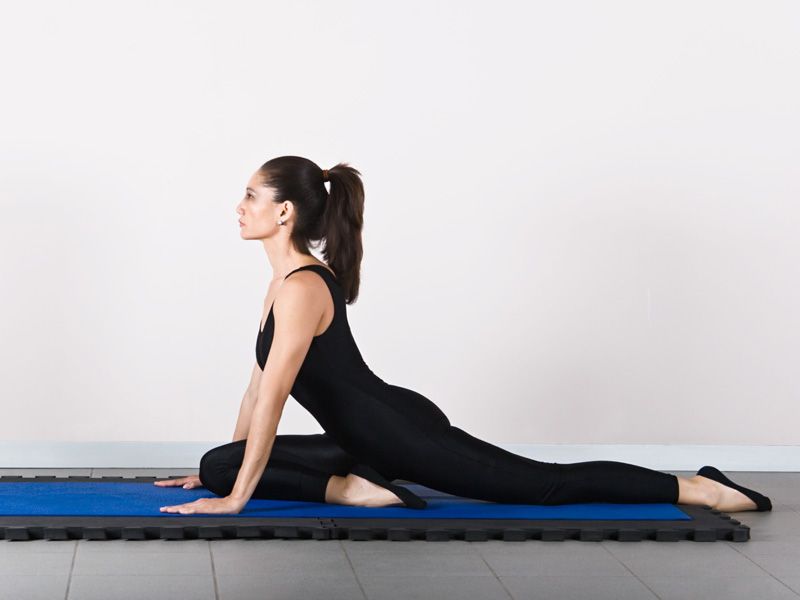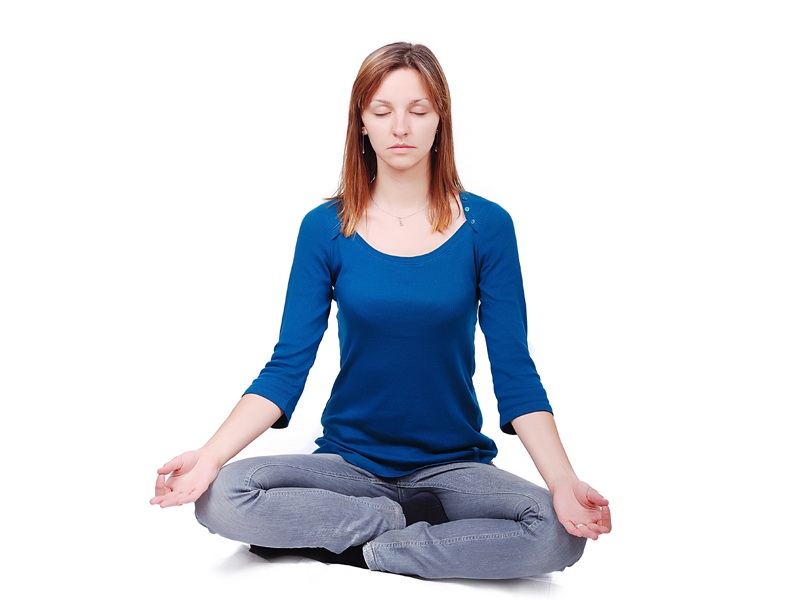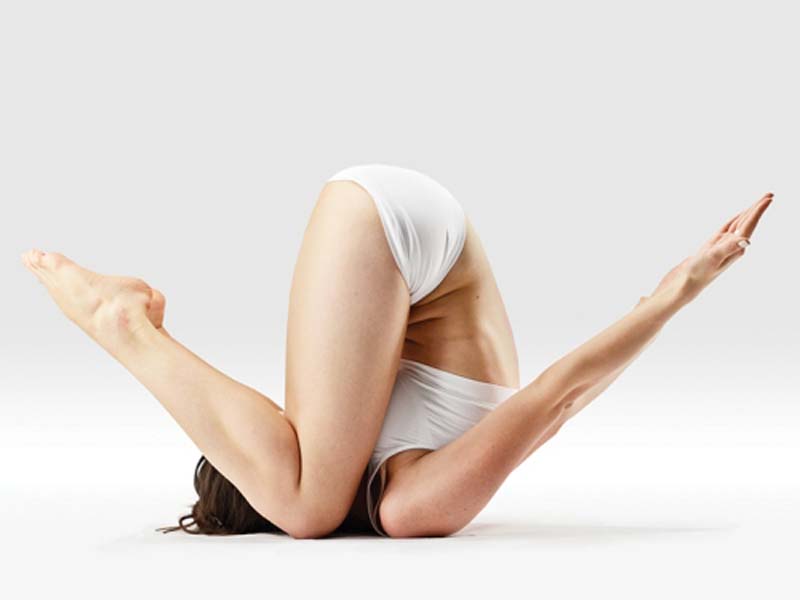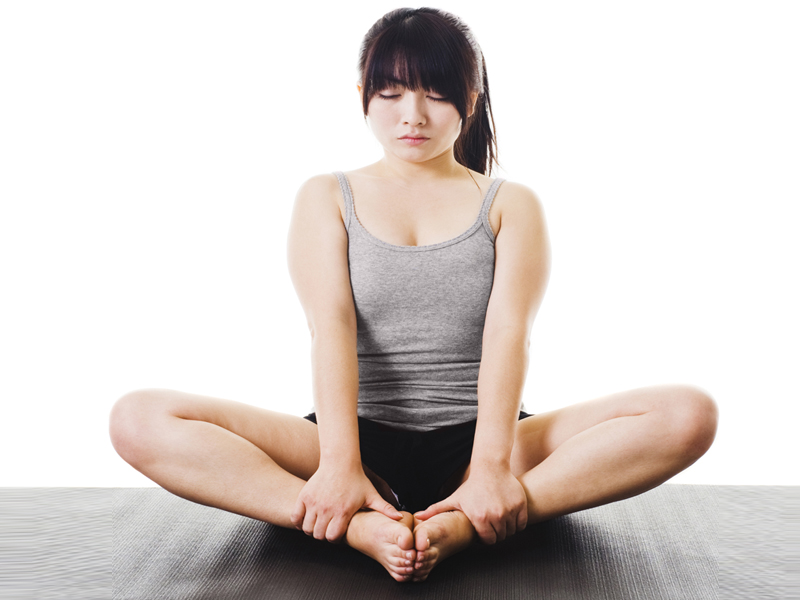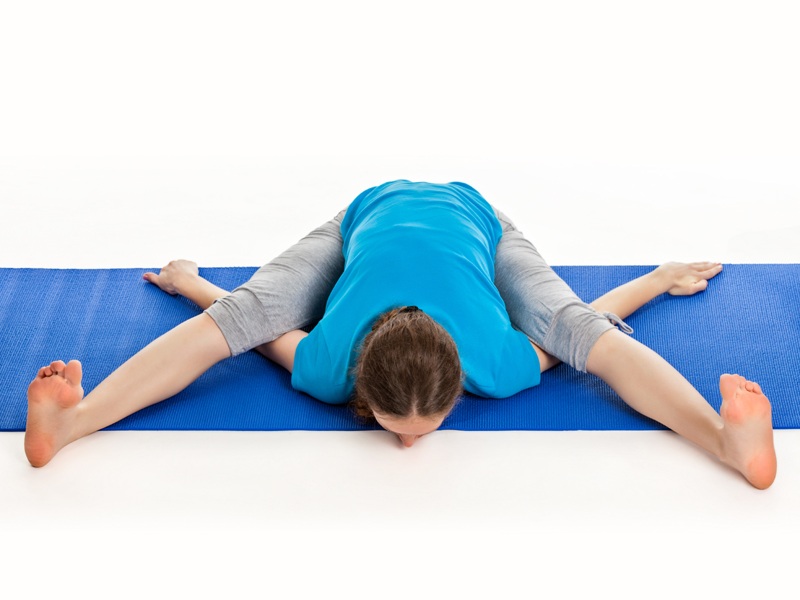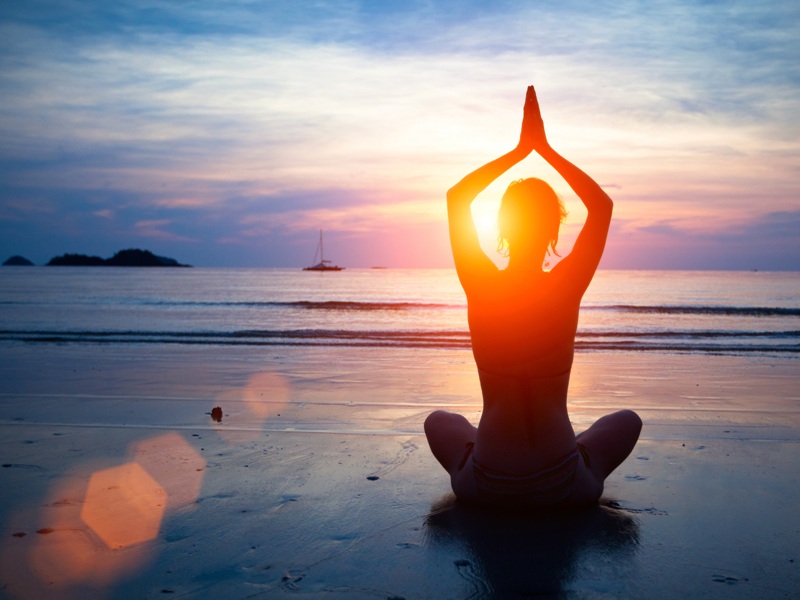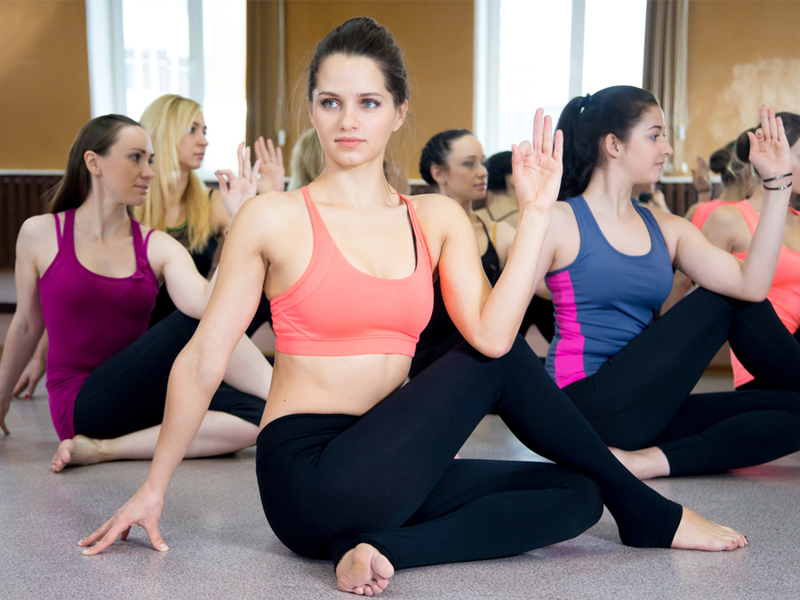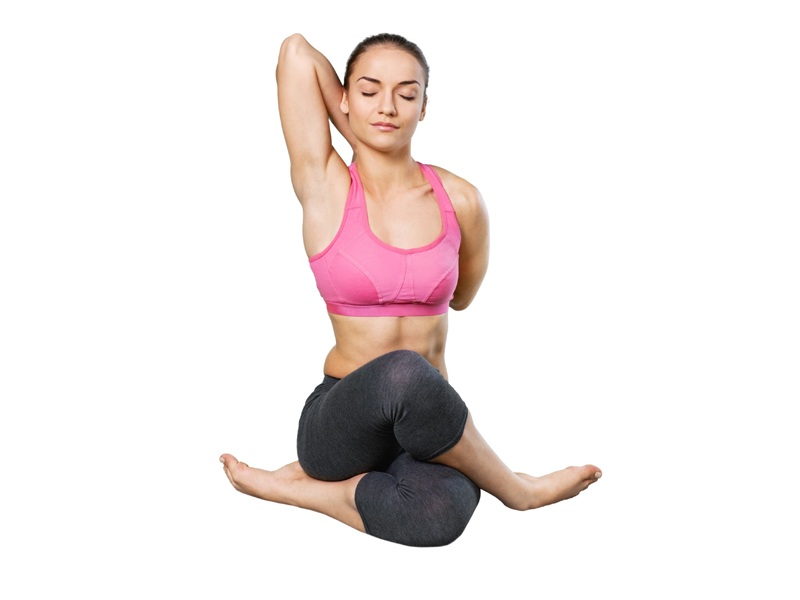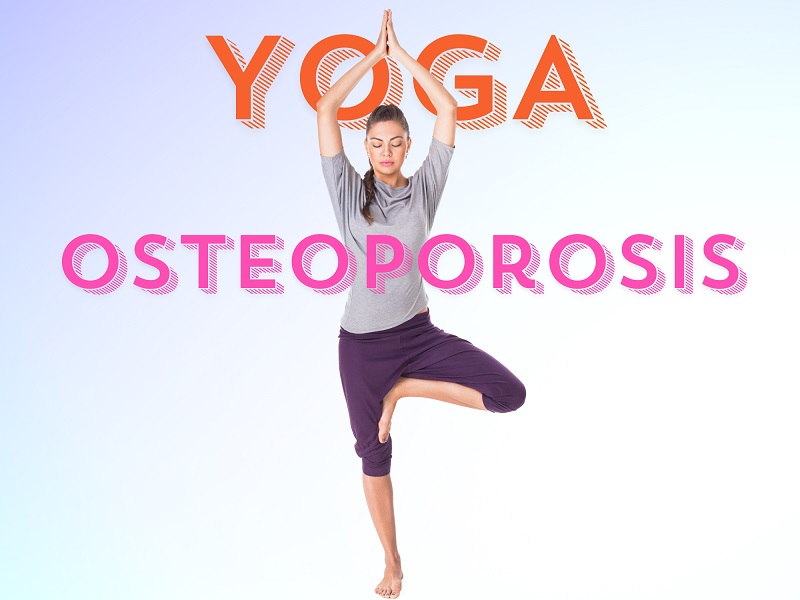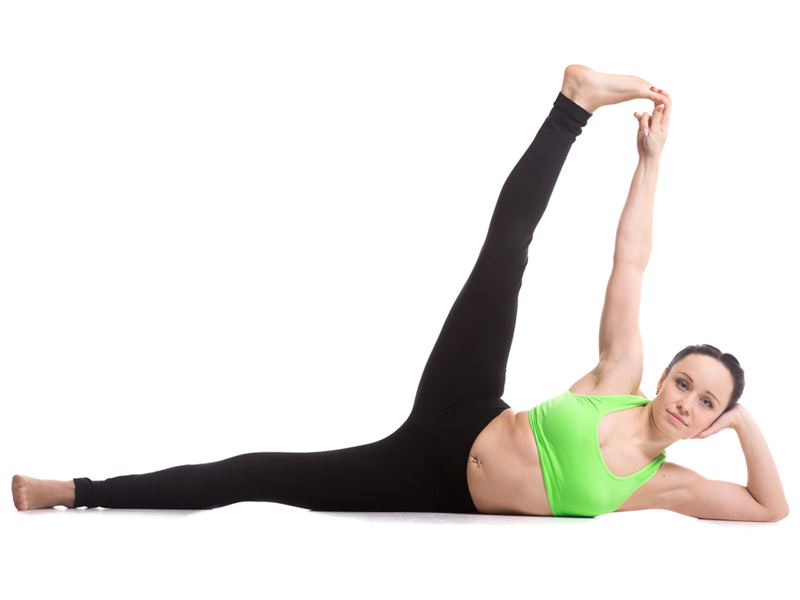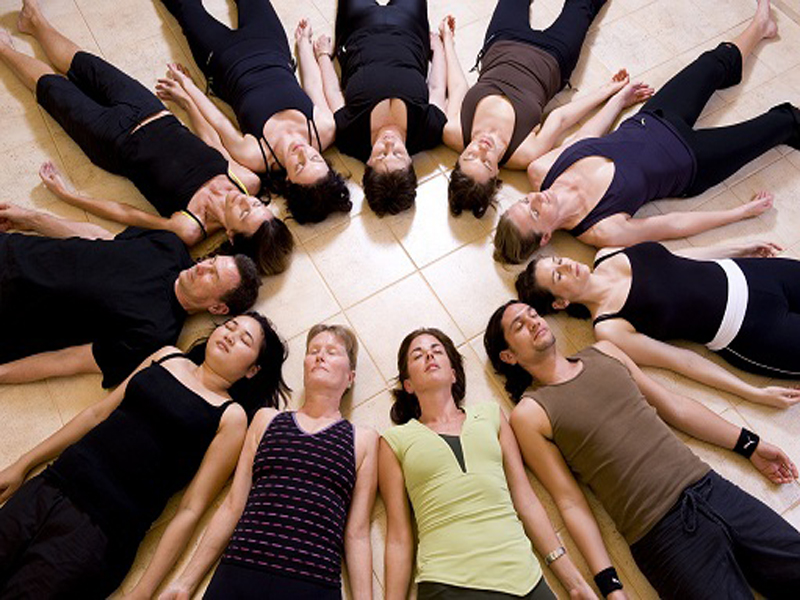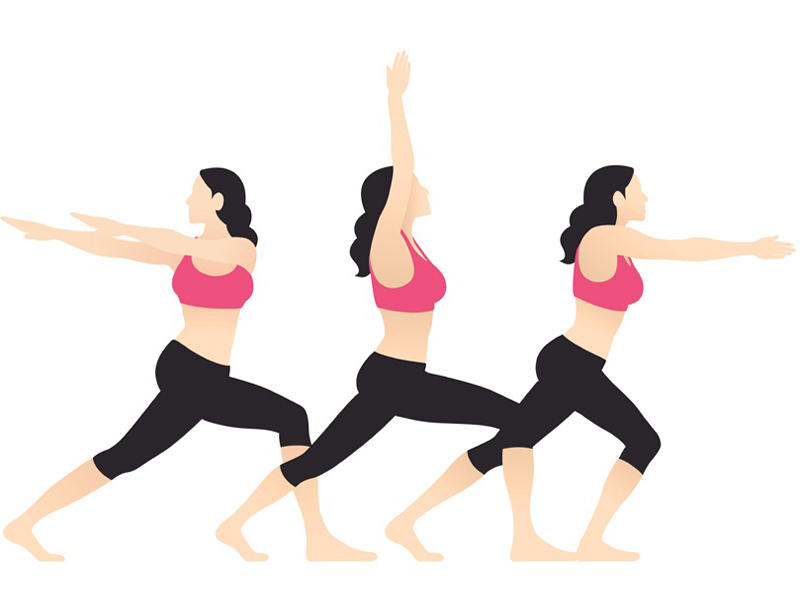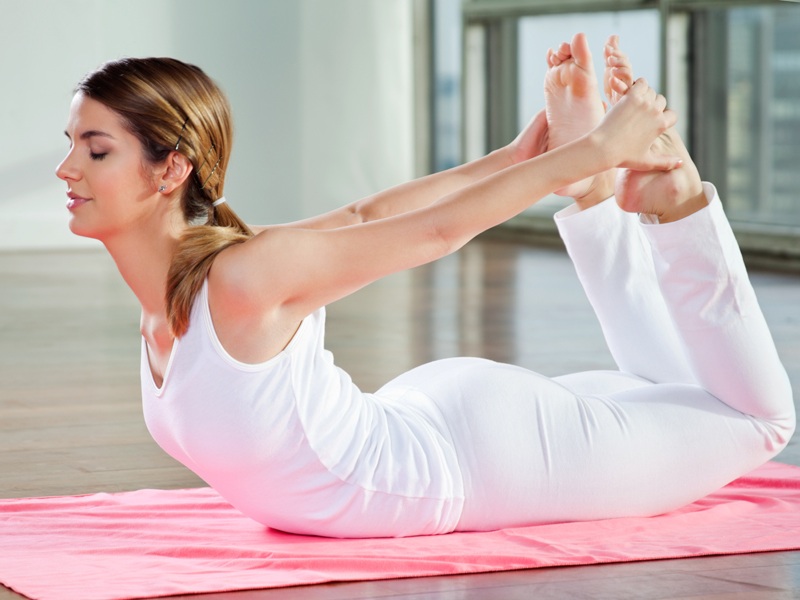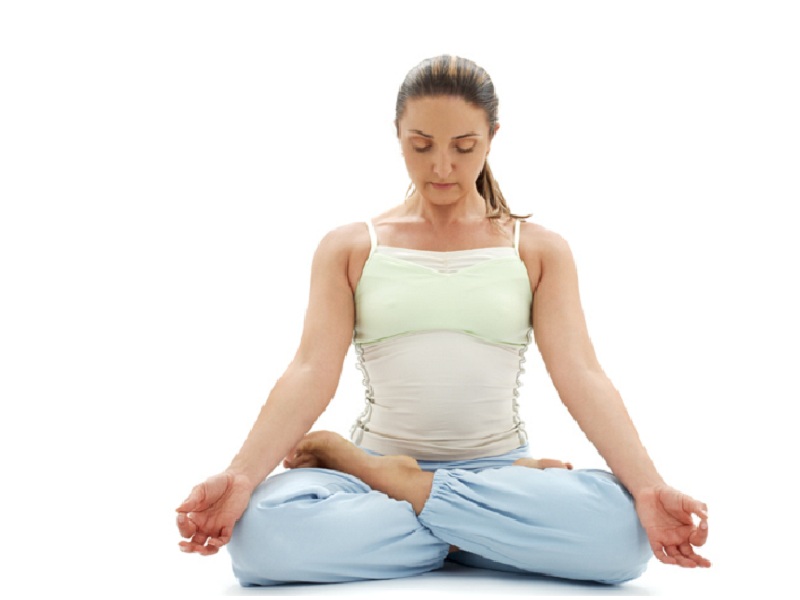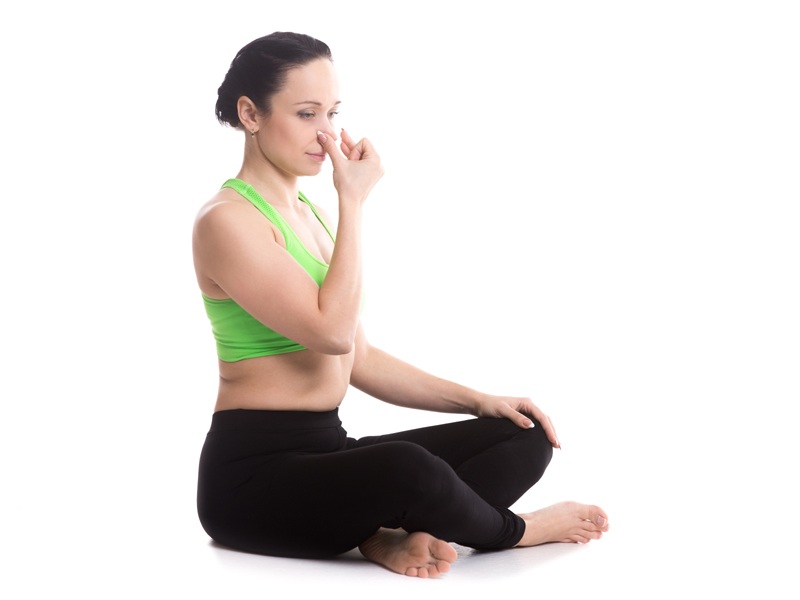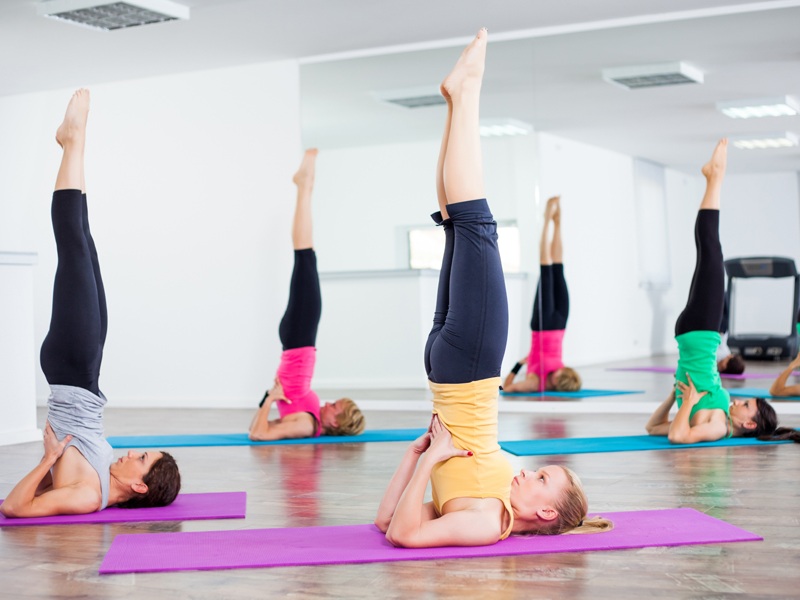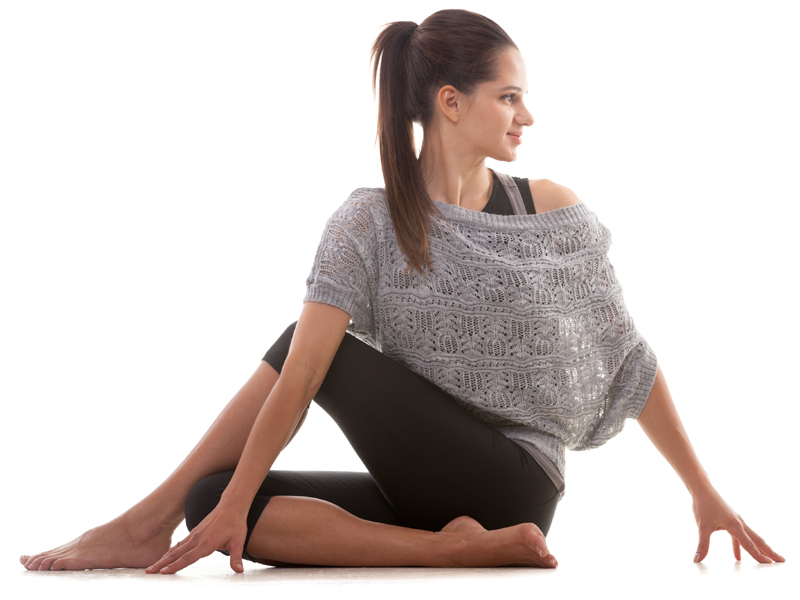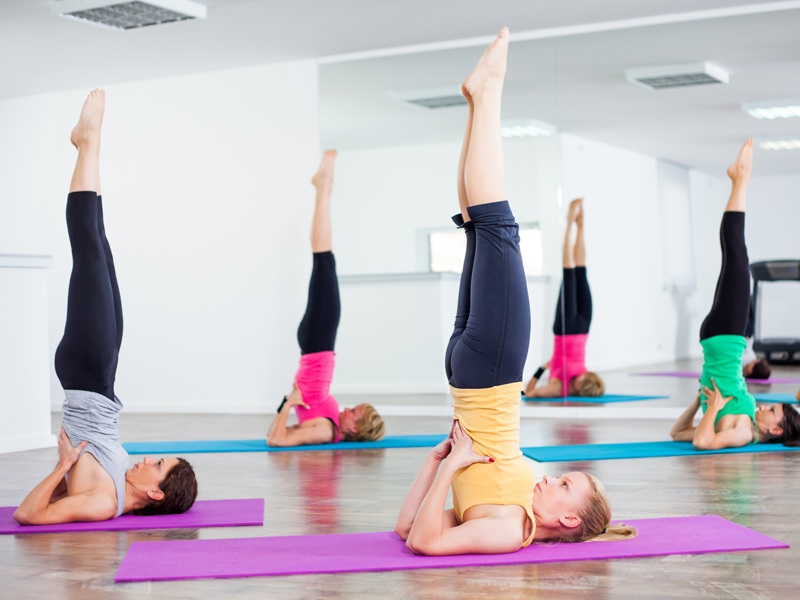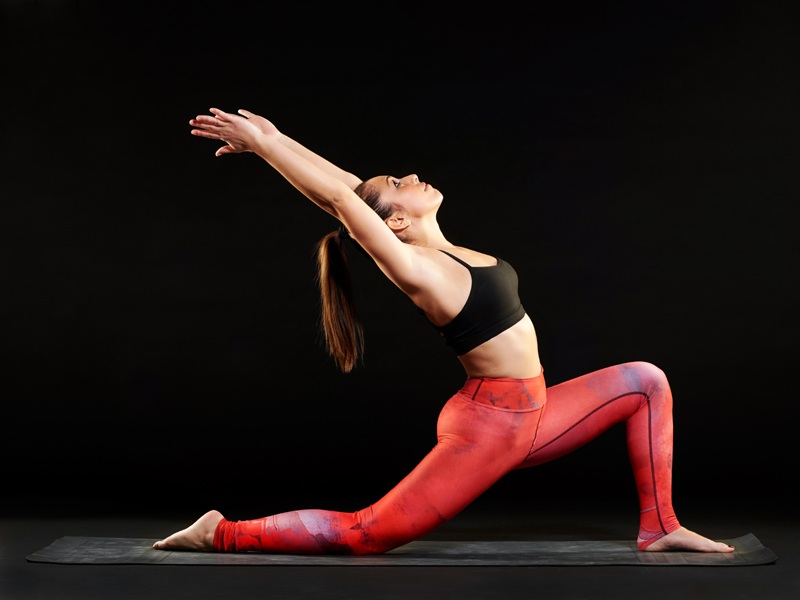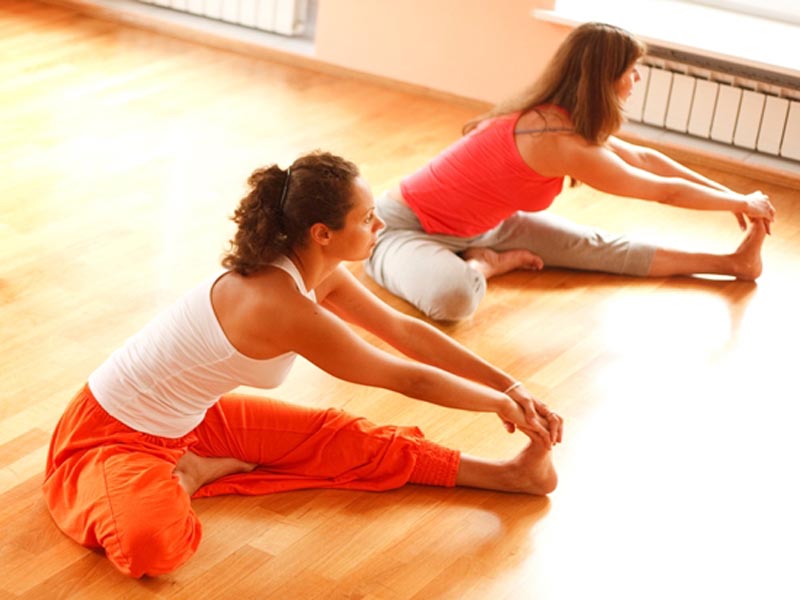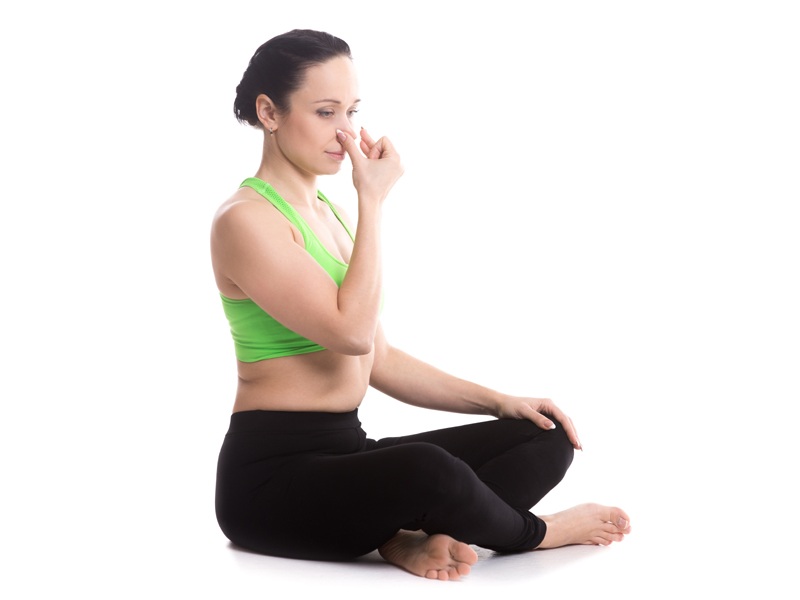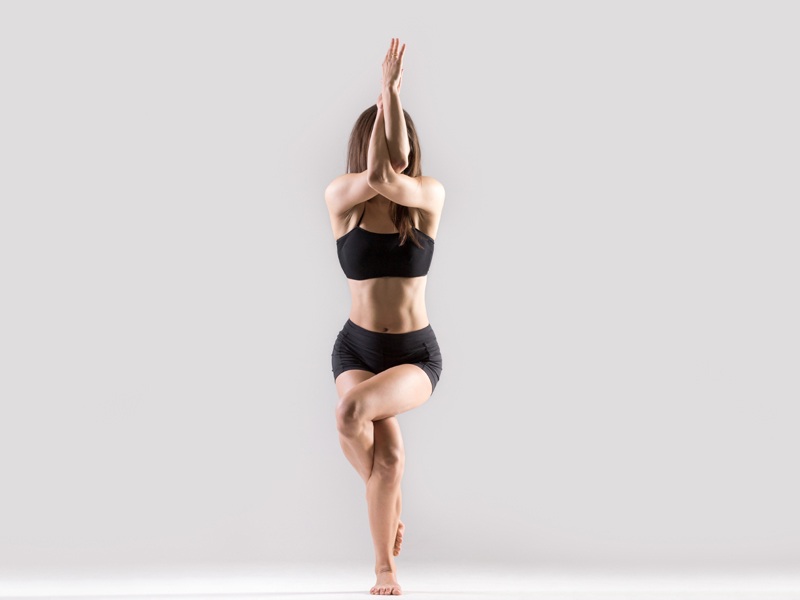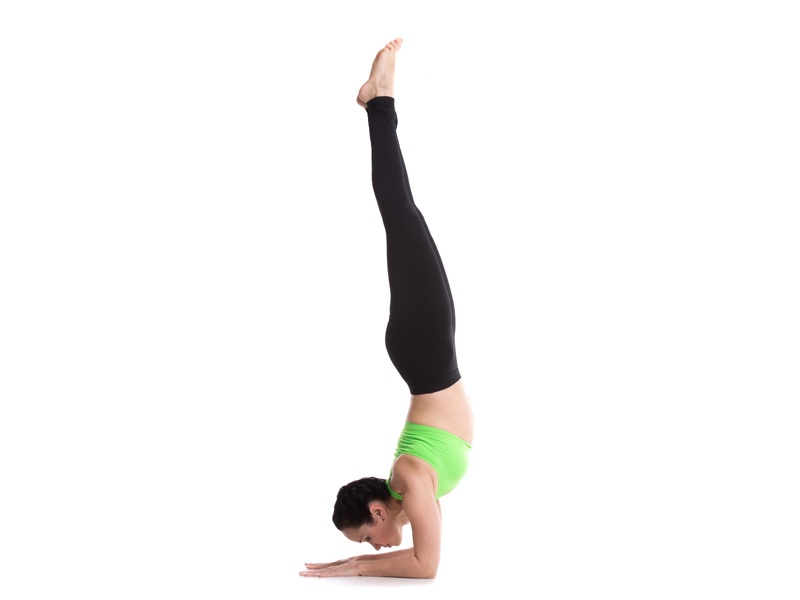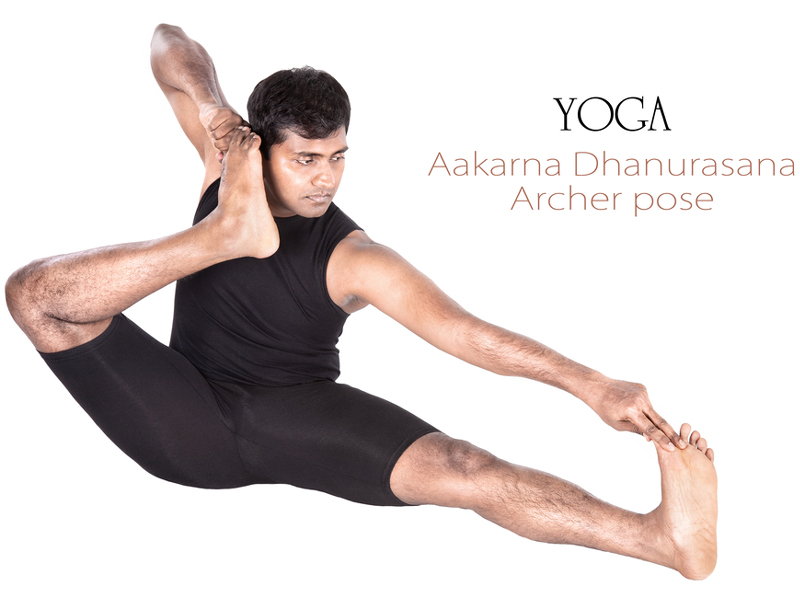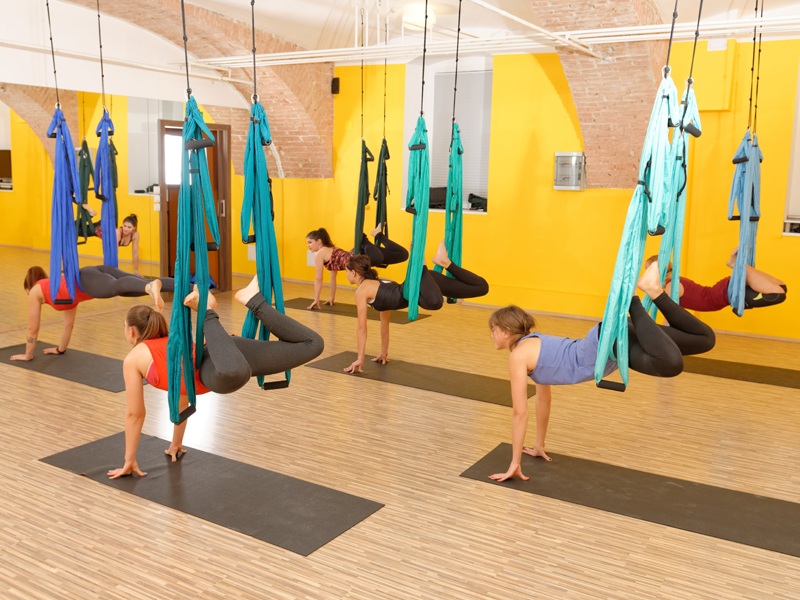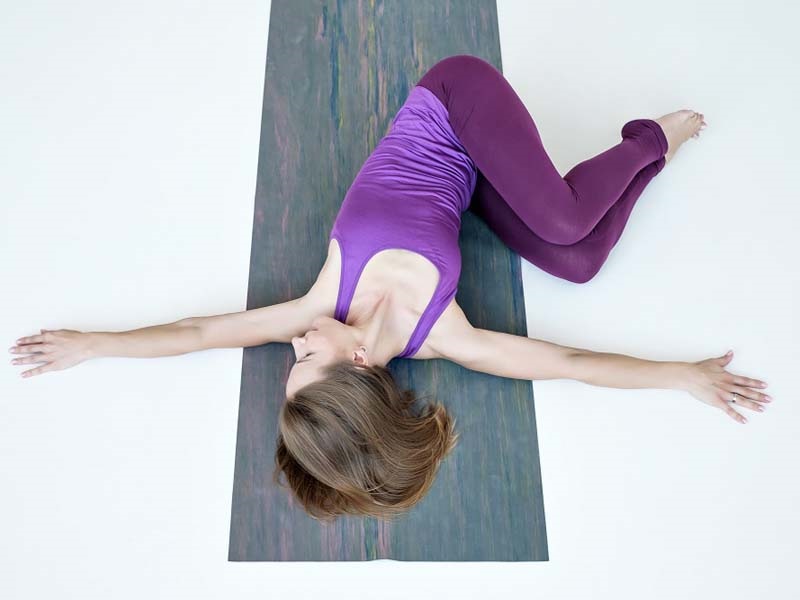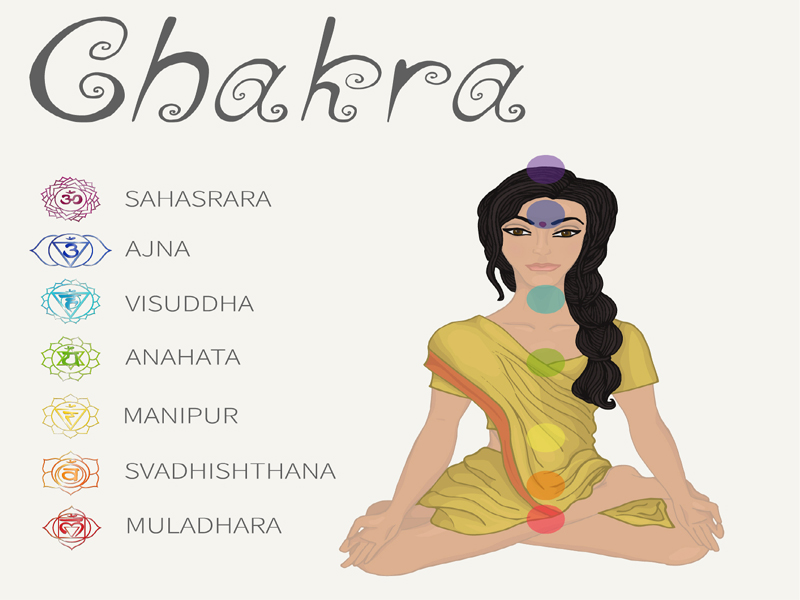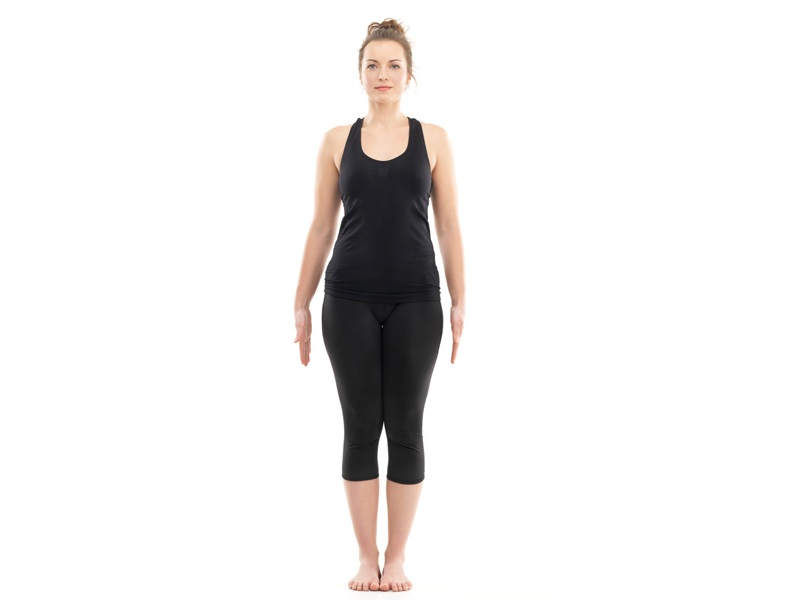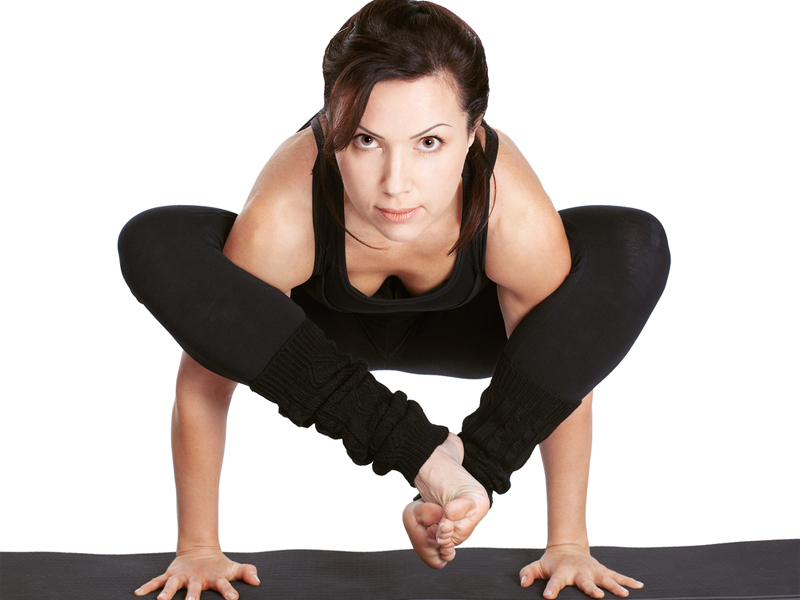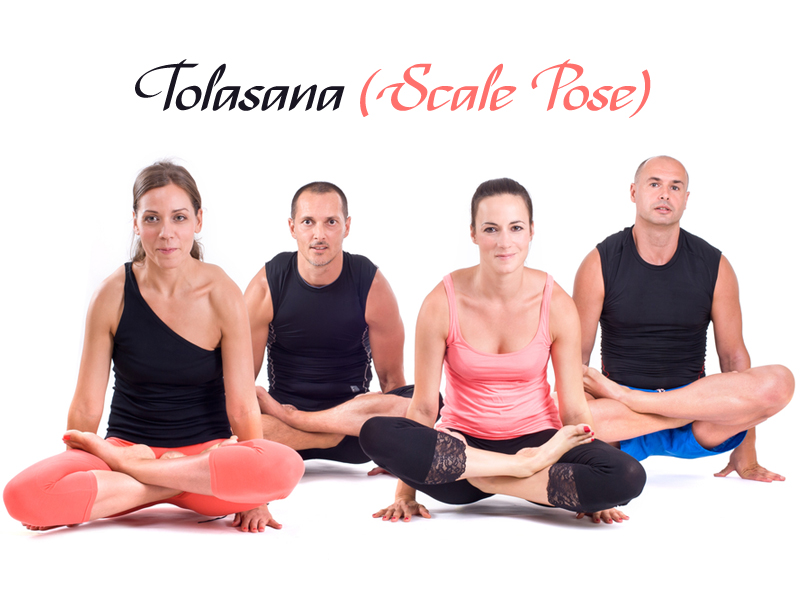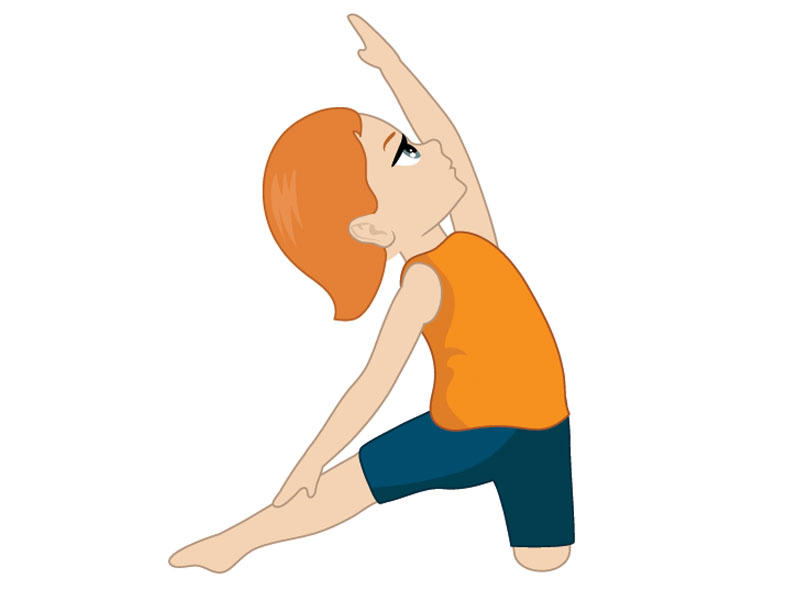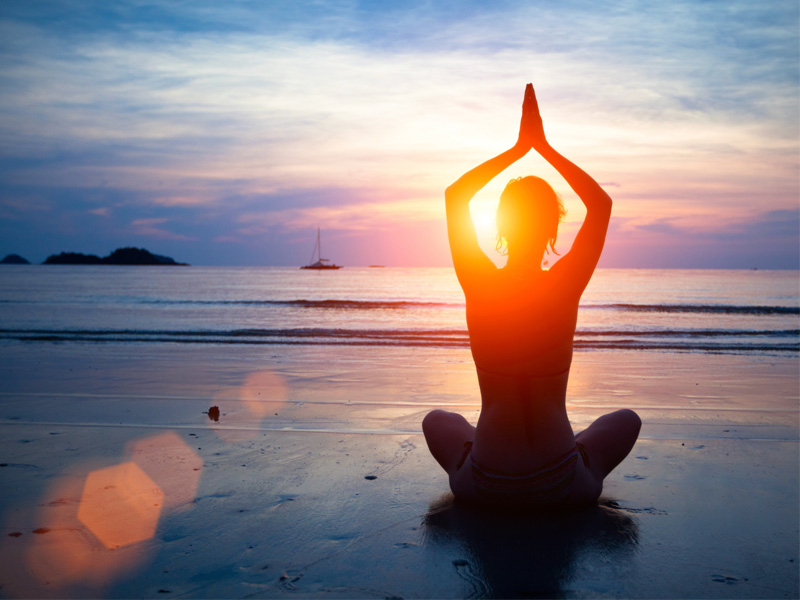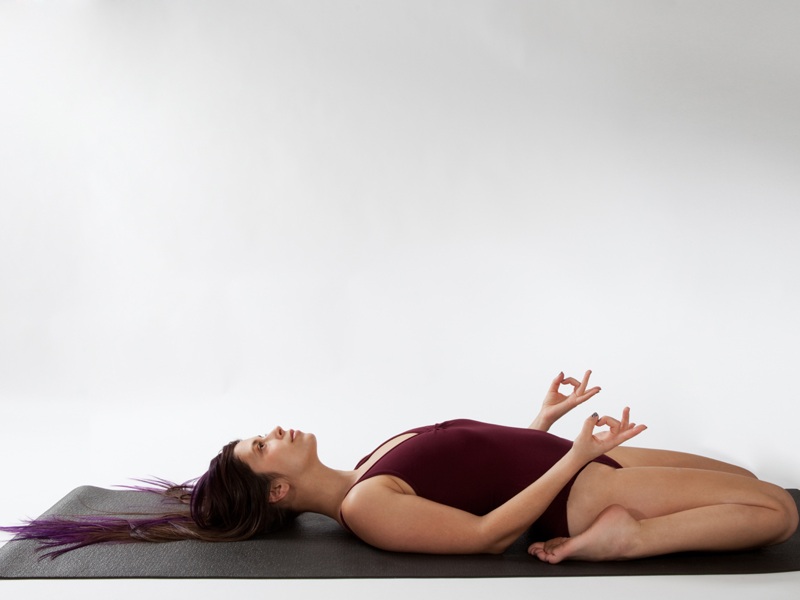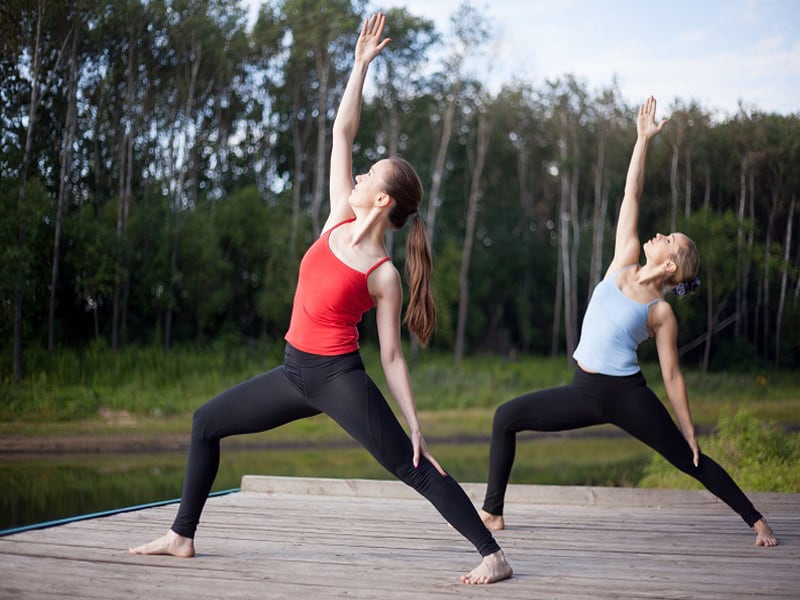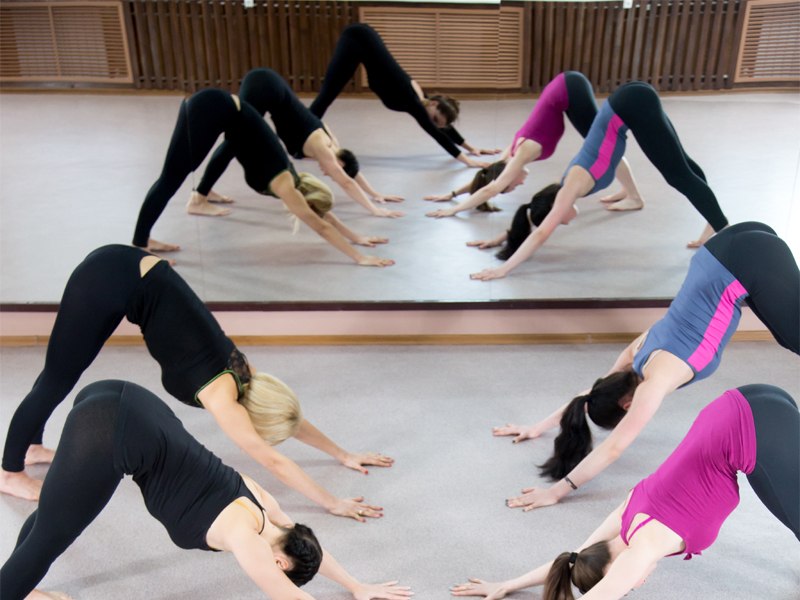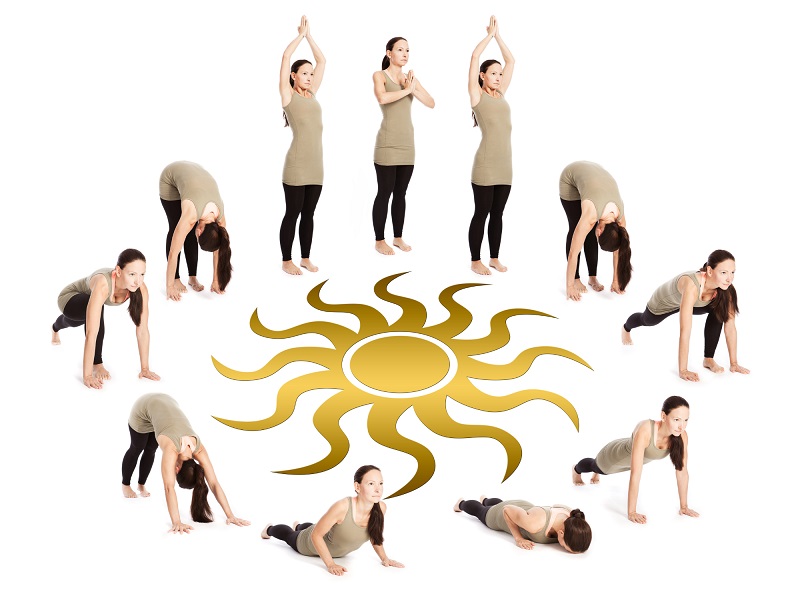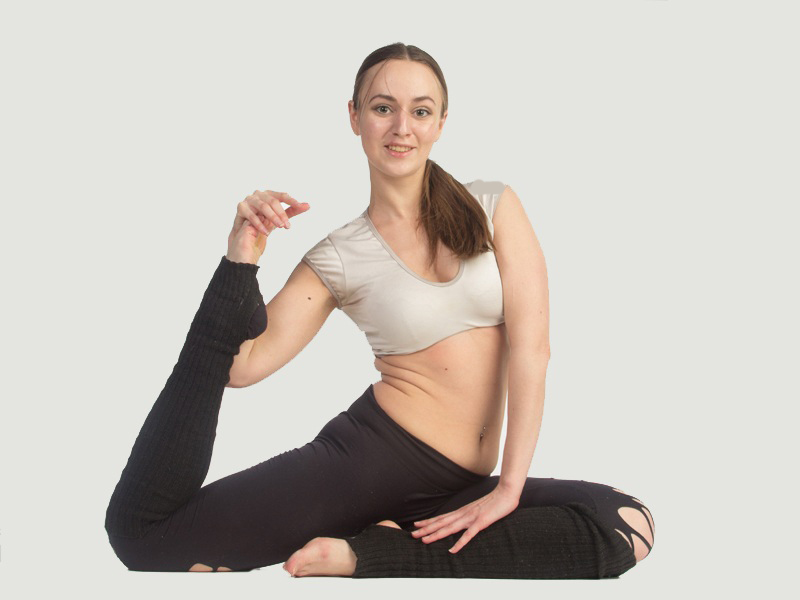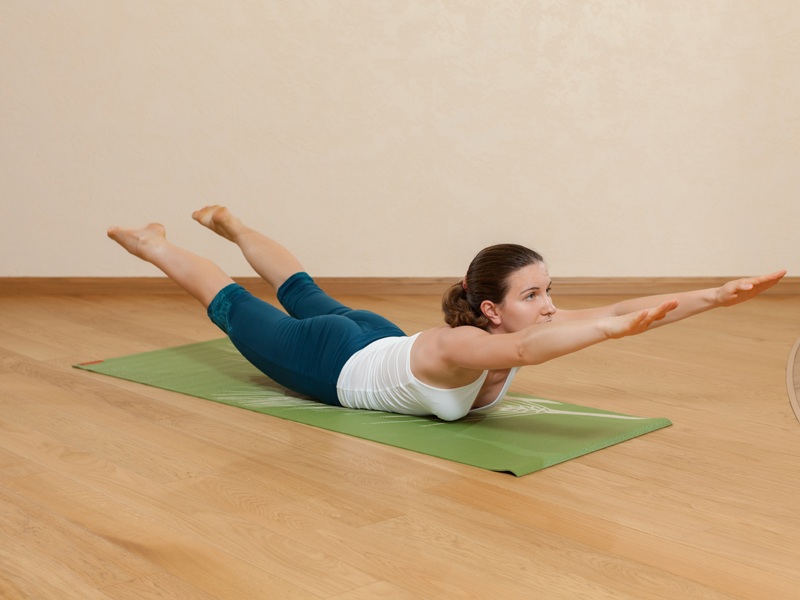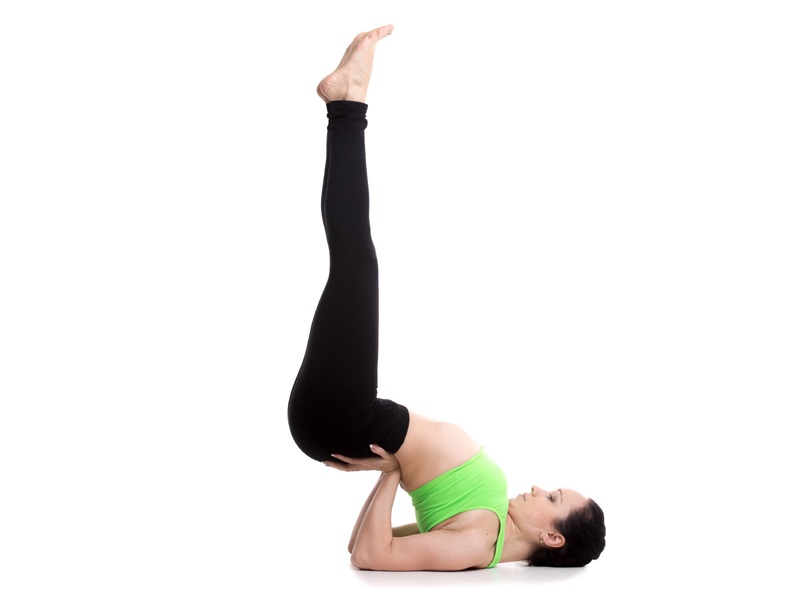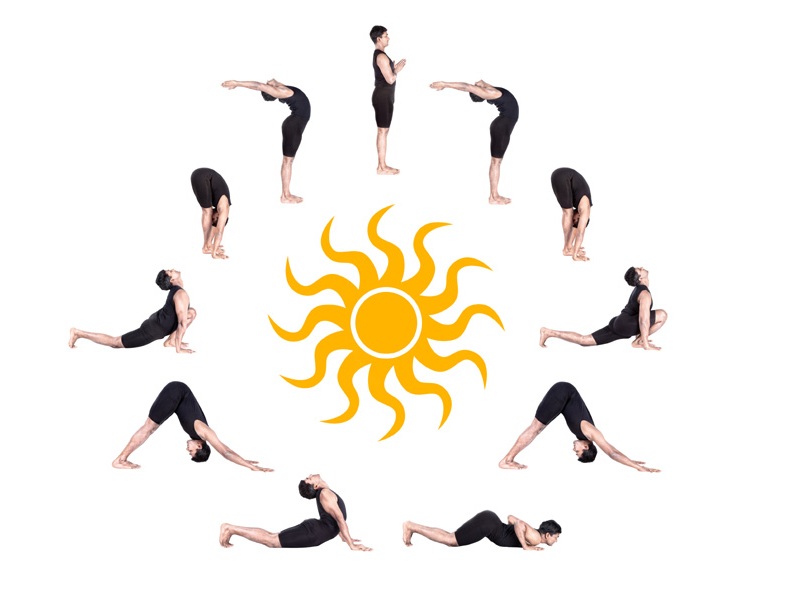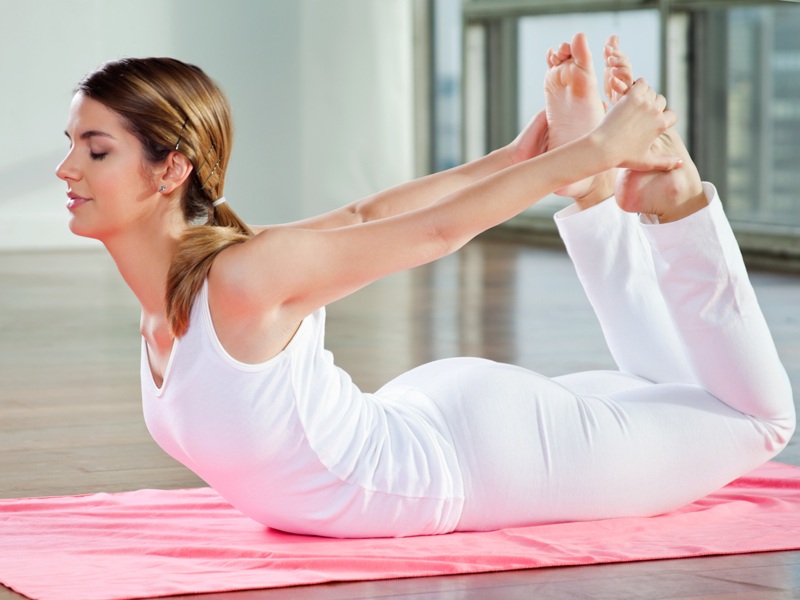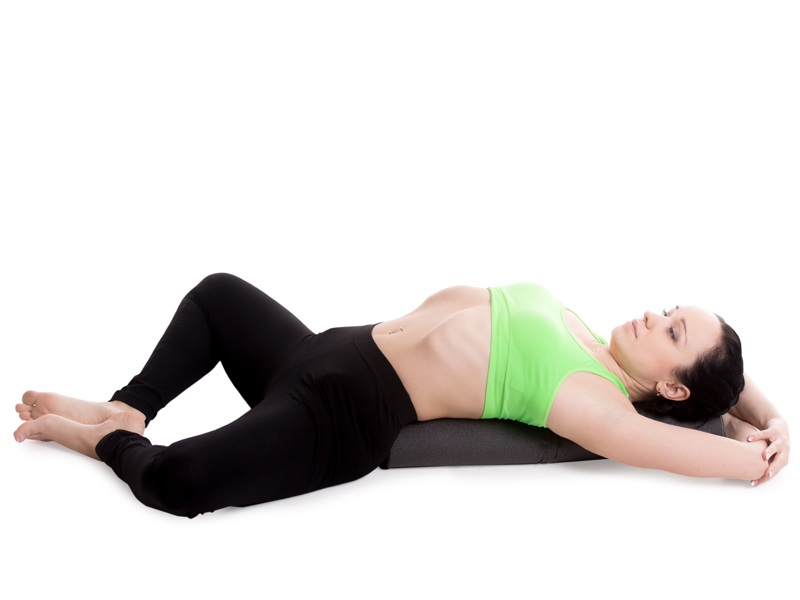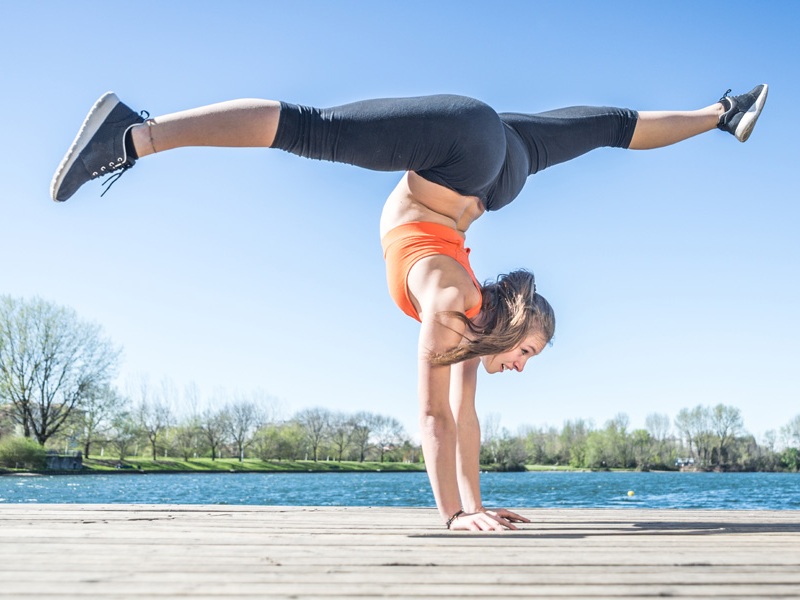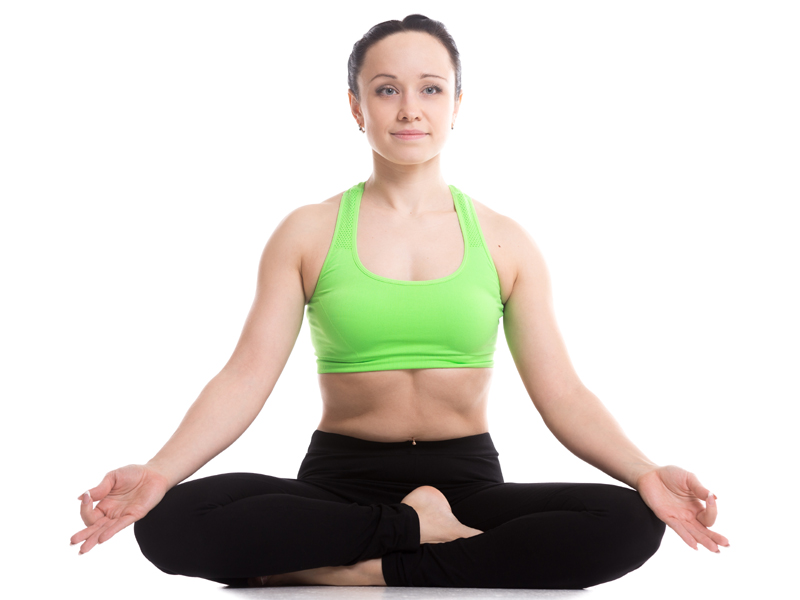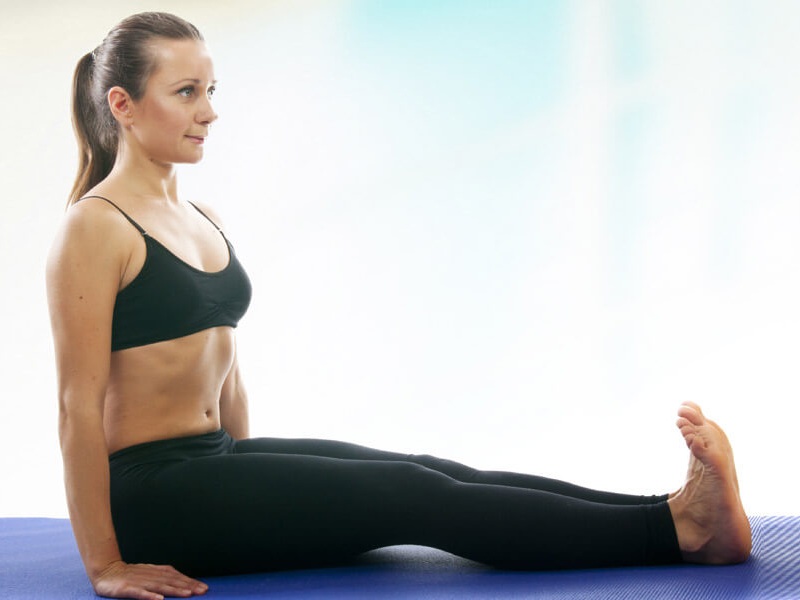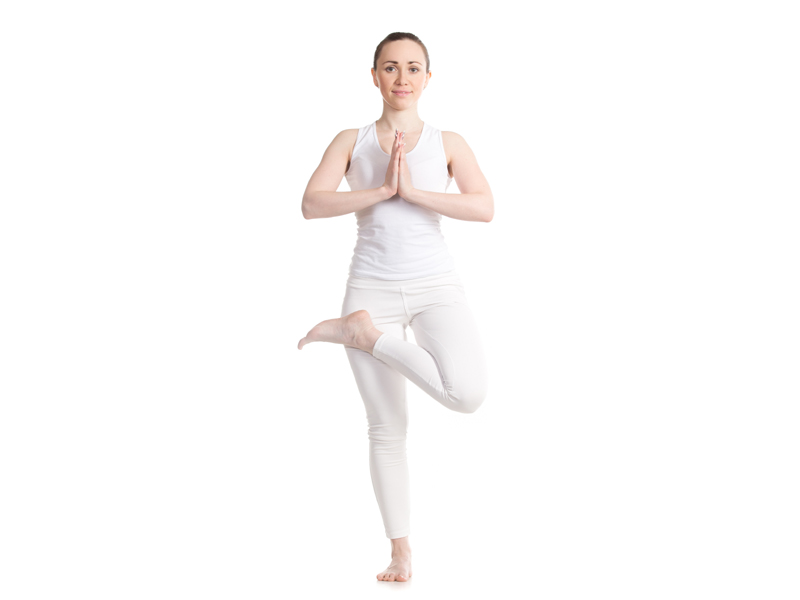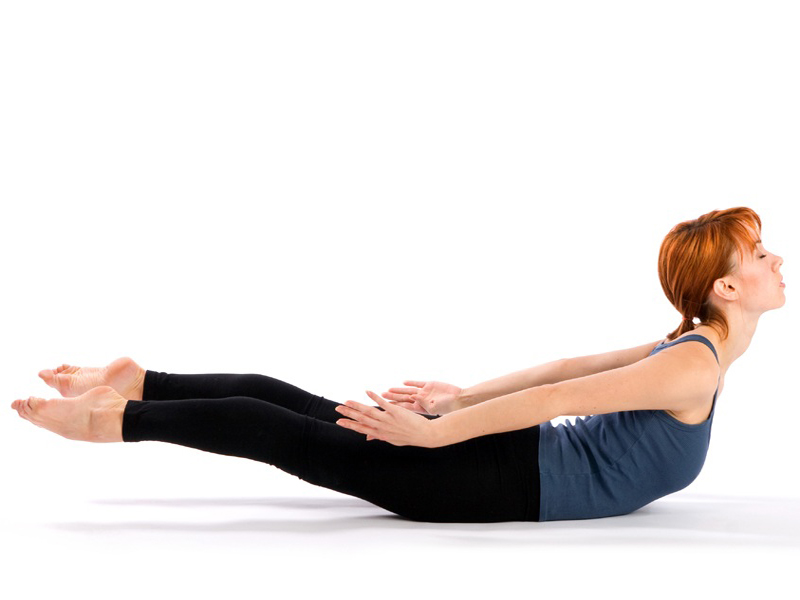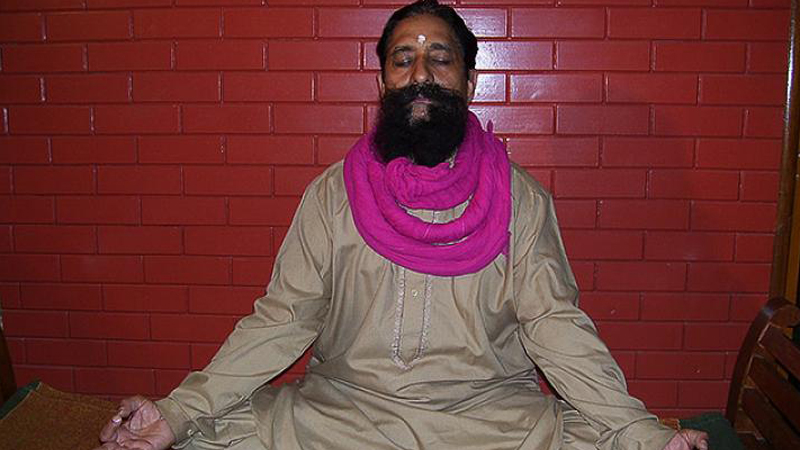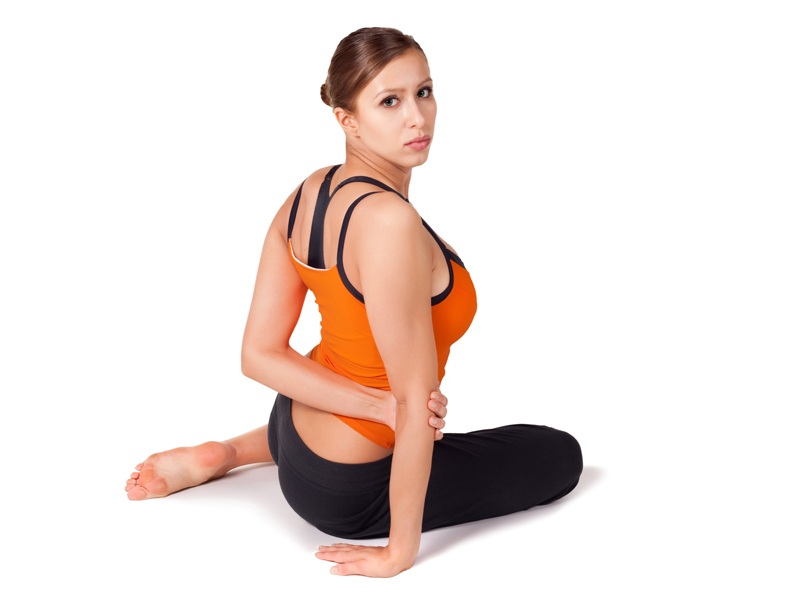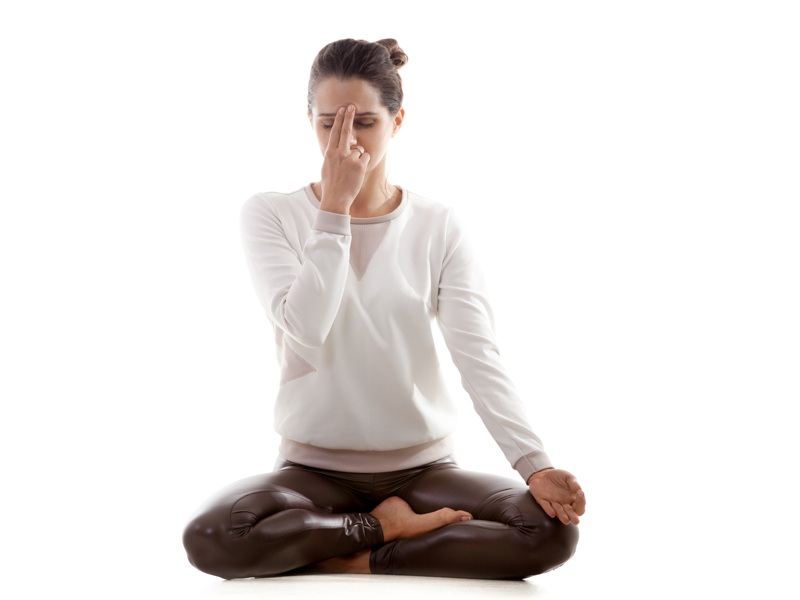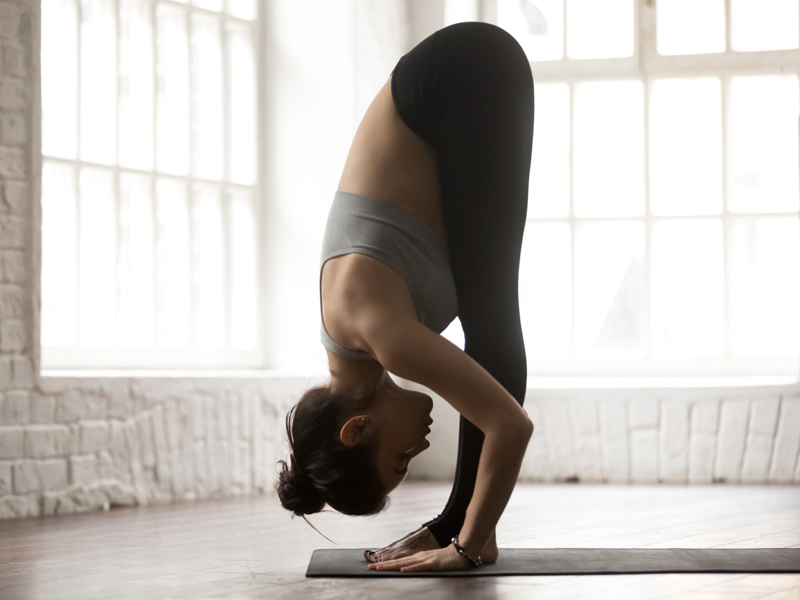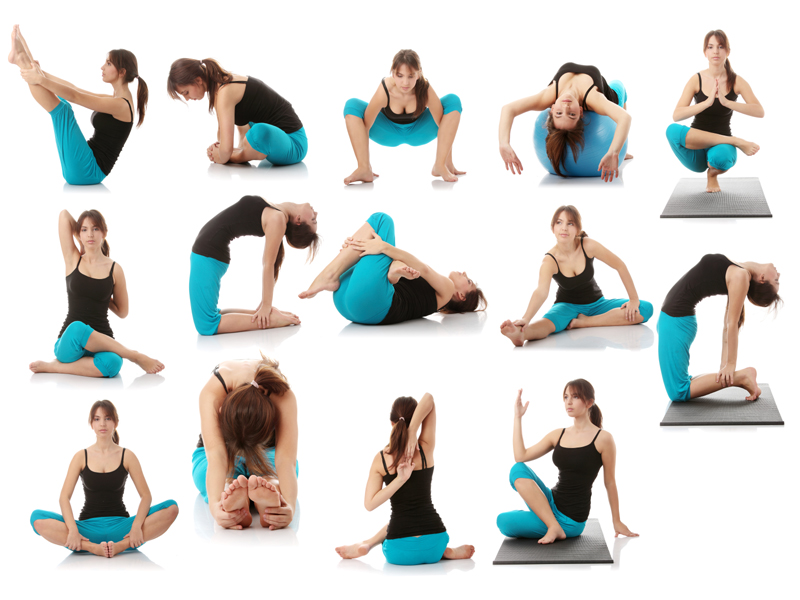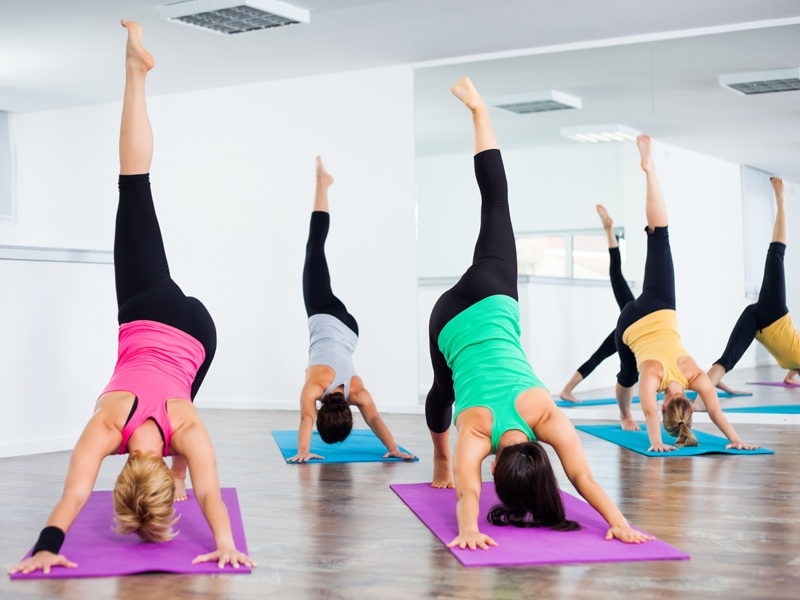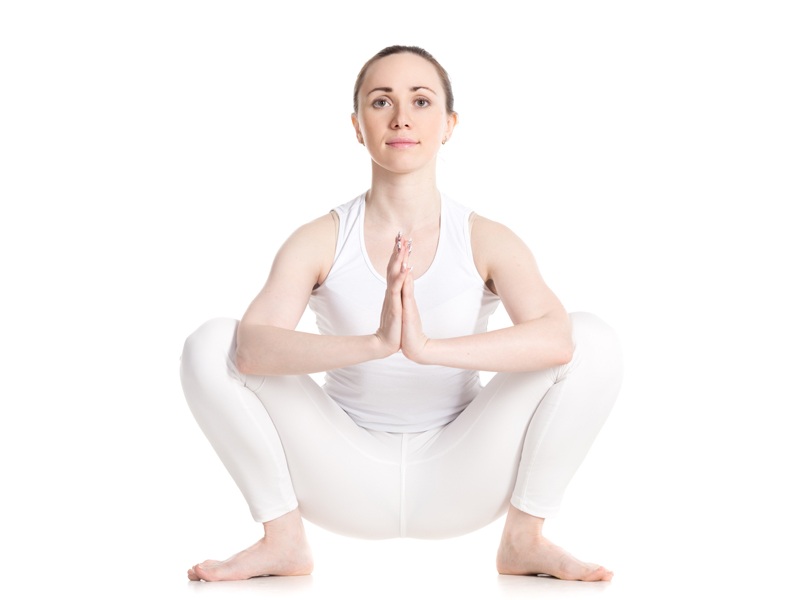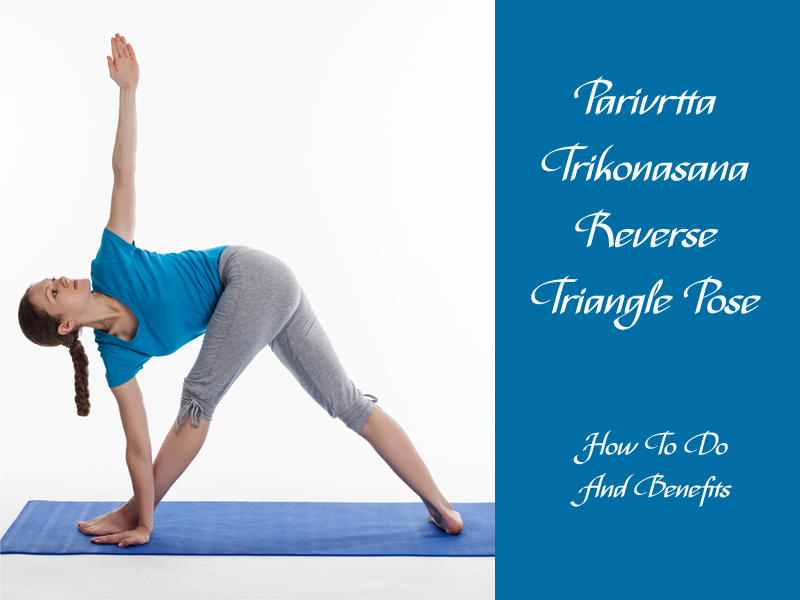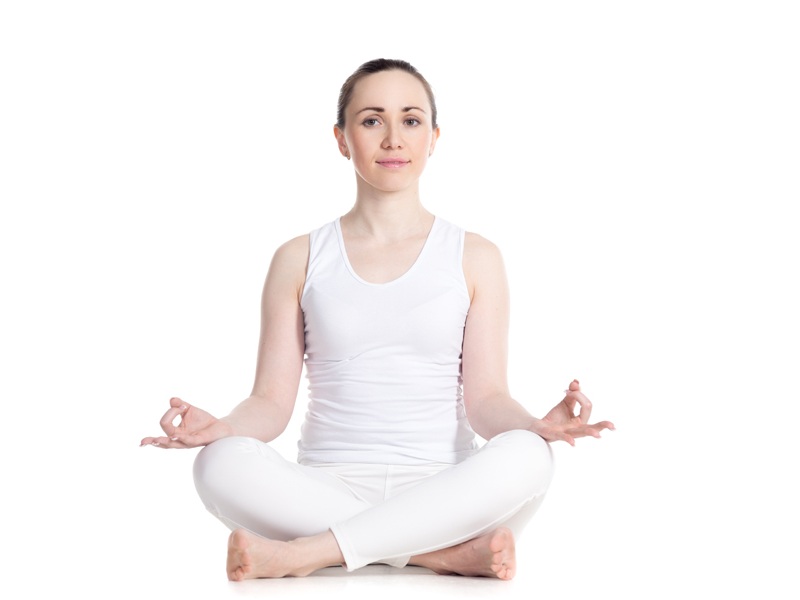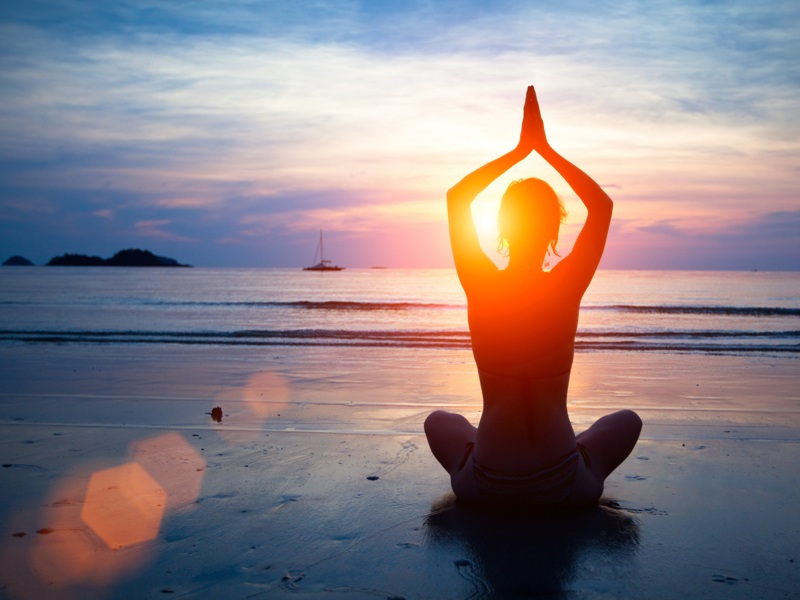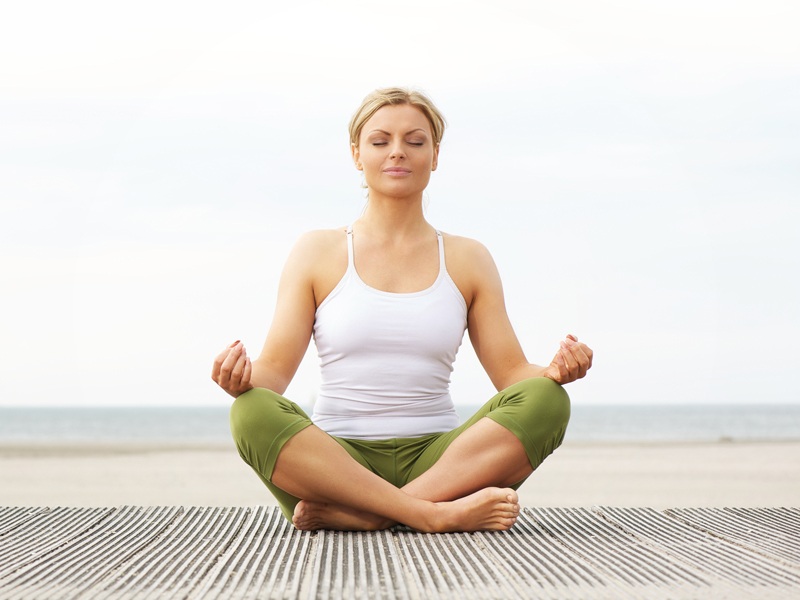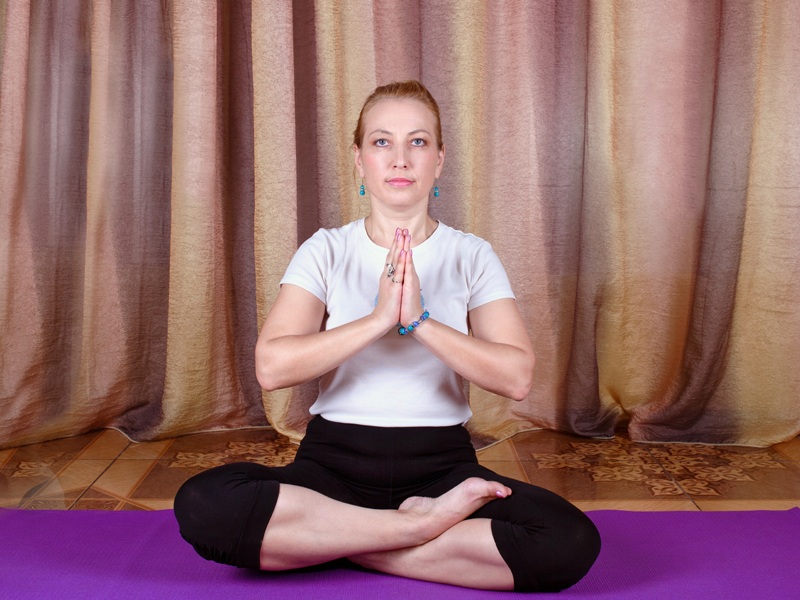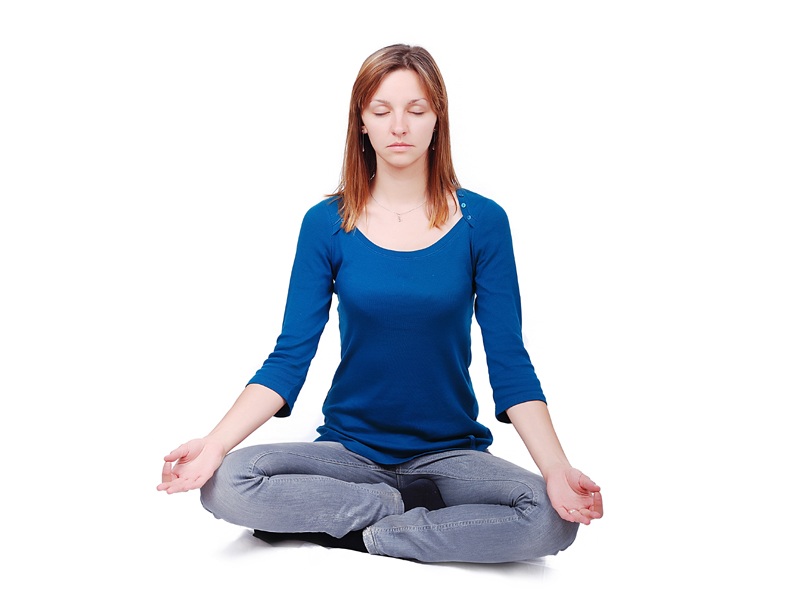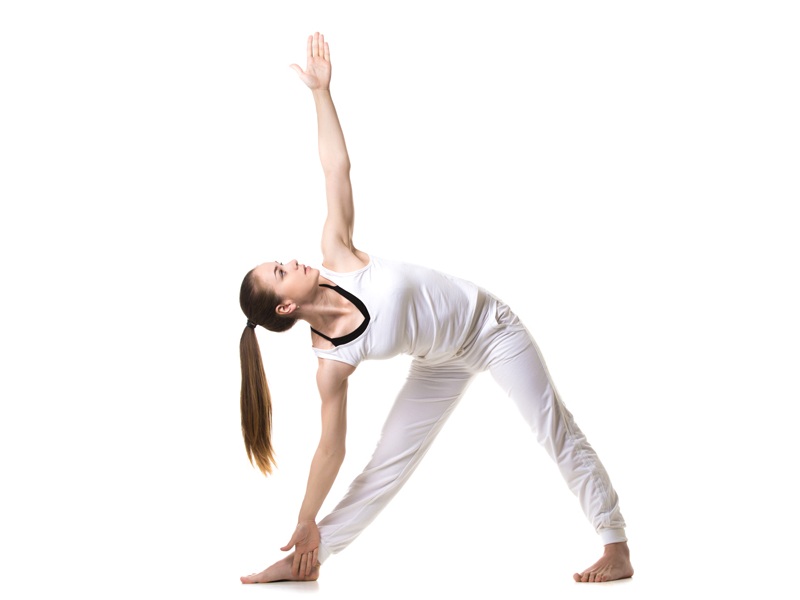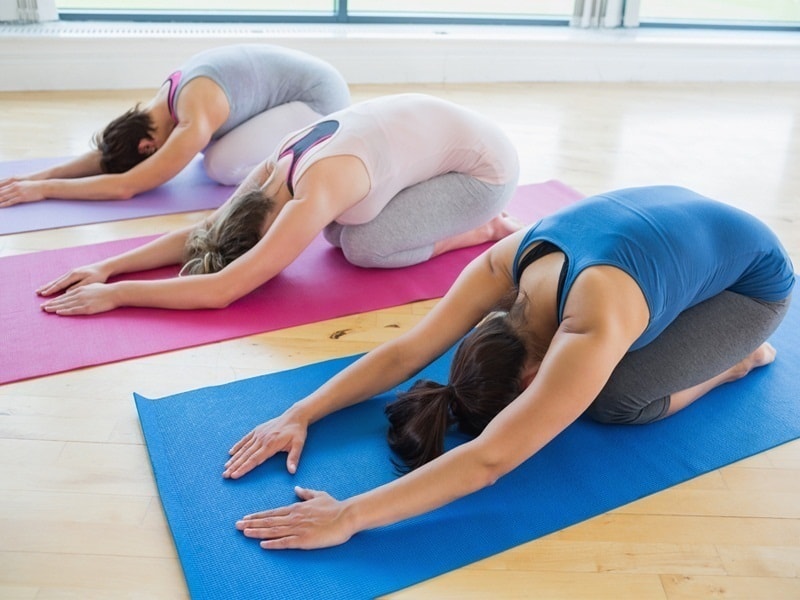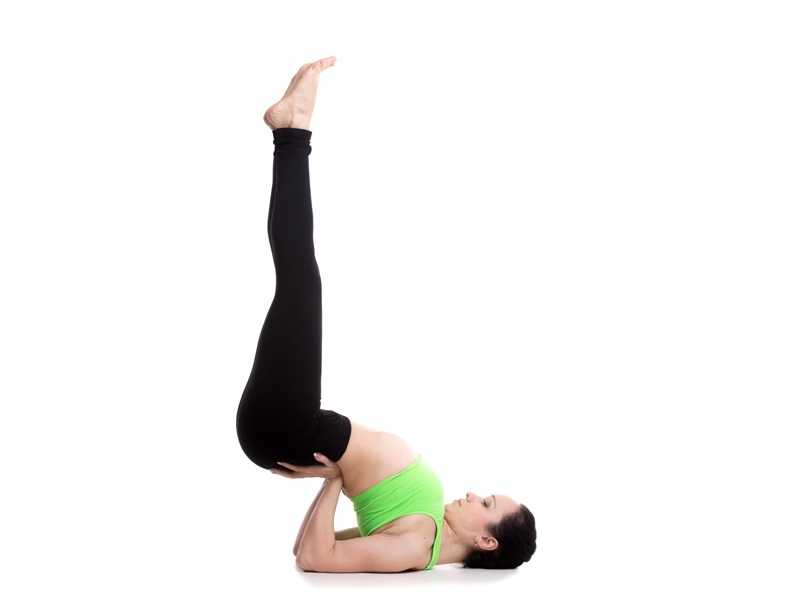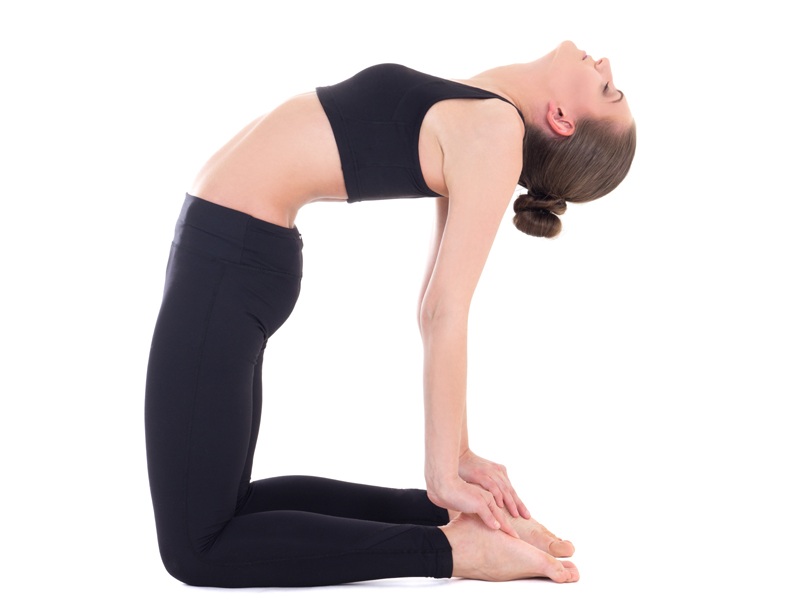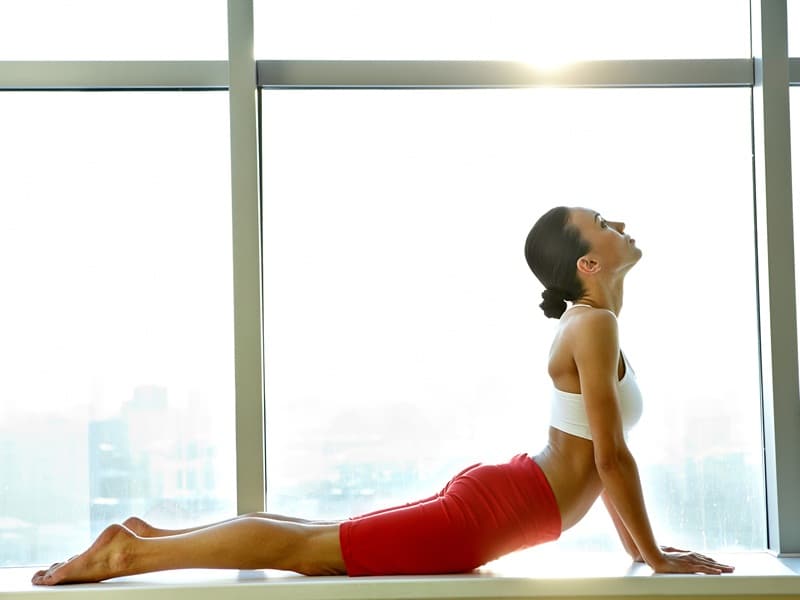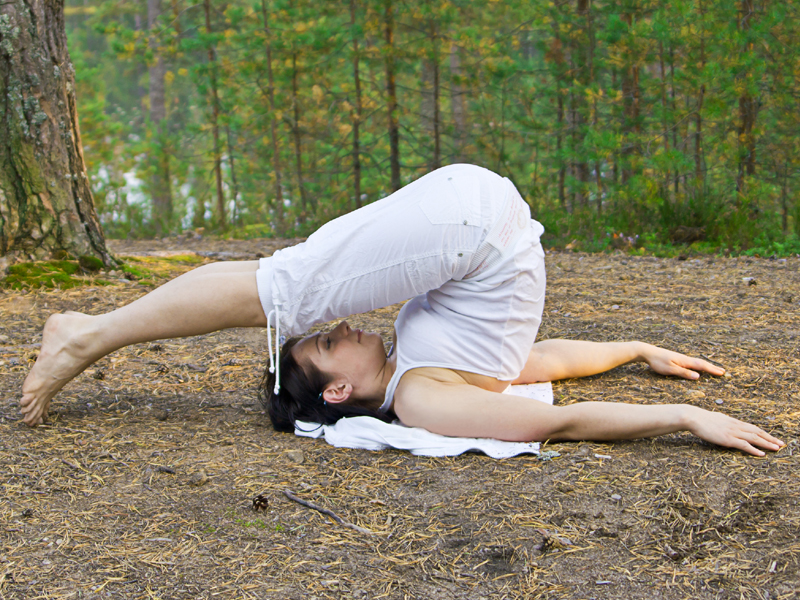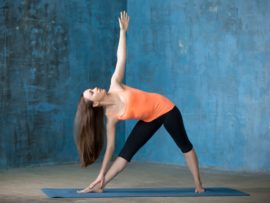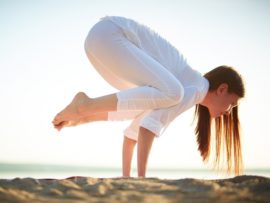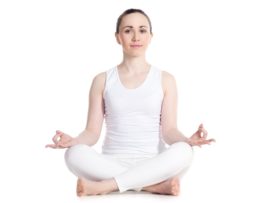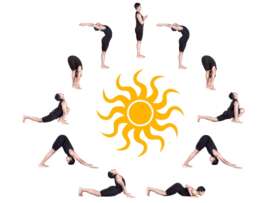Hypertension or high blood pressure is aptly called the “silent killer” for how it affects your body. By increasing the blood pressure levels beyond 140/90, hypertension can damage your heart, brain, kidneys and other body parts. When left untreated, this condition can worsen the quality of life and decrease your lifespan as well. Fortunately, there is yoga to our rescue! Recent findings show that practising yoga for blood pressure (High BP) along with taking medications can significantly improve the readings.
Can Yoga Cure High Blood Pressure?:
Yoga involves a combination of asanas and deep breathing exercises which can alleviate stress and calm down the body. A 2013 study shows that patients who received short-term yoga therapy in addition to medical treatments showed a 4.4mmHg decline in the diastolic blood pressure (1). Additionally, Yoga therapy can increase positive emotions in a person, control obesity, and regulate sleep habits, which inturn, helps lower blood pressure levels.
10 Best Yoga Asanas for High Blood Pressure:
Let us now into the best yoga asanas which can reduce hypertension:
1. ViparitaKarani:
ViparitaKarani or Legs up the wall pose is a good yoga asana for treating hypertension. This asana involves placing your legs on a wall to make a 90 degree angle. By doing so, it improves blood circulation in the body, alleviates stress and relaxes your body and mind.
Steps to Perform:
- Choose a place close to the wall.
- Lie flat on your back.
- Move towards the wall to rest your legs on the wall.
- The soles and calf muscles should touch the wall.
- Hip should be placed slightly away from the ground.
- Maintain a 90 degree angle of your body.
- Hold this position for a few minutes before returning to the original position.
CAUTION: If you are a beginner, place a support under your hip to balance the body. Do not perform this asana if you are pregnant or have spinal problems.
2. Balasana:
Balasana or child’s pose is a good yoga asana to control high blood pressure levels. The asana works by releasing stress and tension from the body and restore calmness. The forward-bending pose increases blood circulation to the internal organs and can even control fatigue. It enables you to breathe deeply to lower your heart rate and reduce overall blood pressure readings.
Steps to Perform:
- Spread a yoga mat on the floor.
- Kneel down and place your hips on the soles of your feet.
- Slowly bend forward and stretch your arms as you move.
- Place your arms on the floor with your palms touching the ground.
- Your forehead much come in contact with the floor.
- Maintain the position for a few minutes.
- Relax and go back to the original position.
CAUTION: Do not perform this asana if you are pregnant, have a knee injury, spinal problems, digestive disorders etc. unless otherwise suggested by your Yoga Guru.
See Also: Natural Ways to Lower Your Blood Pressure
3. AdhoMukhaSvanasana:
AdhoMukhaSvanasana or the Downward facing dog position, is a widely recognized Yoga pose for treating hypertension. The inverted yoga pose works by stretching the spinal column and releasing tensions from the muscle groups in that area. The asana also increases the capacity of your lungs and allows you to take in more oxygen. By doing so, the asana alleviates stress and anxiety to control high blood pressure.
Steps to Perform:
- Get into the all-fours position.
- Inhale and lift up the hips while keeping the hands and elbows straight.
- Keep your hands slightly away from each other.
- Your toes should point straight.
- Press the hands firmly on the ground.
- Bend your hand forwards to let your ears touch the sides of inner arms.
- Taking deep breaths, focus your gaze on the navel.
- After doing it for 1-2 minutes, you can slowly get back on your knees.
CAUTION: Do not perform this asana if you are more than 3 months pregnant or suffering from shoulder/back/wrist injury.
4. BaddhaKonasana:
Baddhakonasana or the butterfly pose is another excellent yoga asana to combat high BP. The asana involves flapping the hips like the wings of a butterfly which can stimulate your cardiovascular activity. Additionally, the asana improves blood circulation, relieves stress and anxiety.
Steps to Perform:
- Place a yoga mat on the floor and sit on it.
- Maintain a seated position with the legs placed in front.
- Bend your knees, pull your heels together and hold them firmly with your palms.
- The two feet must face each other and knees must fall open.
- Inhale deeply and press the thighs and knees down with your elbows.
- Move your thighs up and down slowly to mimic a fluttering butterfly.
- Breathe normally as you do so.
CAUTION: Do not perform if you have groin injury or have sciatica. Also, avoid this pose during the menstrual cycle.
5. Sethu Bandha Sarvanganasana:
Sethu Bandha Sarvanganasana or the Bridge Pose is a good Yoga pose to lower blood pressure. It involves lifting up the pelvis and the spinal column while keep the head and shoulders rested on the ground. The result is a bridge like pose which opens up your chest and increases your breathing capacity. The asana also relieves you from feelings of fatigue, anxiety, and depression, which can control the heartbeat rate and reduce hypertension.
Steps to Perform:
- Roll a Yoga mat on the floor and lie flat on your back.
- Place your arms on the sides with the palms down.
- Bend your knees and position your feet flat on the ground.
- Widen your hips and push them as close as possible to the buttocks.
- Push your shoulders and upper arms towards the ground and lift up the pelvis.
- Try to balance the weight of your body on the feet.
- Keep your buttocks firm and move your chin close to the chest.
- Place the arms parallel to the “bridge”.
- Maintain the position for a count of 10-12.
- Slowly come back to the initial position.
CAUTION: Do not perform this asana if you have neck, shoulder or spinal injuries.
See Also: Know Your Risk Factors for High Blood Pressure
6. Bhujangasana:
Bhujangasana or the Cobra pose is a theraupatic asana to lower high blood pressure levels. The back bending pose stretches the entire spinal column and opens up the thoracic area for better oxygen intake. It can increase blood flow to the upper part of body and relieves you from stress. By regulating heart beat, the asana can naturally control the blood pressure readings.
Steps to Perform:
- Lie down on your stomach.
- Place your palms on the ground and position them just beneath the shoulders.
- Bend the elbows and bring them close to the body.
- Inhale and lift up the chest.
- Keep your neck in a neutral position.
- The legs must completely touch the ground including the feet.
- Slowly exhale and go back to the initial position.
- Repeat for 10-15 times.
CAUTION: Do not perform this asana if you are pregnant or have injuries in back or neck.
7. Sukhasana:
Sukhasana or the Easy pose can quickly control anxiety issues to lower blood pressure levels. The asana involves sitting in a easy seat pose and focusing on slow breathing. When done in the right way, the asana can fill your body and mind with calmness and send you into a beautiful meditative stage.
Steps to Perform:
- Sit in a easy seat pose.
- Make sure you are at ease and feeling comfortable.
- Now place your palms on the hips and get the index finger in contact with the thumb.
- Keep your spinal column straight and close your eyes.
- Maintain the posture for 10-15 minutes.
- Focus on deep and slow breathing.
CAUTION: If you have ankle or hip injuries, place a cushion underneath to avoid discomfort.
8. Paschimottanasana:
Paschimottasana or the Seated Forward Bend is a good stress relieving asana to cure hypertension naturally. It allievates the feelings of anxiety and fatigue to control a ‘racing’ heart and bring down the BP levels. Additionally, the asana can offer relief from headache and insomnia to improve the condition.
Steps to Perform:
- Be seated on the ground with your legs stretched out in front of your body.
- Breath in and raise your arms above your head.
- While breathing out, bend forward from the hip joint towards the toes.
- Your face must face downwards.
- Position your hands on the legs.
- Try to hold your toes with your palms. If you cannot reach, just place your hands at the maximum reachable point on your legs.
- Maintain the position for a count of 10-15.
- Inhale slowly and get back to the original position.
CAUTION: Do not perform this asana if you have back injuries or are pregnant.
9. Vajrasana:
Vajrasana is called the thunder bolt pose or the diamond pose. Many people practice this asana to cure digestion-related problems. However, not many know that Vajrasana can lower blood pressure levels too. It works by increasing blood flow to the upper part of the body and release tension from the muscle groups in that area.
Steps to Perform:
- Spread a yoga mat and sit in the kneeling down position.
- Rest your buttocks on the soles of your feet.
- Keep your spinal column straight and place your hands over your thighs.
- Maintain the position for 15-20 minutes.
CAUTION: Do not practice this asana if you have hernia, hamstring injuries or arthritis.
10. Shavasana:
Shavasana or the Corpse pose is an easy and calming yoga asana that can control high BP. When done correctly, the asana can calm down your central nervous system, reduce fatigue and stress. It also brings a sense of inner consciousness to awaken your spirituality.
Steps to Perform:
- Spread a yoga mat on the floor.
- Lie on the back and straighten your legs.
- Place your legs apart from each other and your arms by the sides.
- Practise slow breathing and focus on the chest and abdominal movements.
- During that process, try to release and relax all the muscles in your body.
CAUTION: Avoid moving the body and practice the asana in a silent place to prevent distractions.
See Also: How Does Green Tea Lower Blood Pressure?
Yoga Poses To Avoid with High Blood Pressure:
Not all Yoga poses are suitable for people with hypertension. Some asanas are not advisable for high blood pressure due to their contradictory effects on the condition. In such cases, you must either avoid the asana or talk to your Yoga guru to make suitable adjustments.
Here is a list of Yoga asana to avoid for high blood pressure:
- Bharadvaja’s twist
- Bow Pose
- Camel Pose
- Extended Side Angle Pose
- Fish Pose
- Handstand or Downward facing Tree pose
- Crescent Pose
- King Pigeon Pose
- Lord of Dance Pose
- Plough Pose
- Wheel Pose
Before you plan to take up yoga for high blood pressure, do check with a doctor to understand if this form of physical exercise is suitable for your health condition. Also, we recommend performing these asanas under the supervision of a trained yoga practioner to avoid any risks. Along with yoga, making simple lifestyle and diet changes can minimize the risk factors associated with hypertension and improve your overall quality of life.
DISCLAIMER: The information provided in the article is purely for educational purpose(s) only and does not qualify for diagnosing or treating a health condition. The reader must seek professional medical advice instead of solely relying on the information on this website.
FAQs:
1. Which yoga asanas are bad for hypertension?
Ans: Any yoga asana which puts you in a state of discomfort and speed up your heart rate is bad for you. The general rule is to avoid all asanas which involve inversions and complex yoga poses. These exercises can cause you to breath rapidly and increase your chances of getting strokes or heart attacks.
2. Can yoga asanas instantly control high blood pressure?
Ans: Yoga can lower blood pressure levels by eliminating stress and anxiety from the body. However, the results may not be immediate. You must take up specialized yoga for hypertension and perform it everyday. Factors like diet and lifestyle also play a key role in determining the output of the program.
3. Is Pranayam effective in treating hypertension?
Ans: Pranayam is a part of yoga which focuses on breath control which is usually practiced before or after the asanas. Studies show that when done correctly, Pranayam can reduce the systolic and diastolic blood pressure, along with bringing down the pulse rate. It is also known that practicing pranayama regularly can reduce the risk of heart problems due to hypertension.


